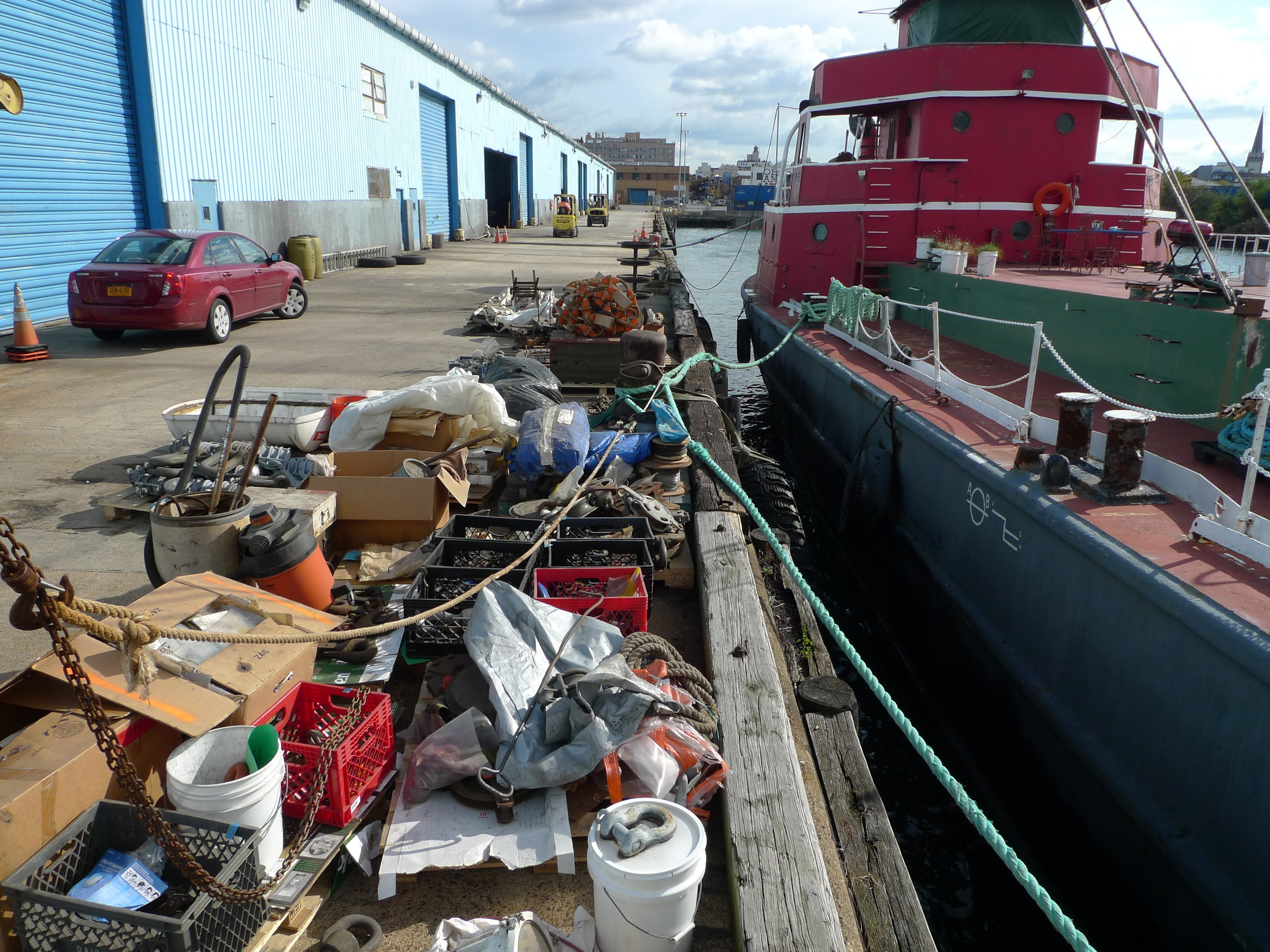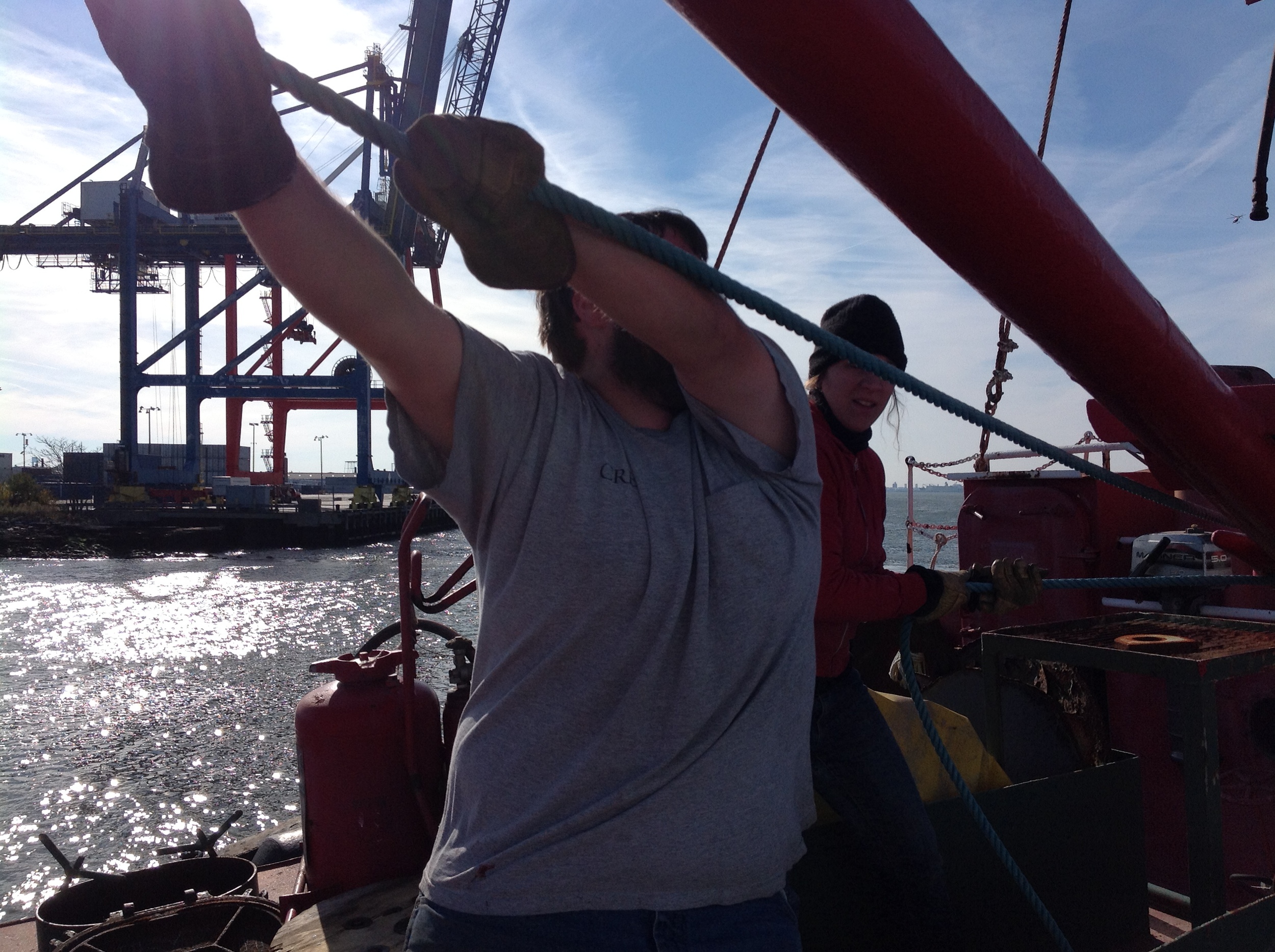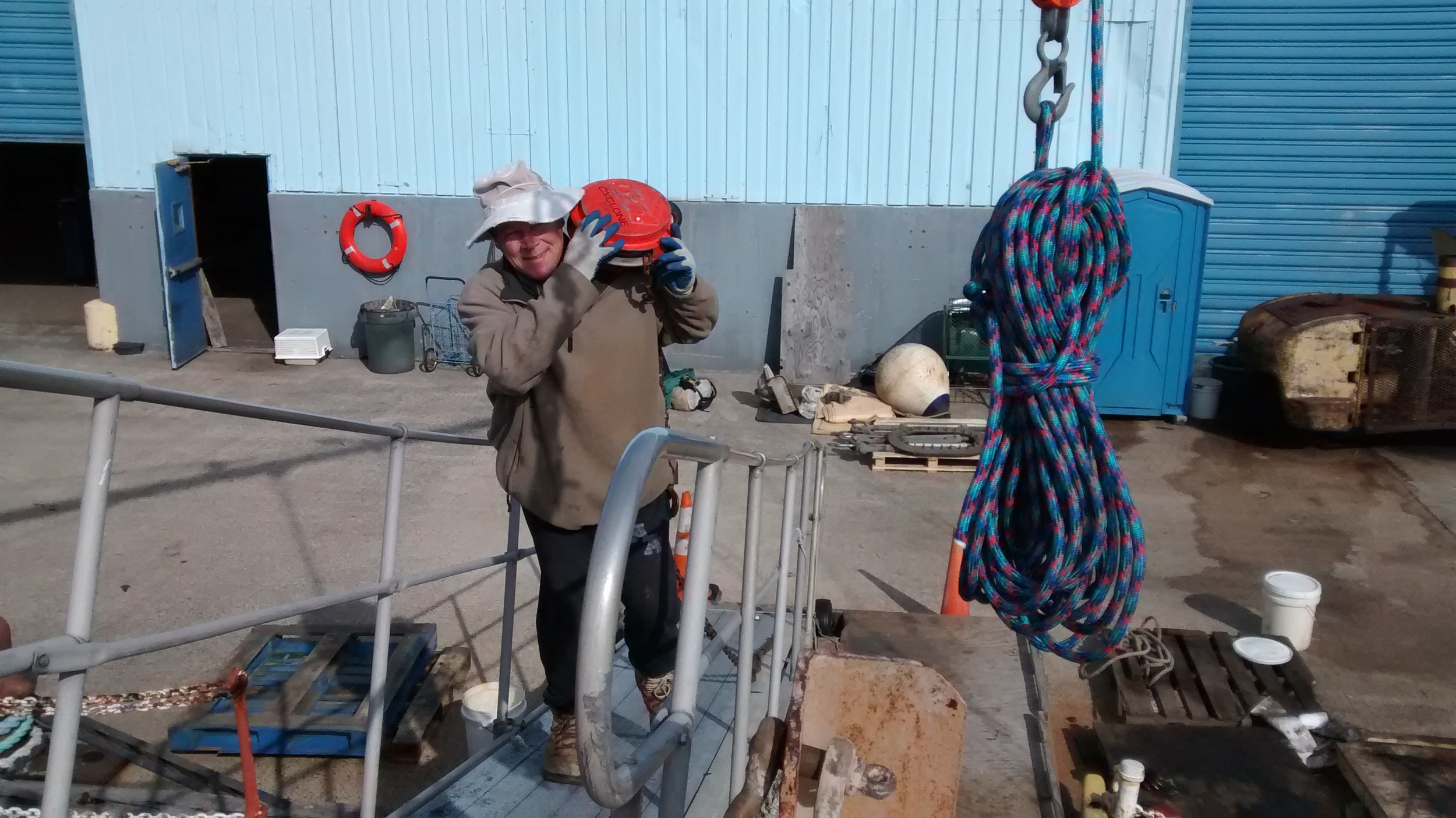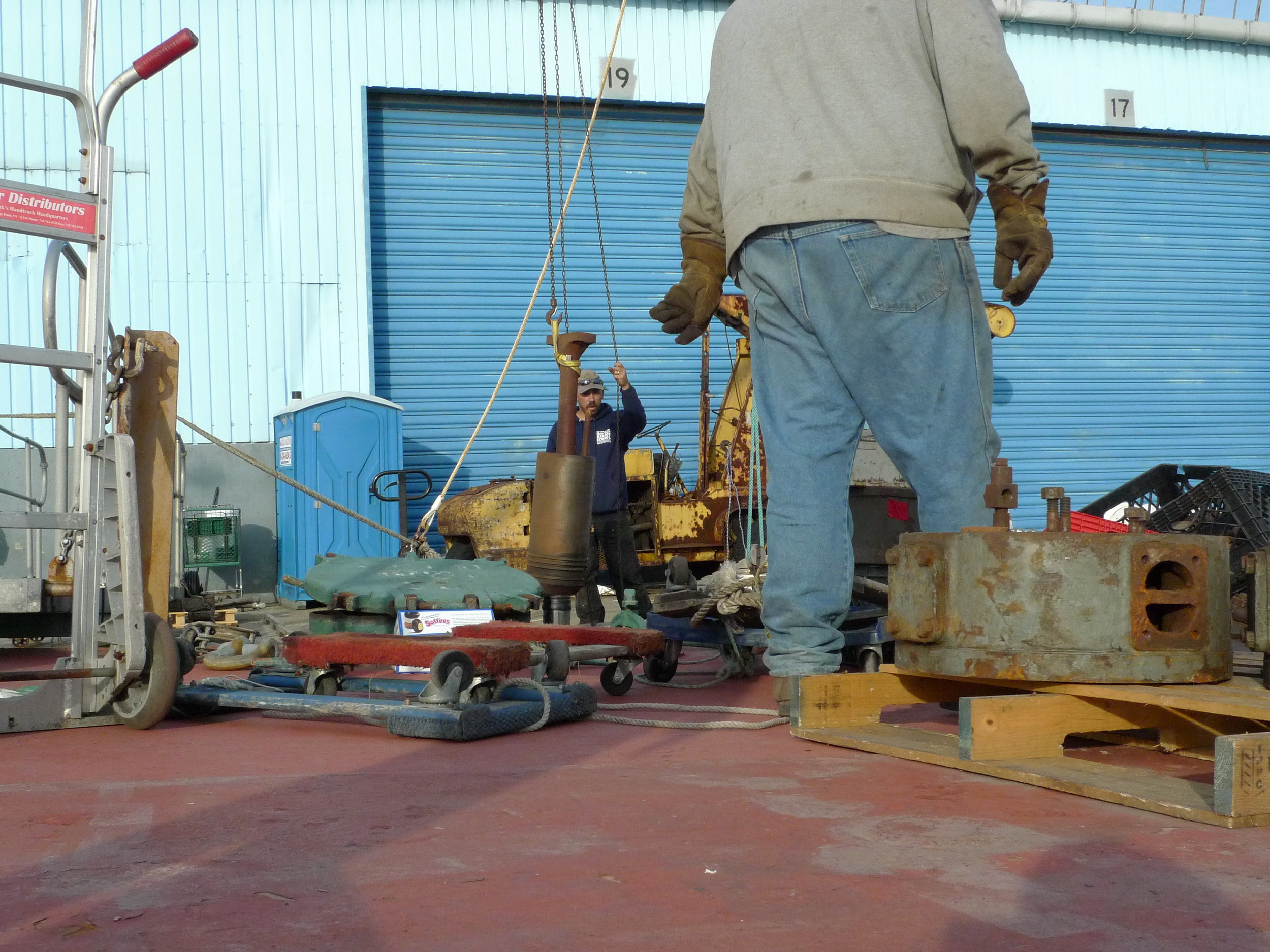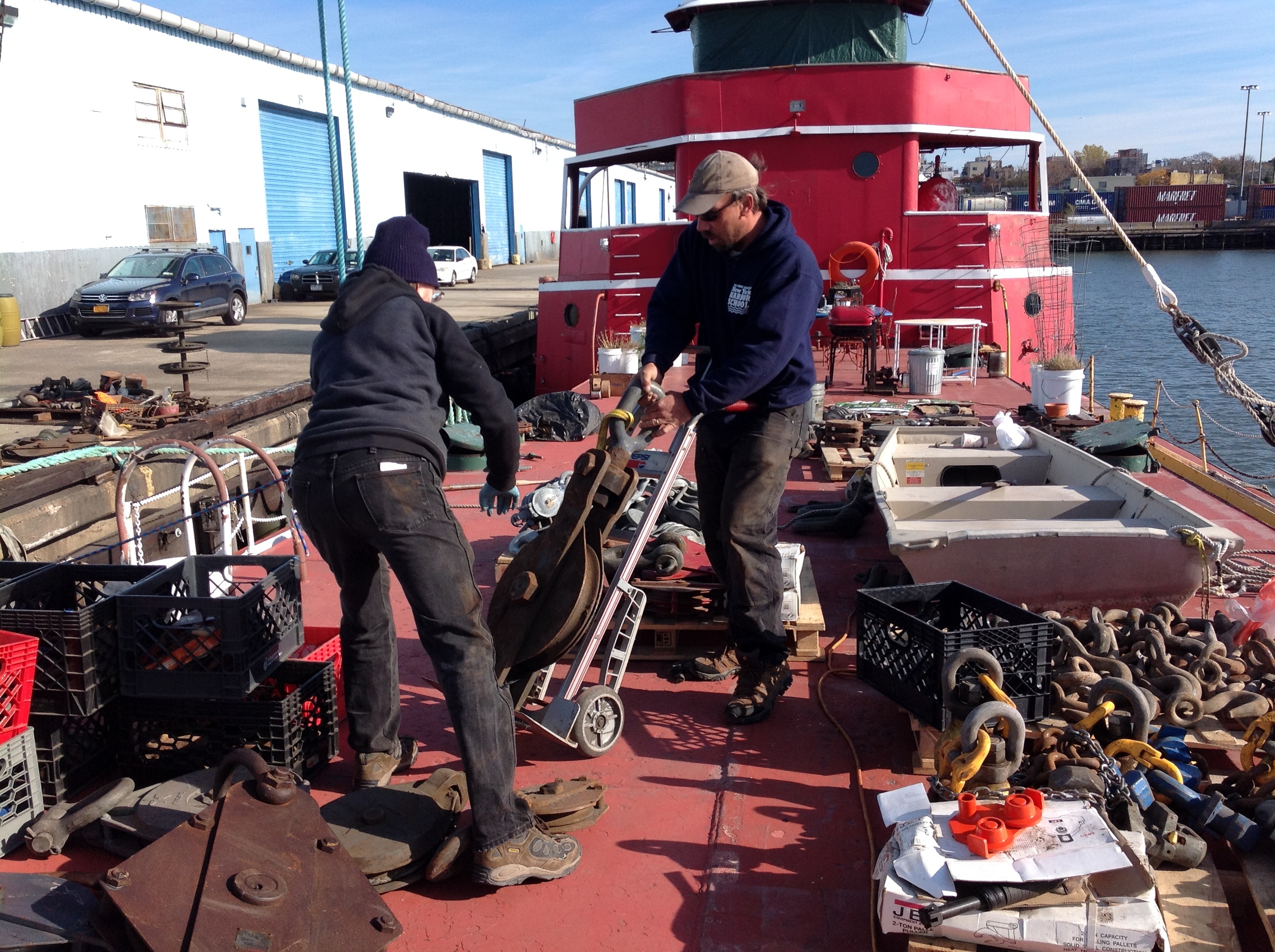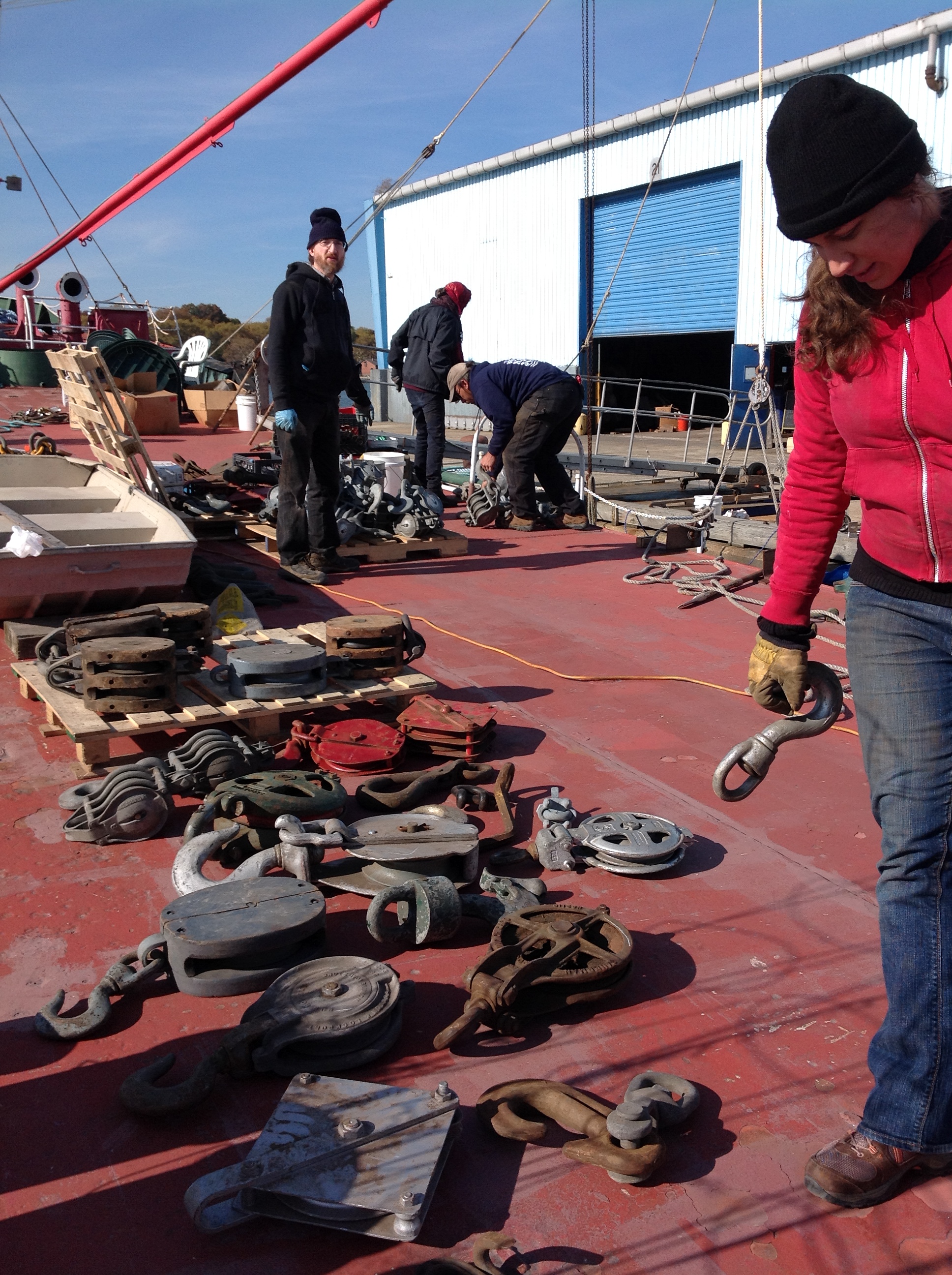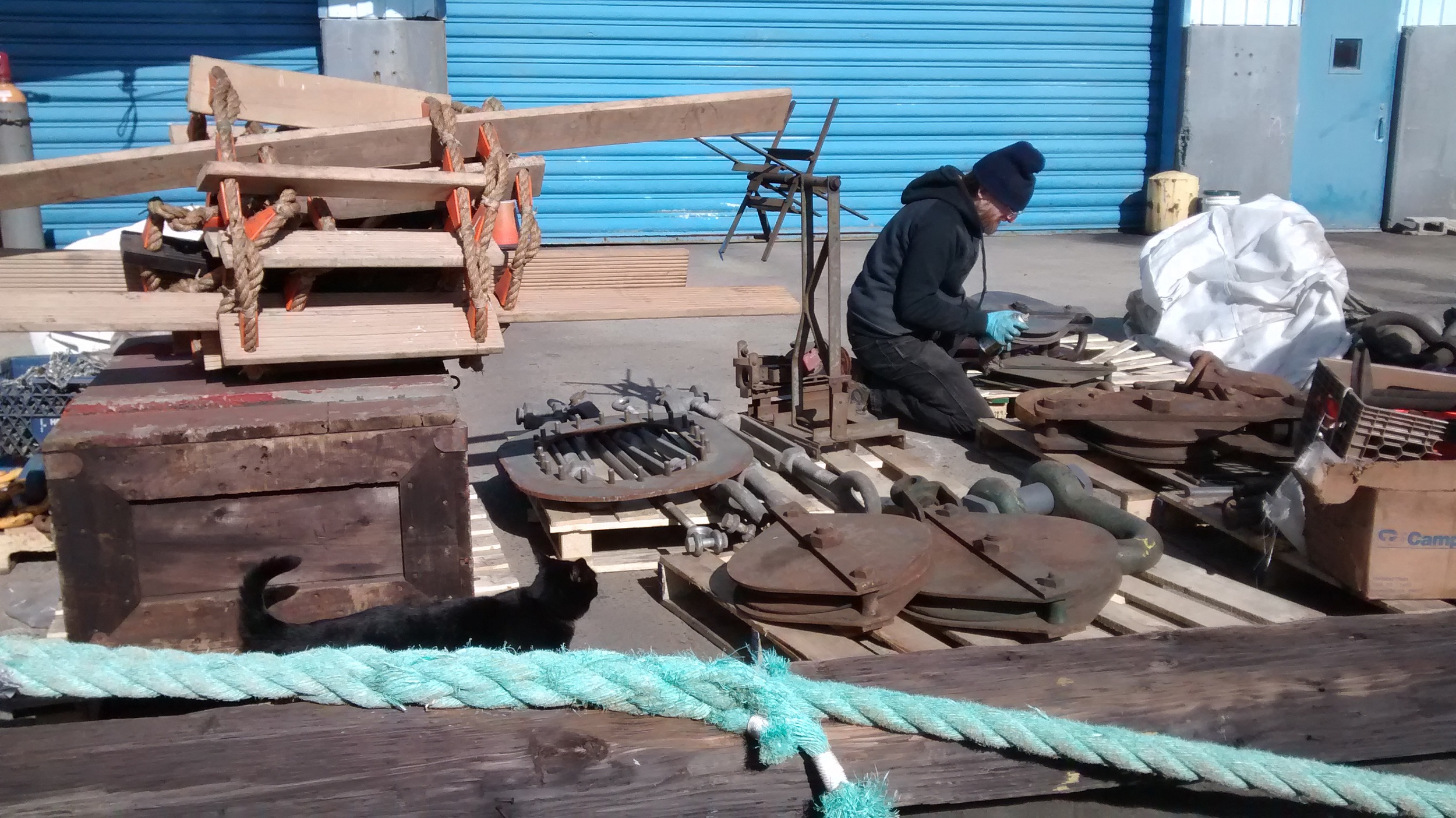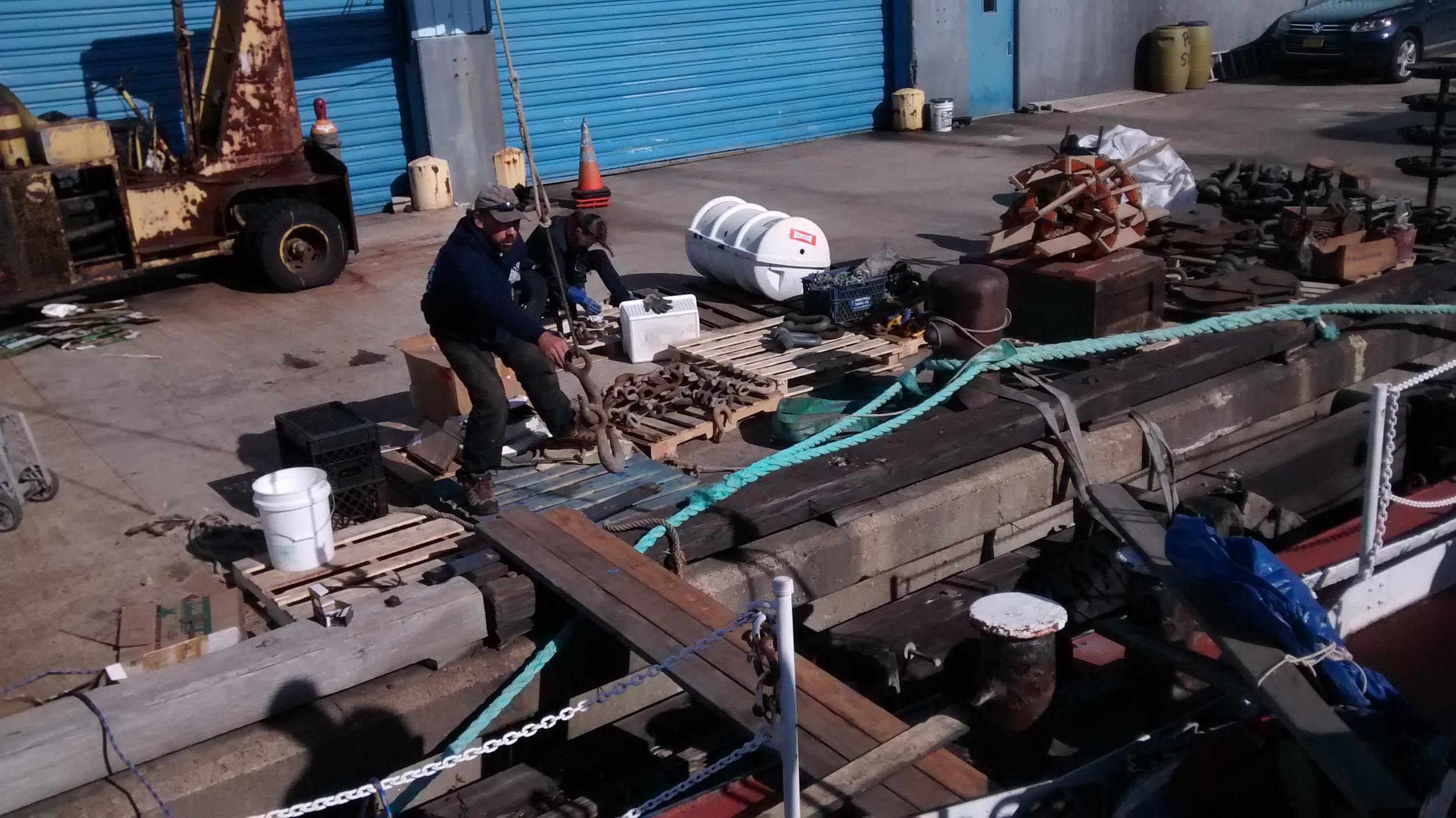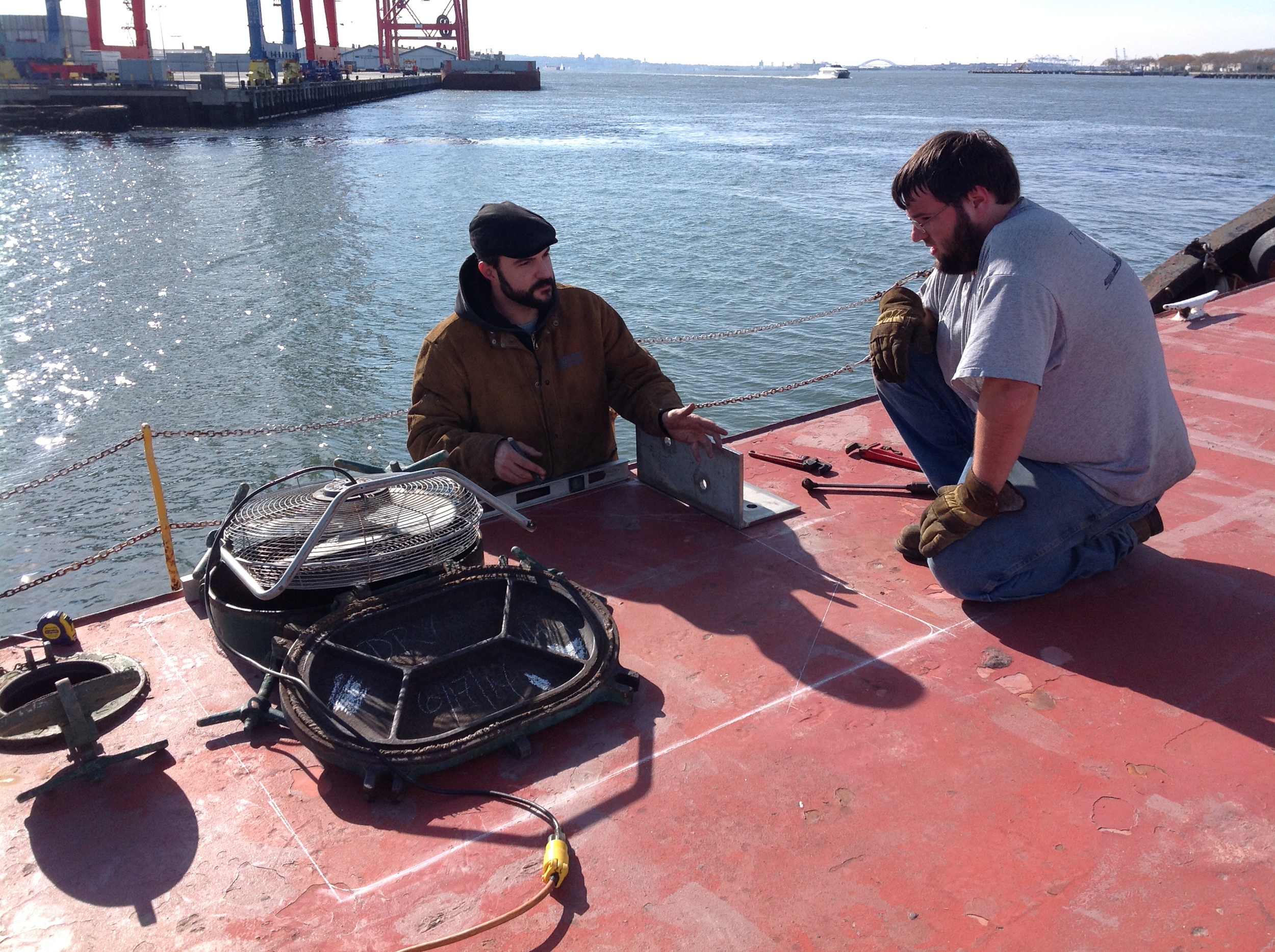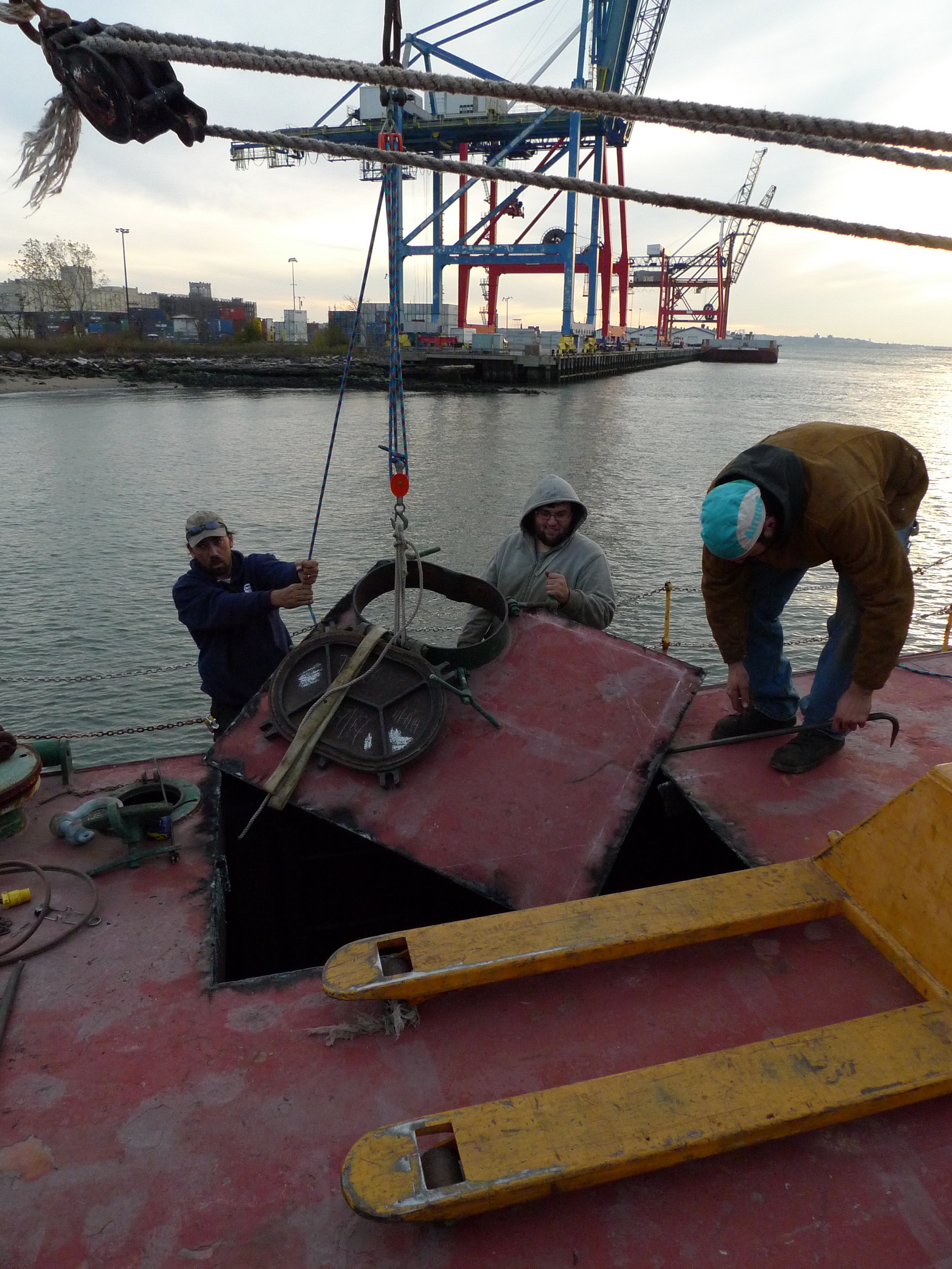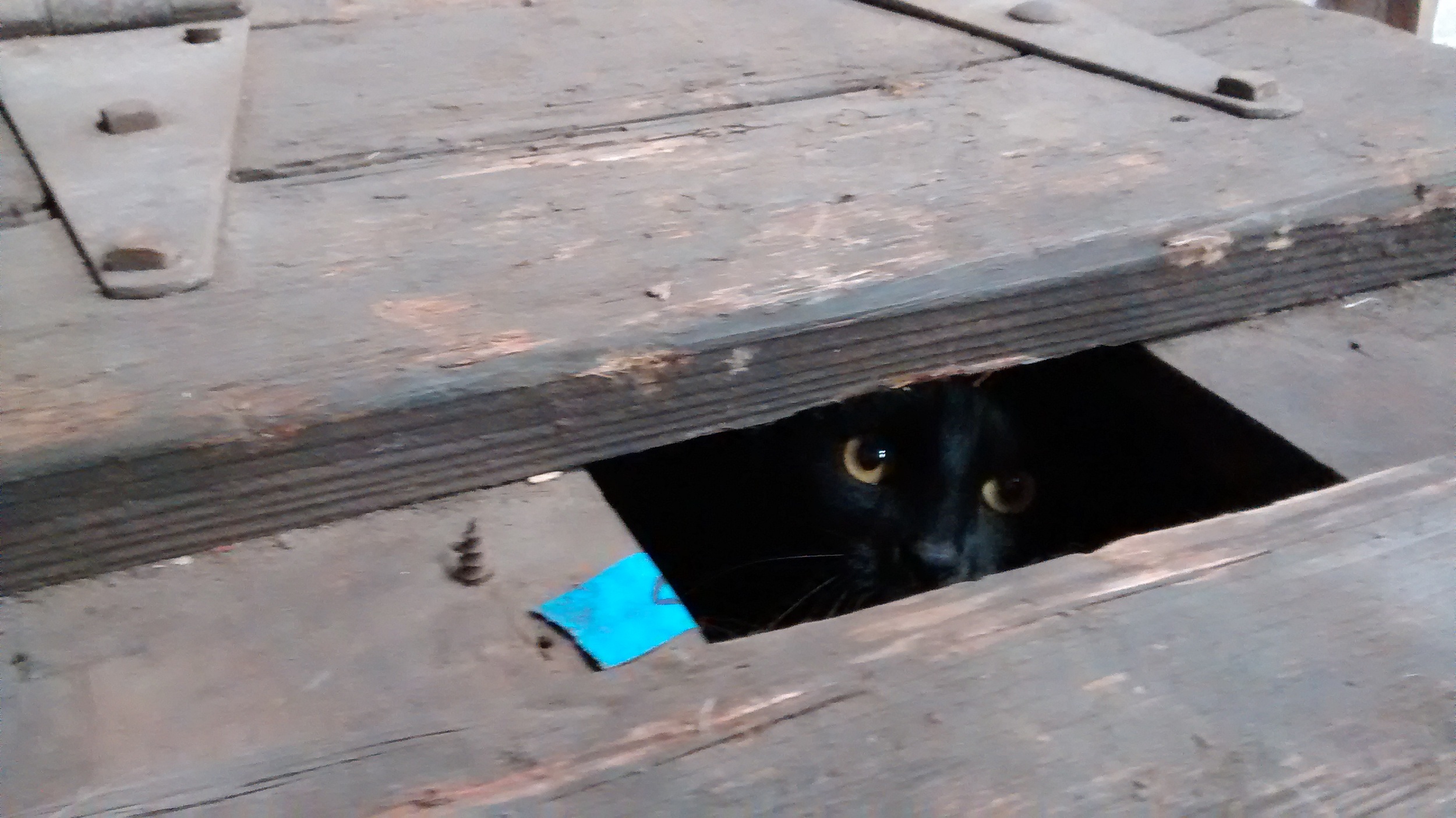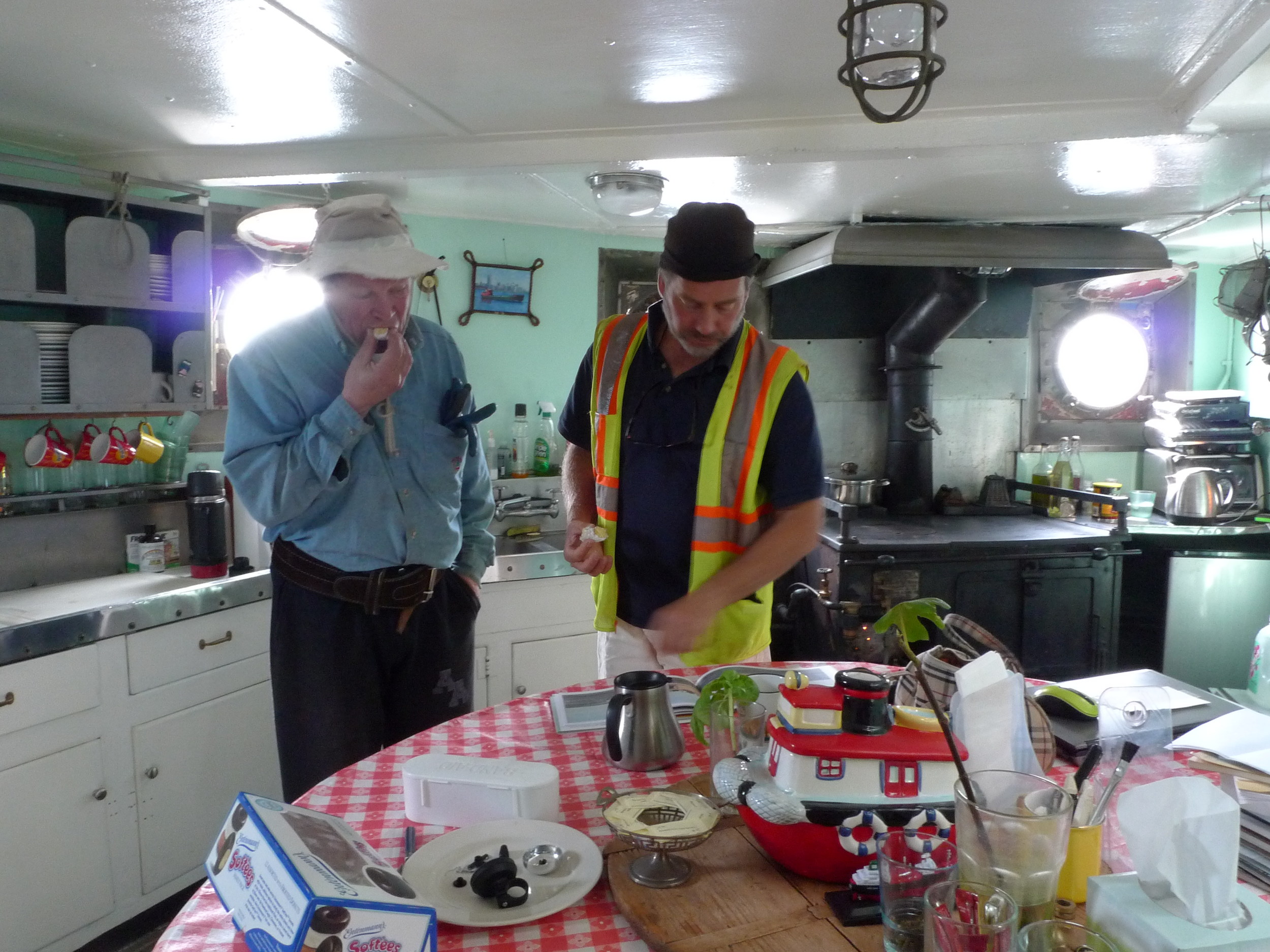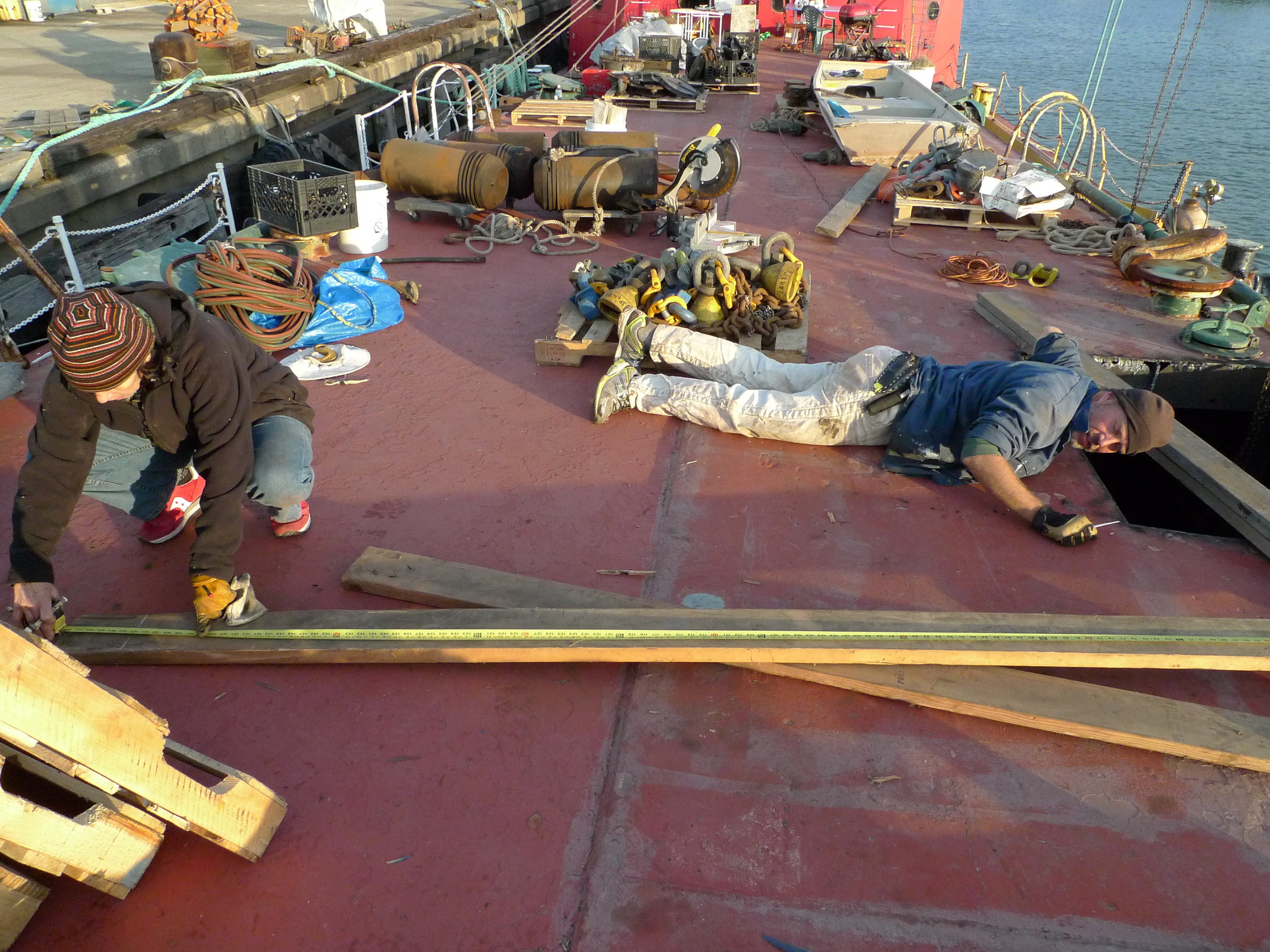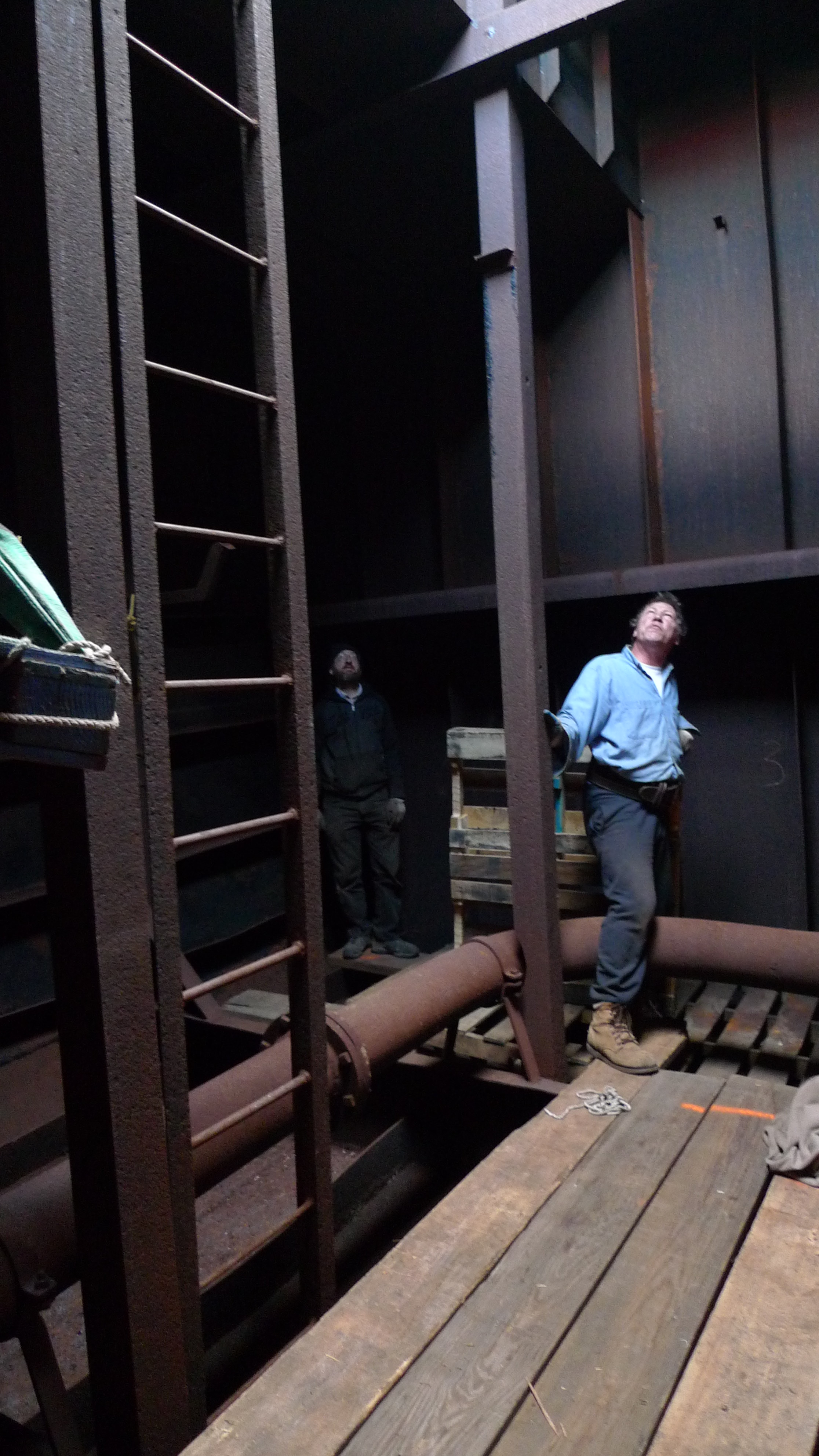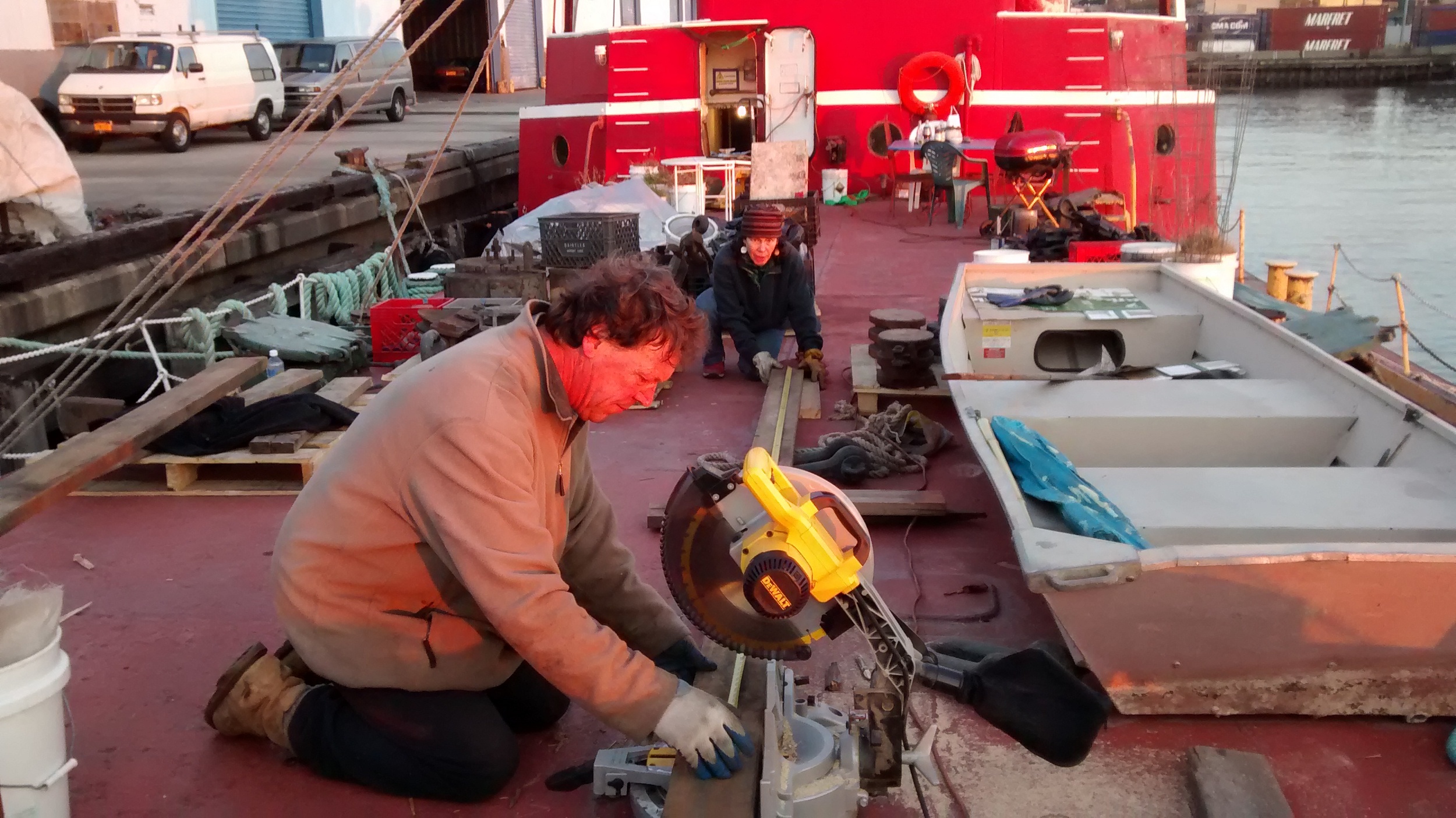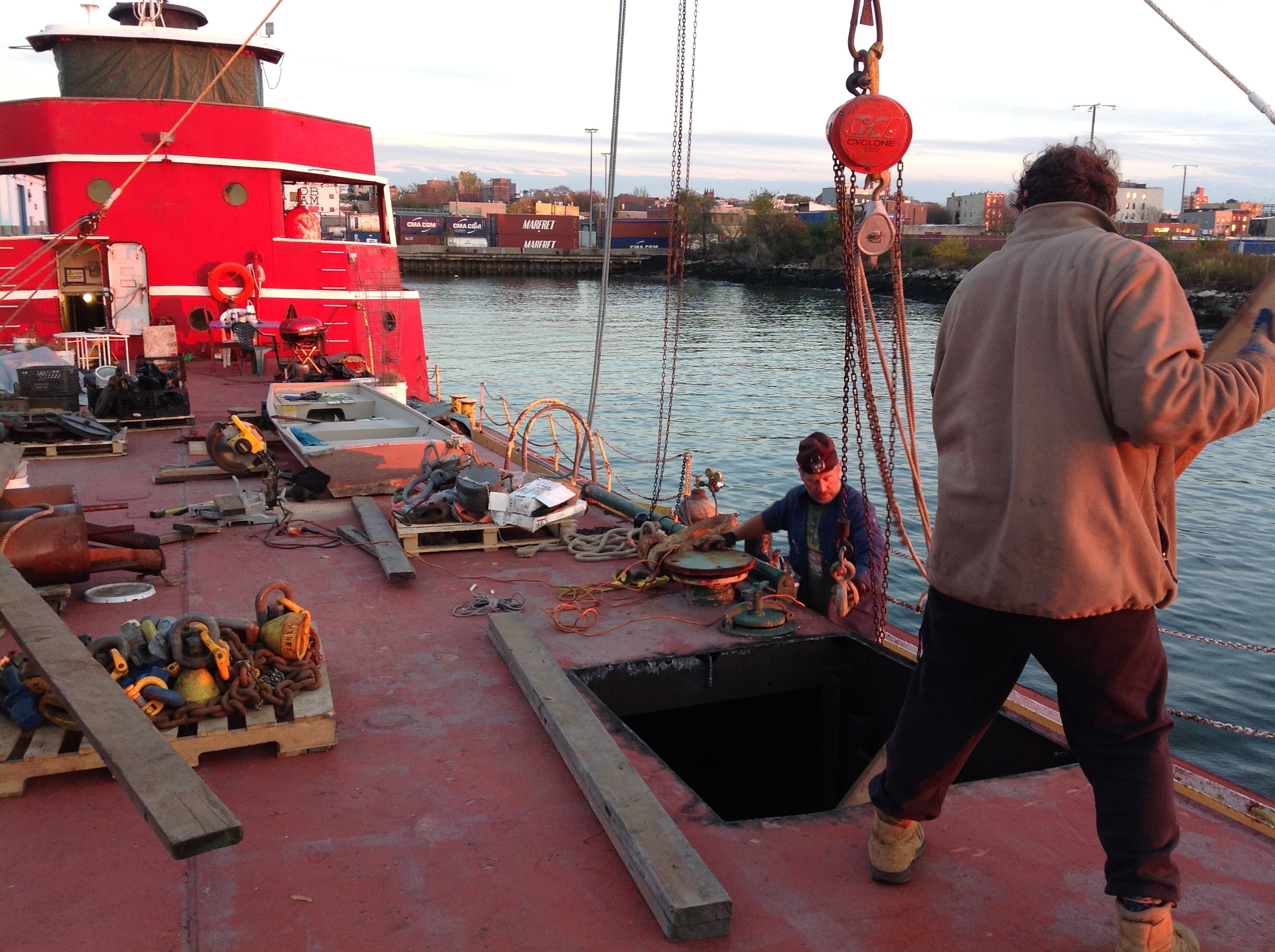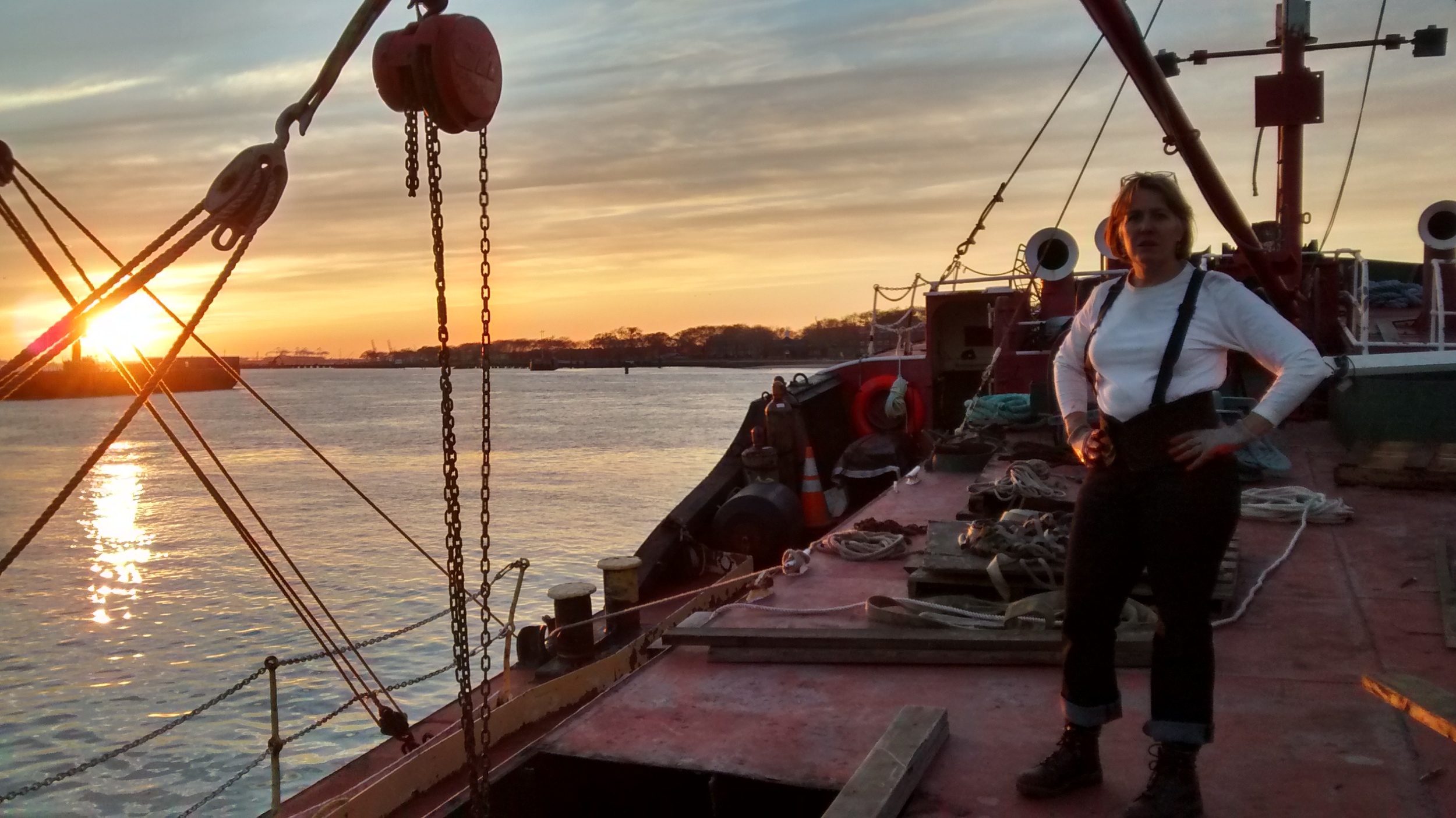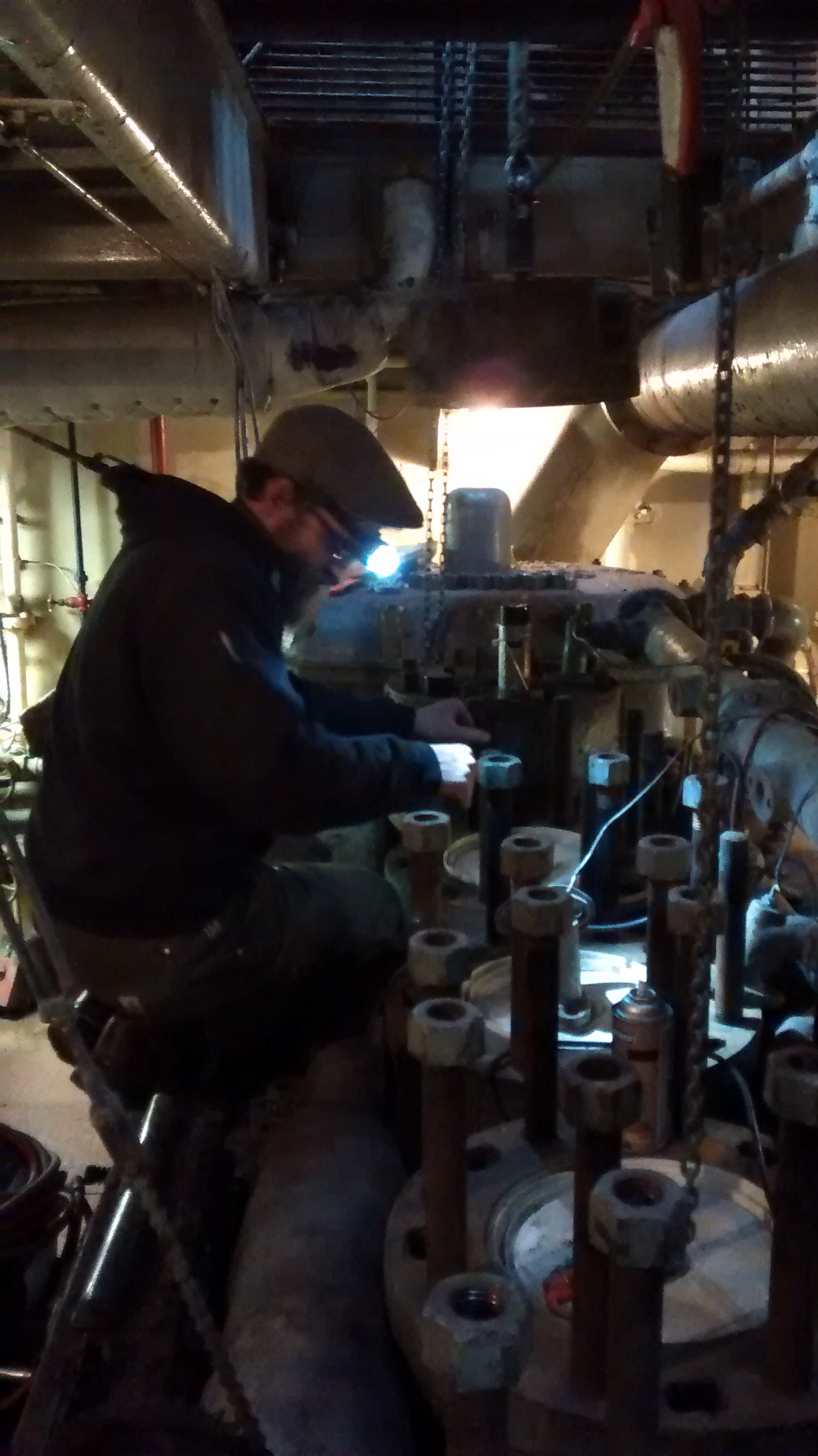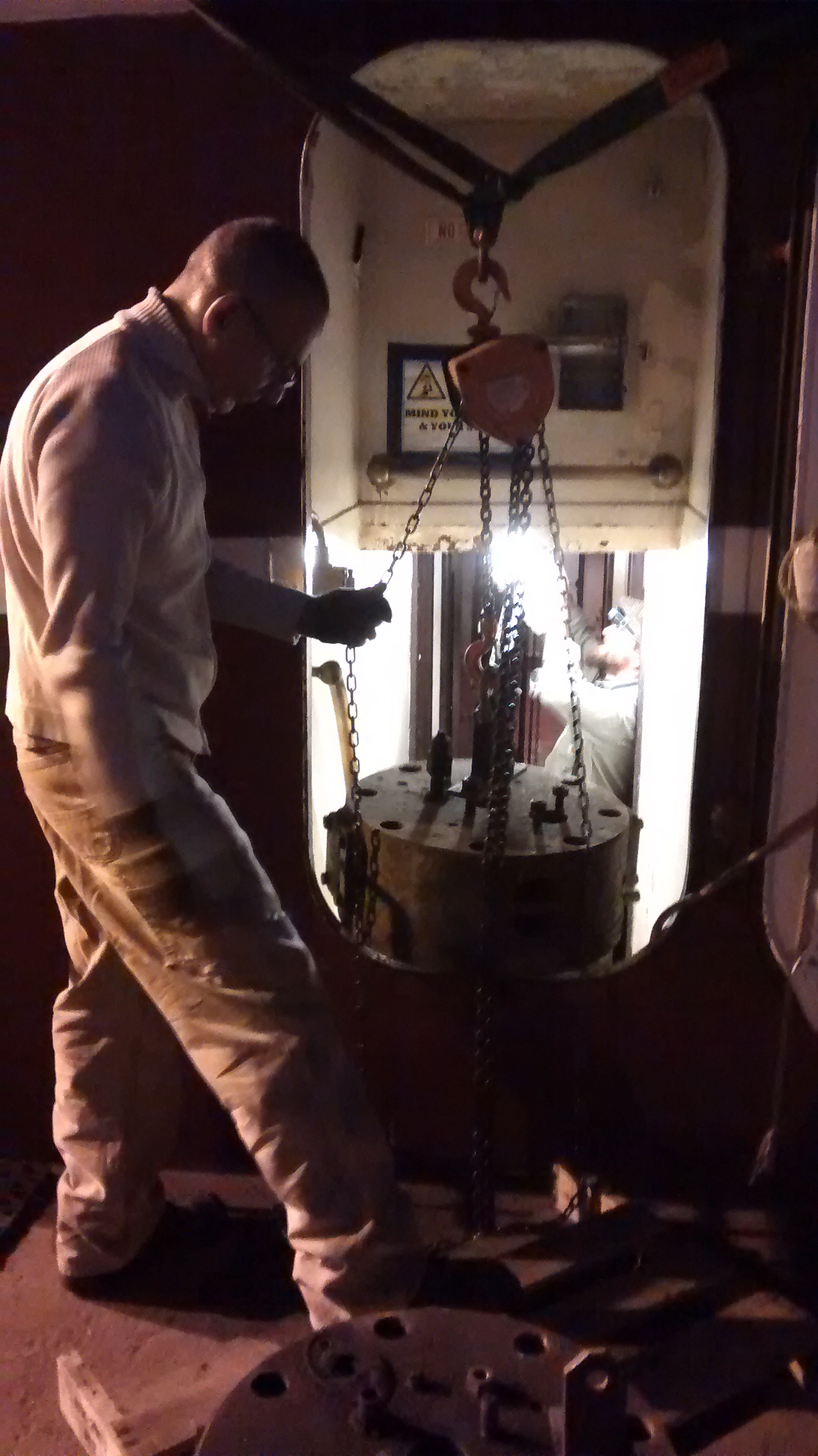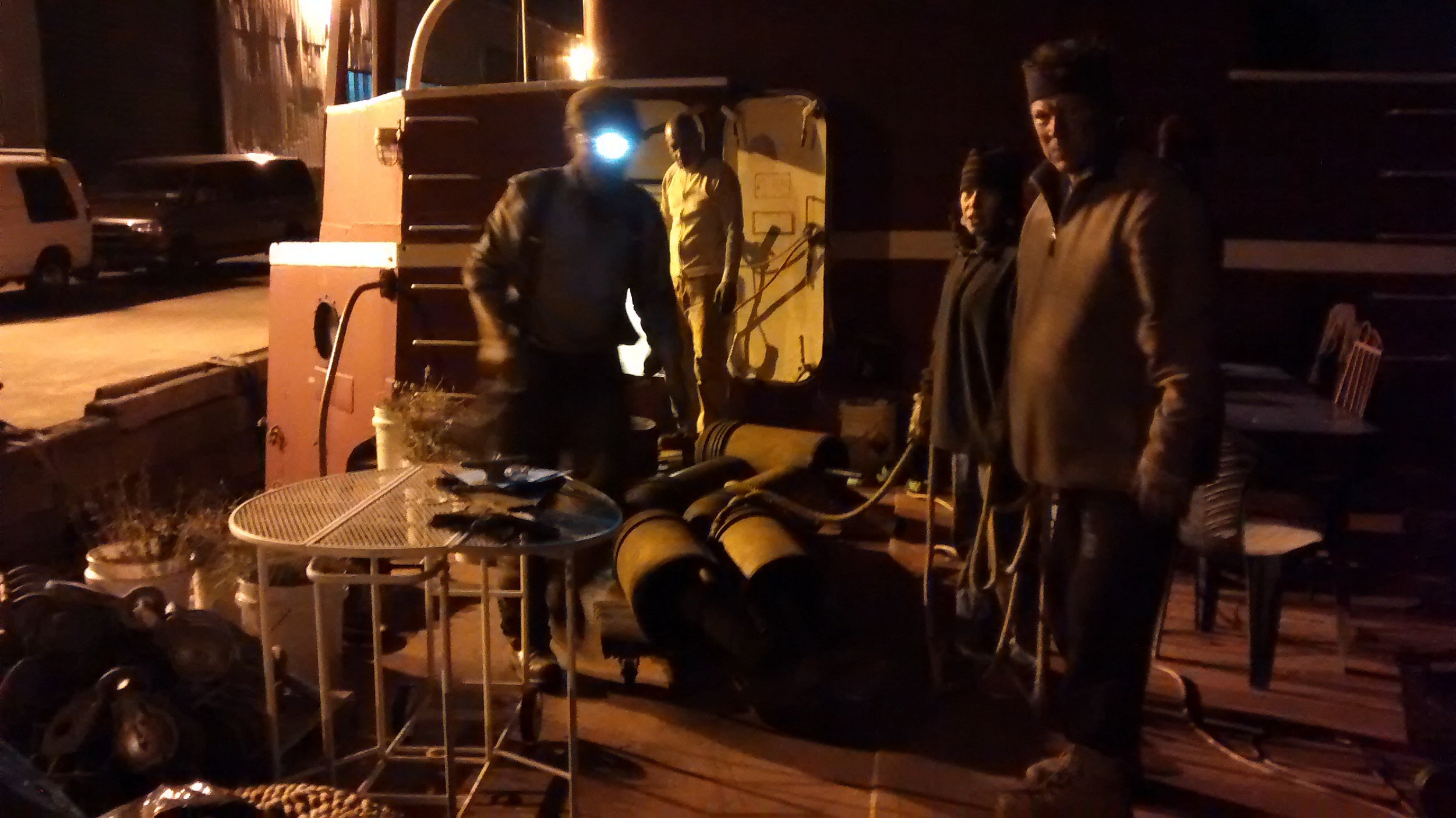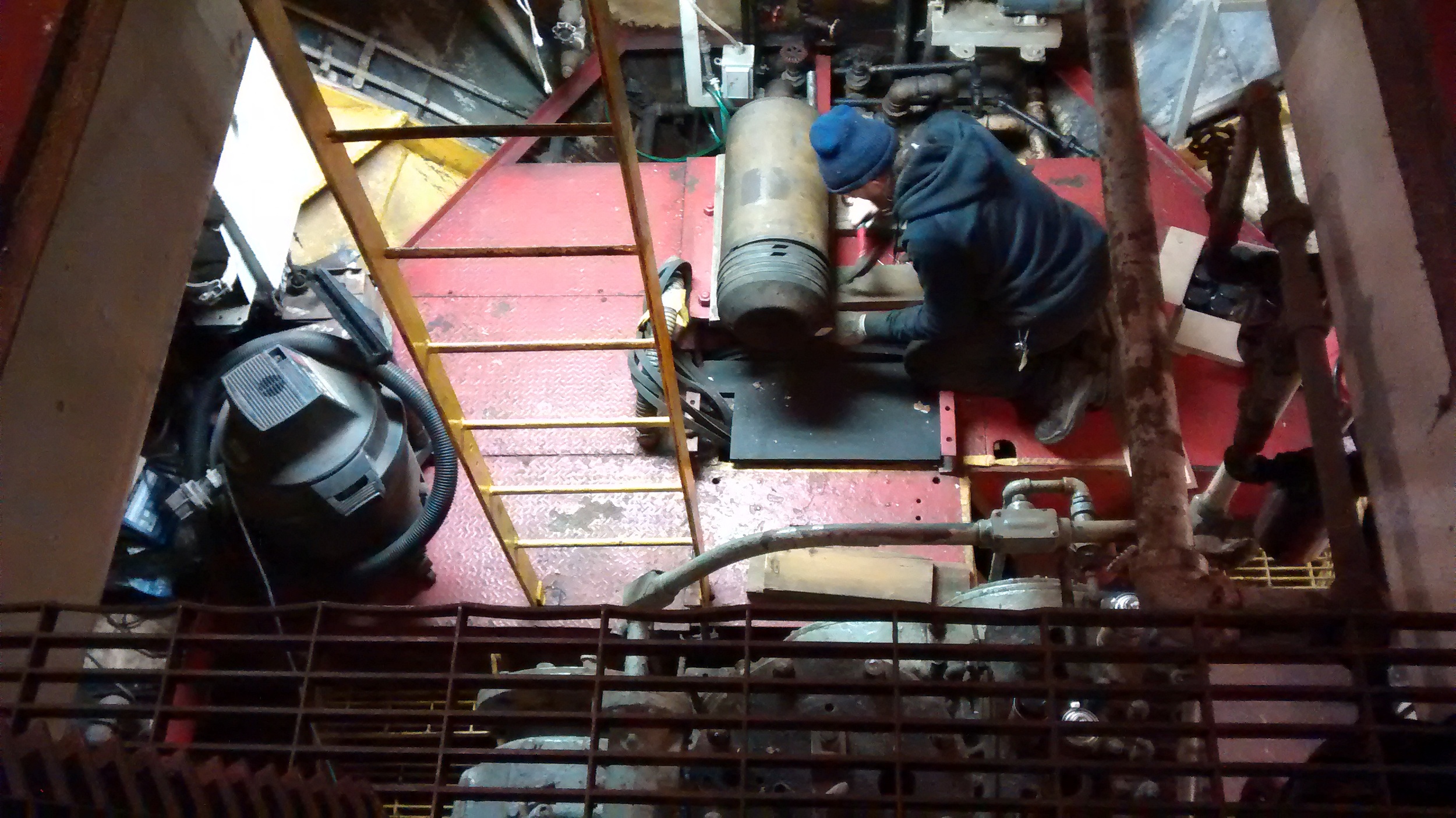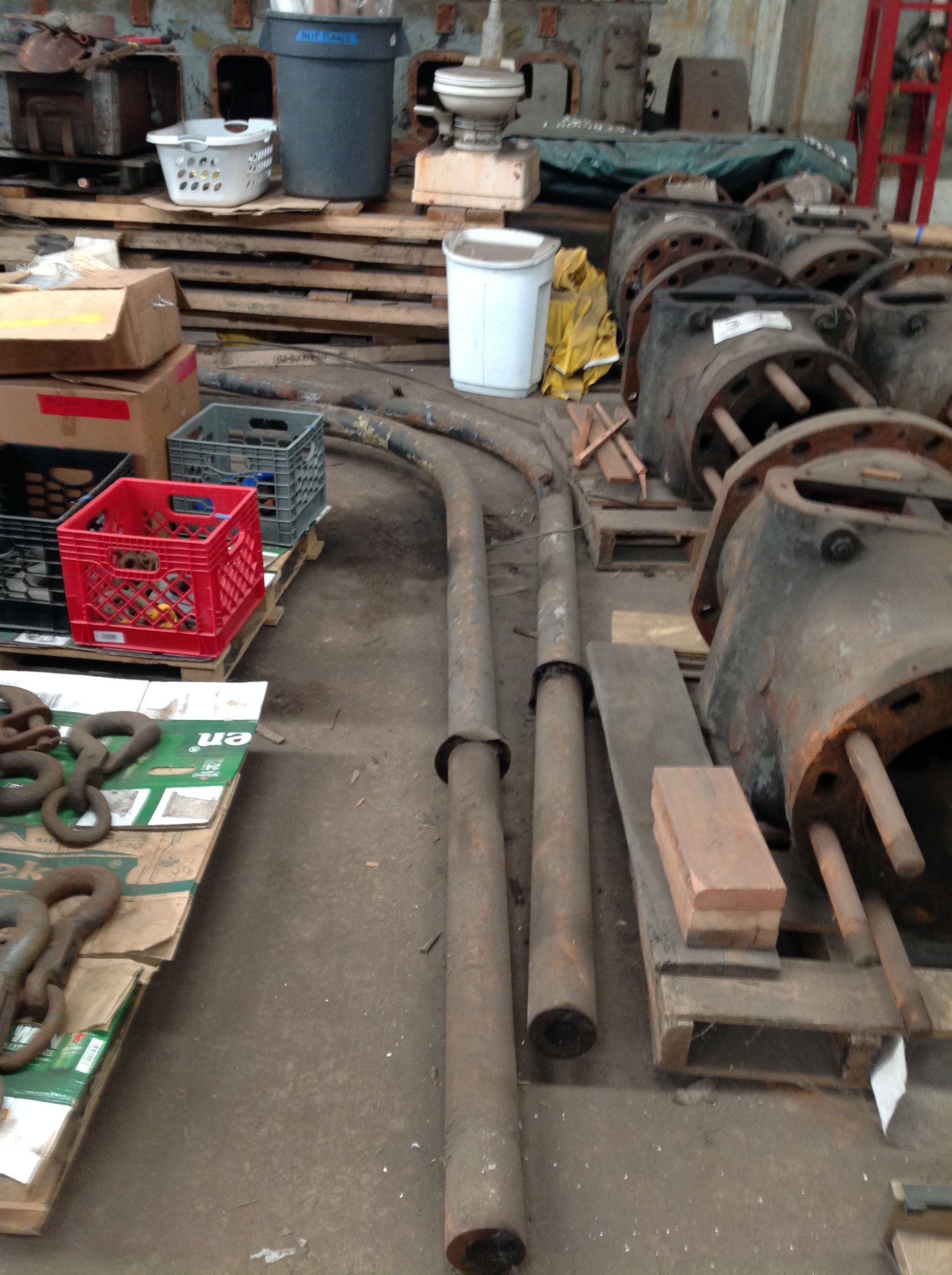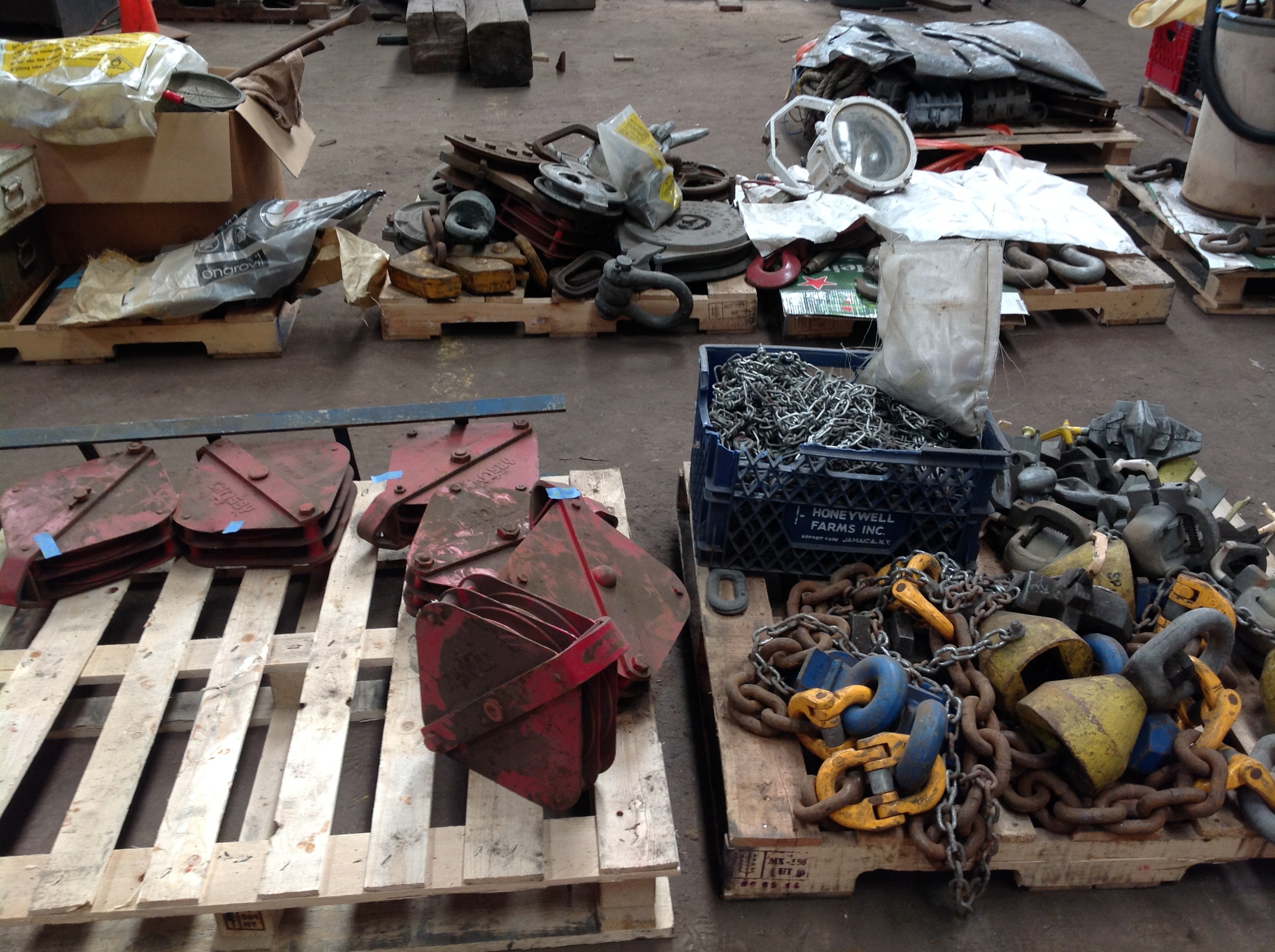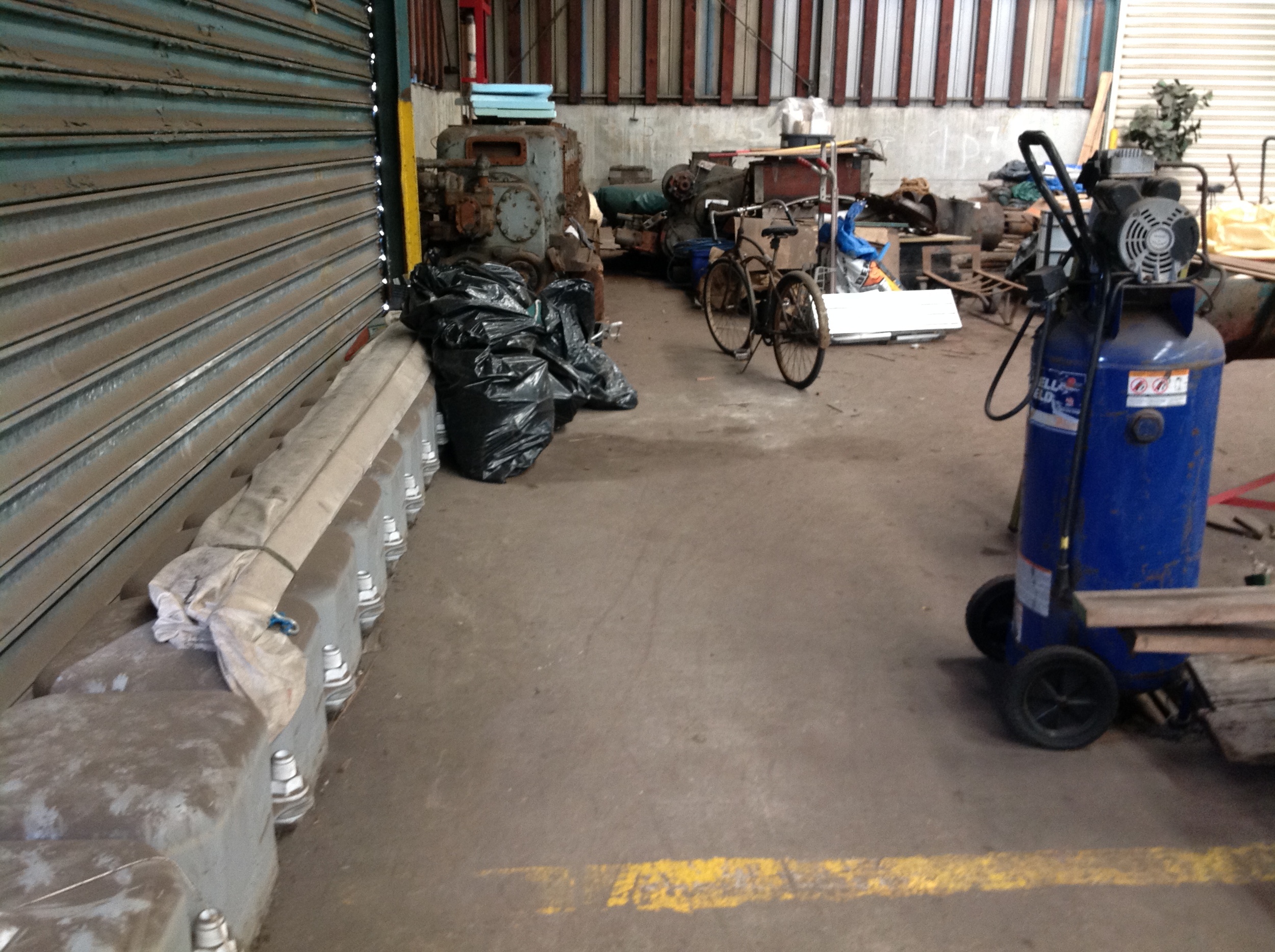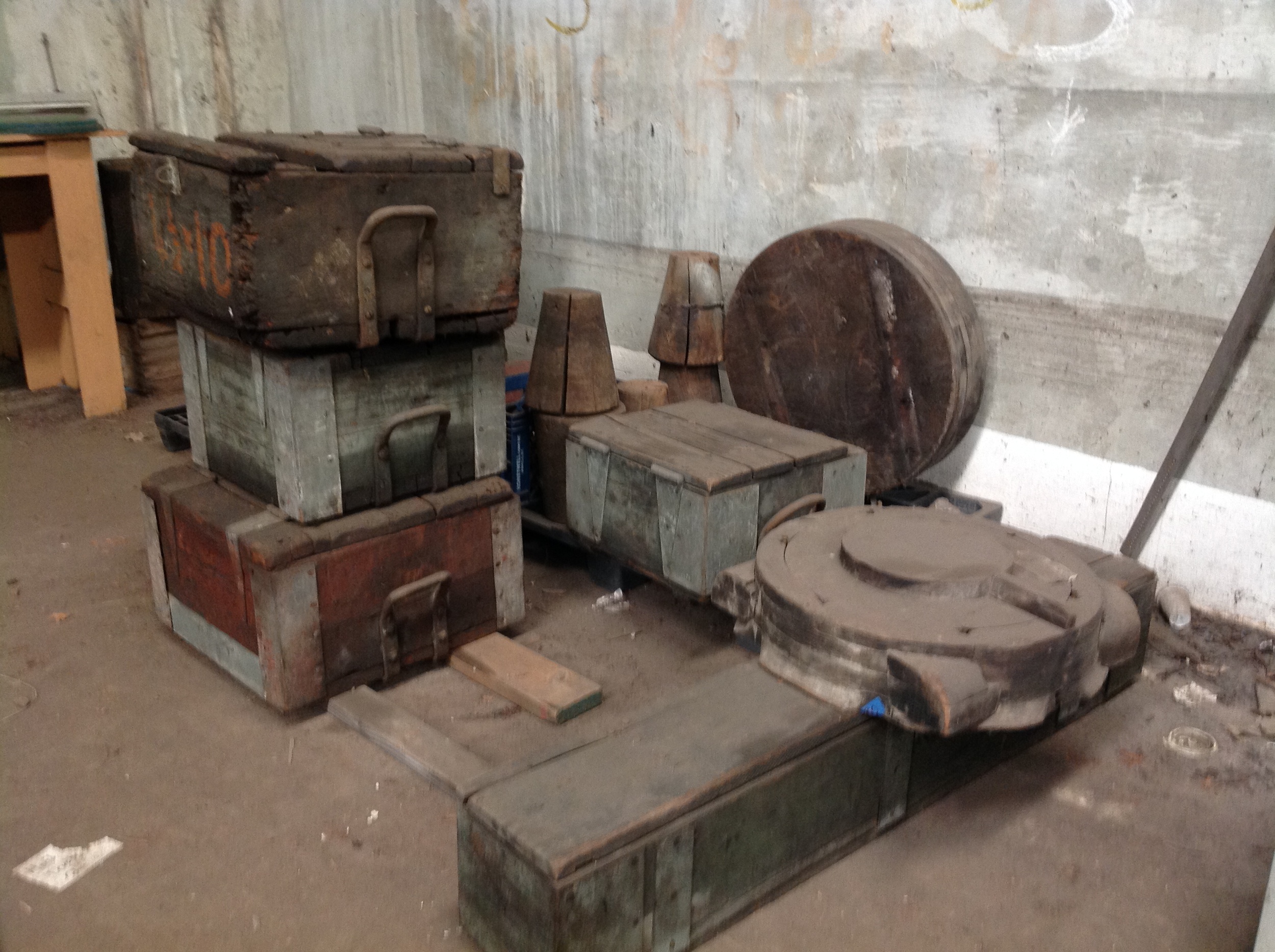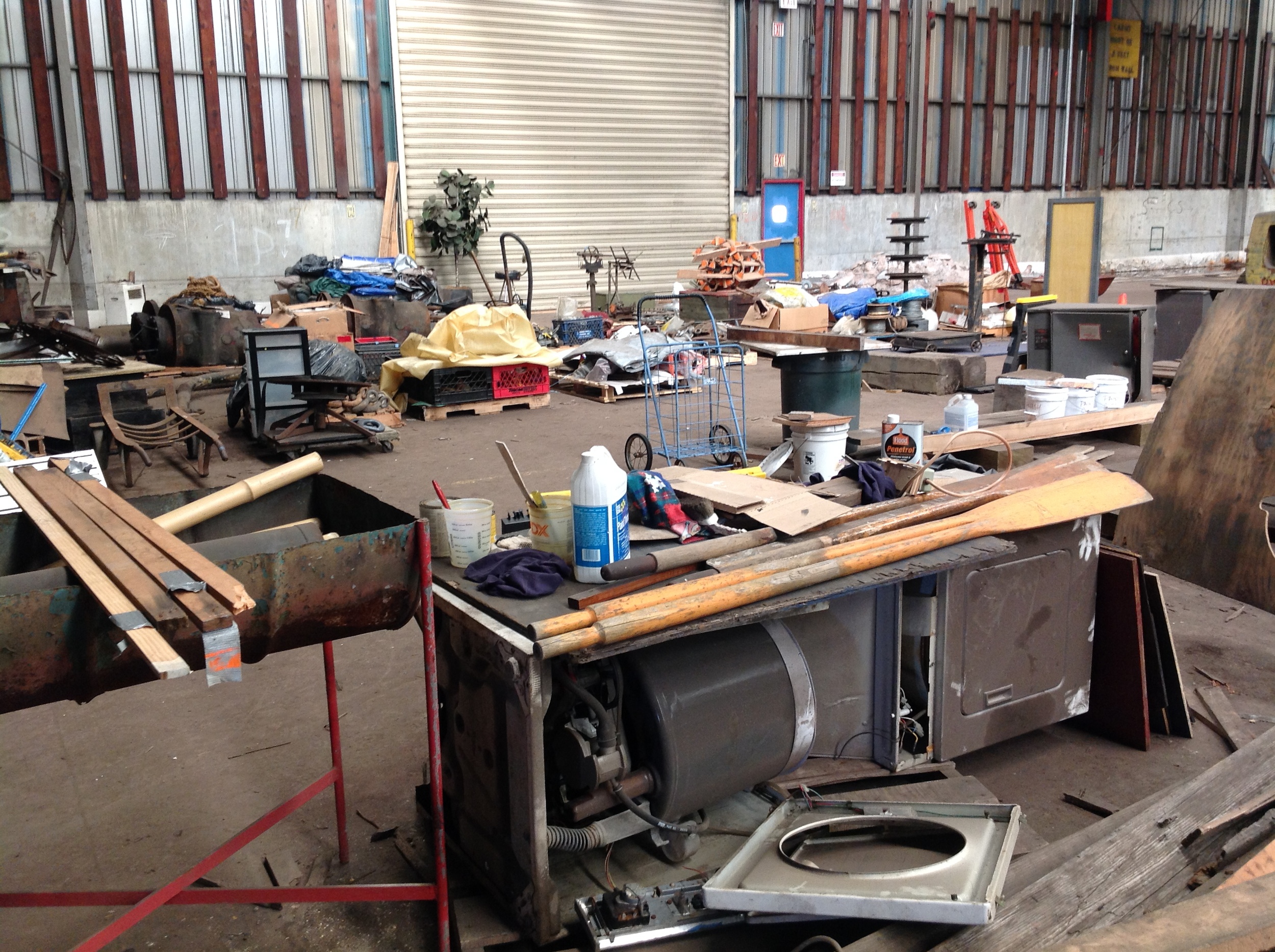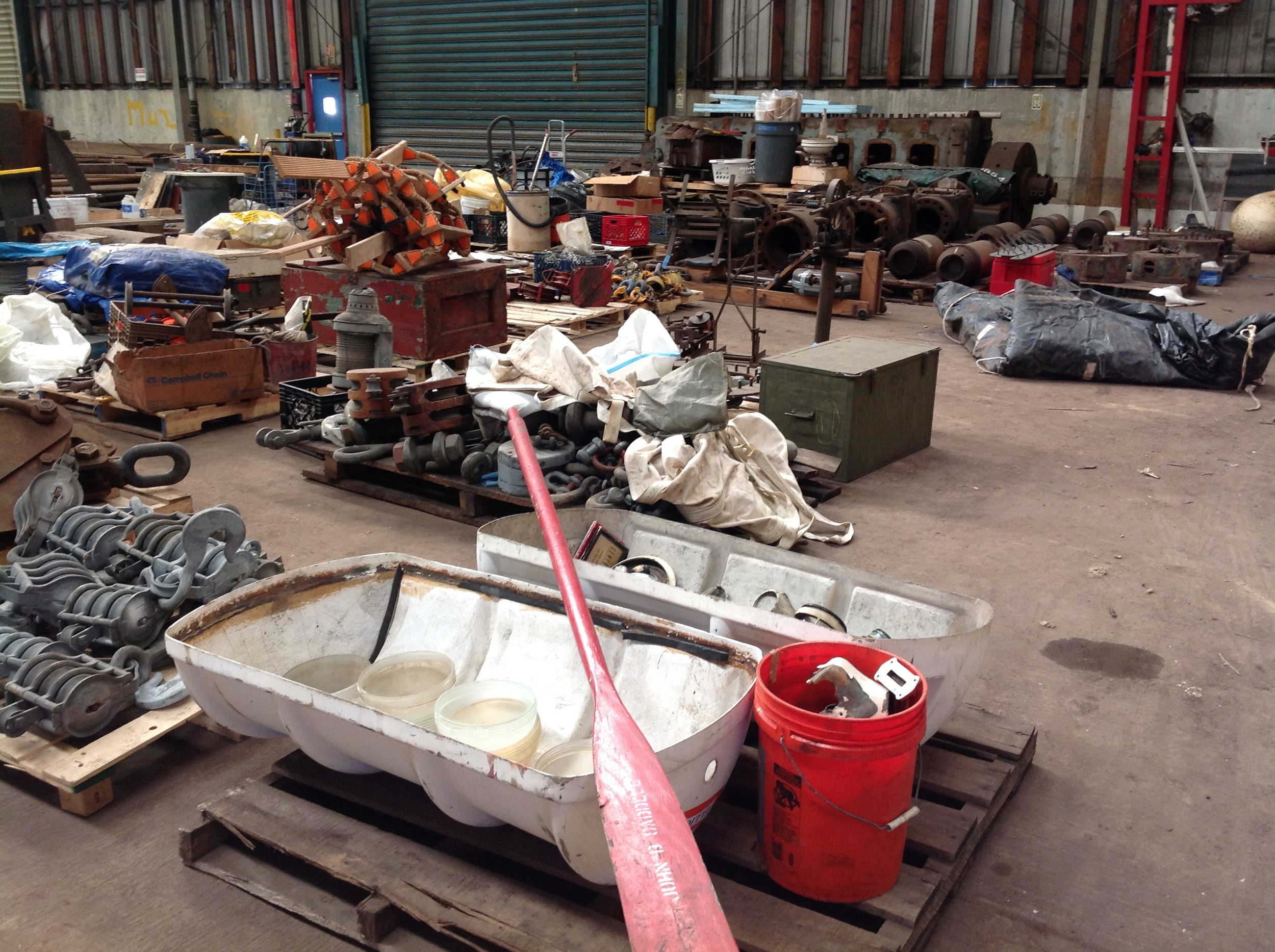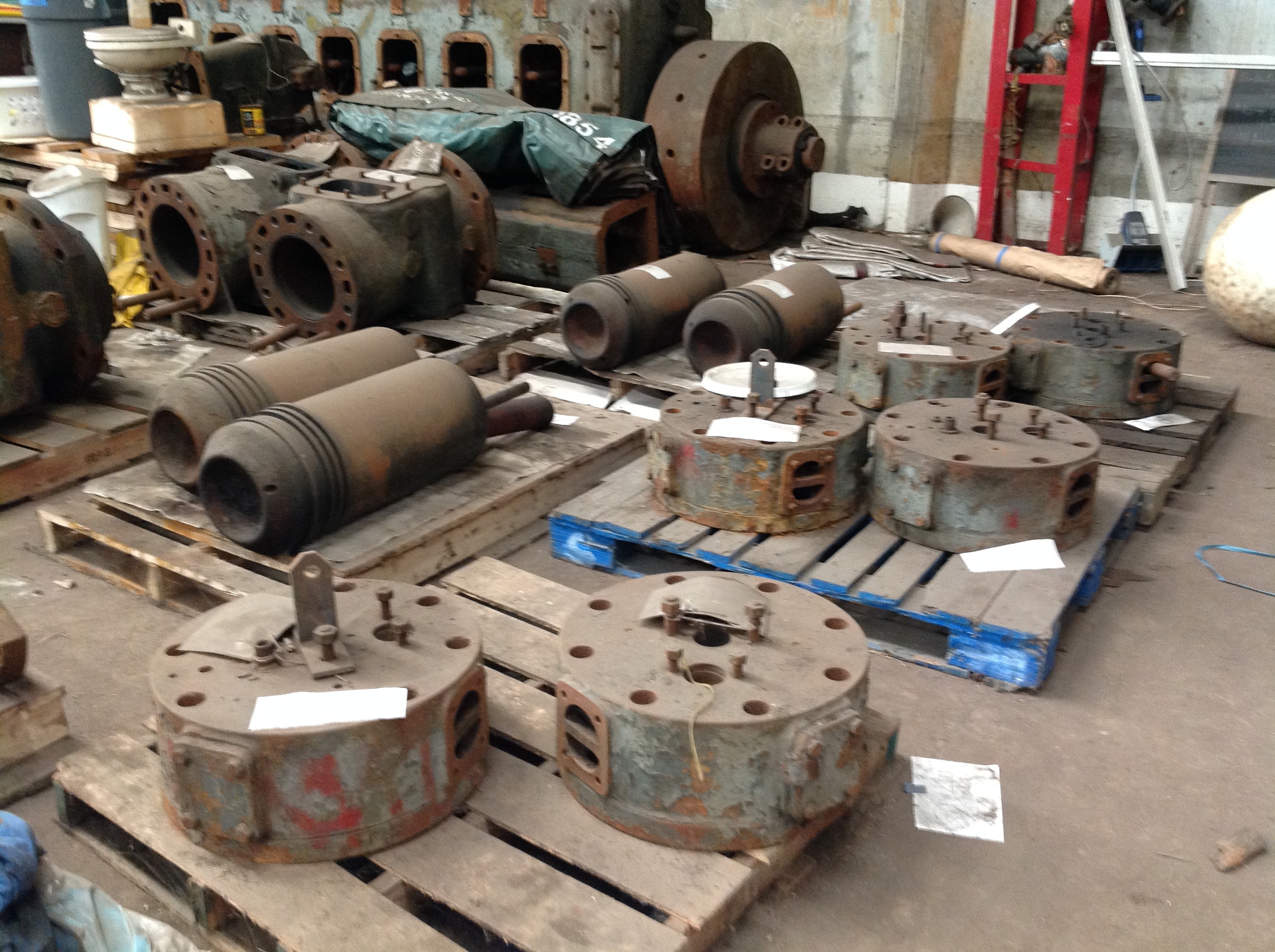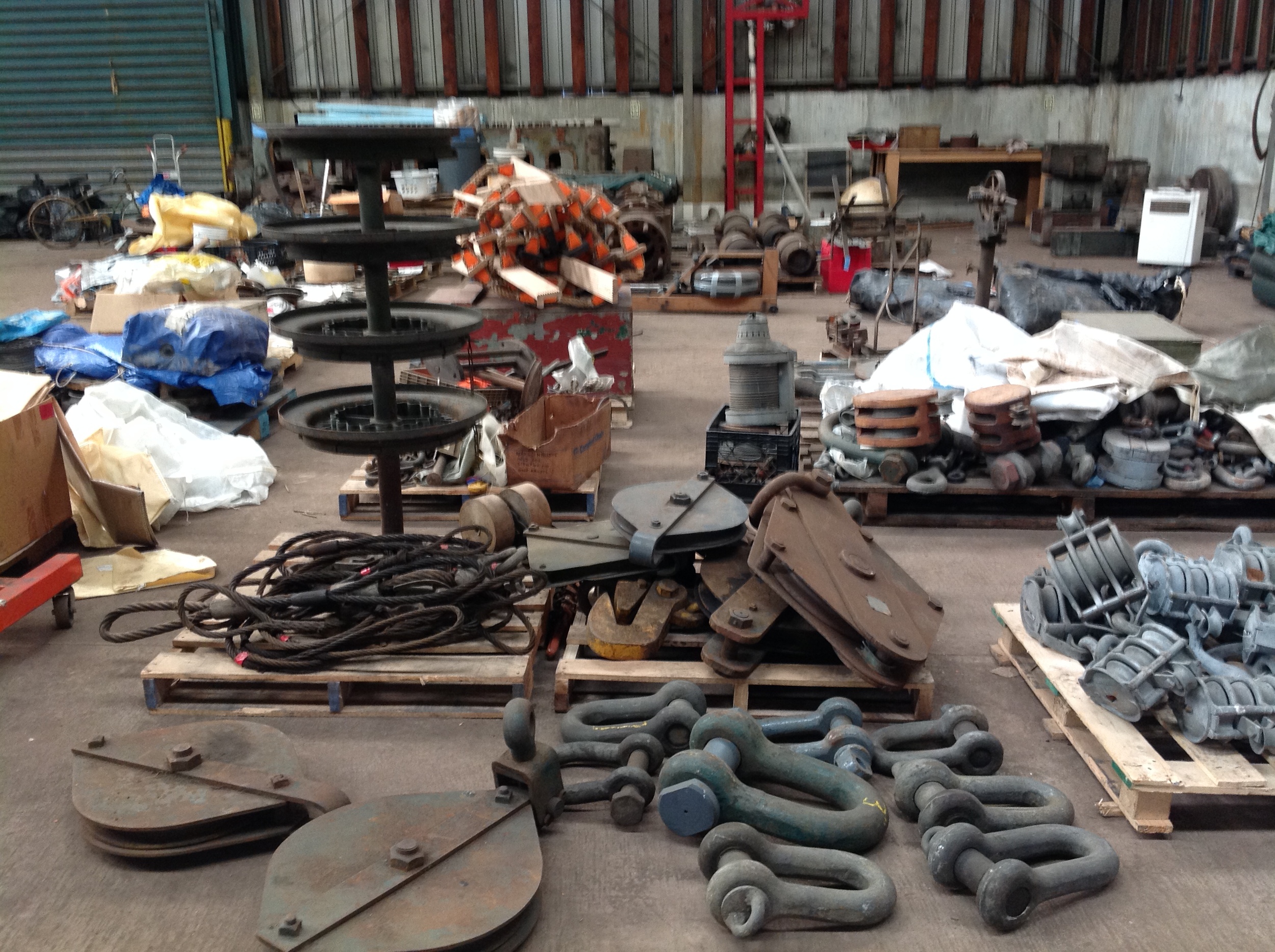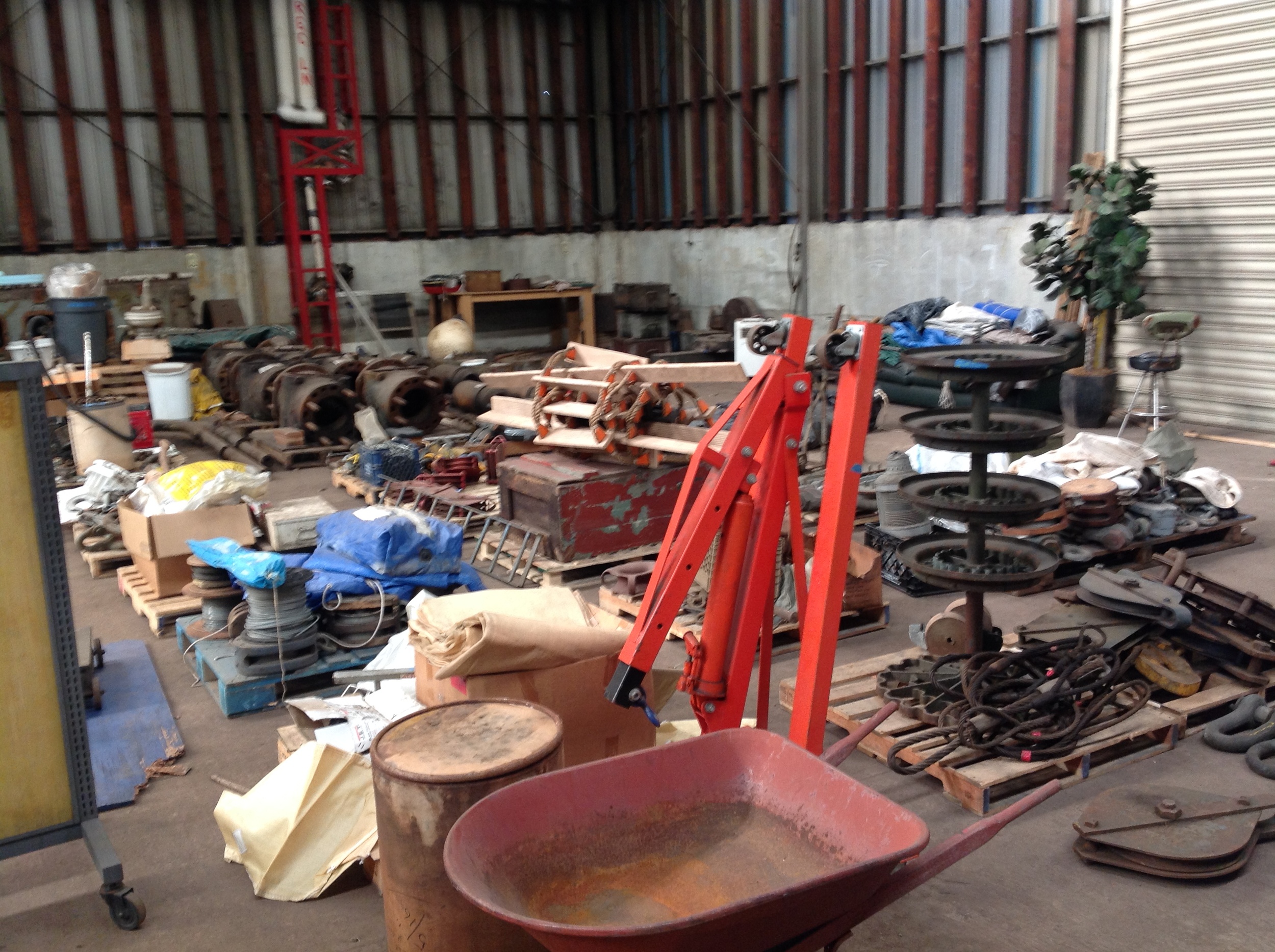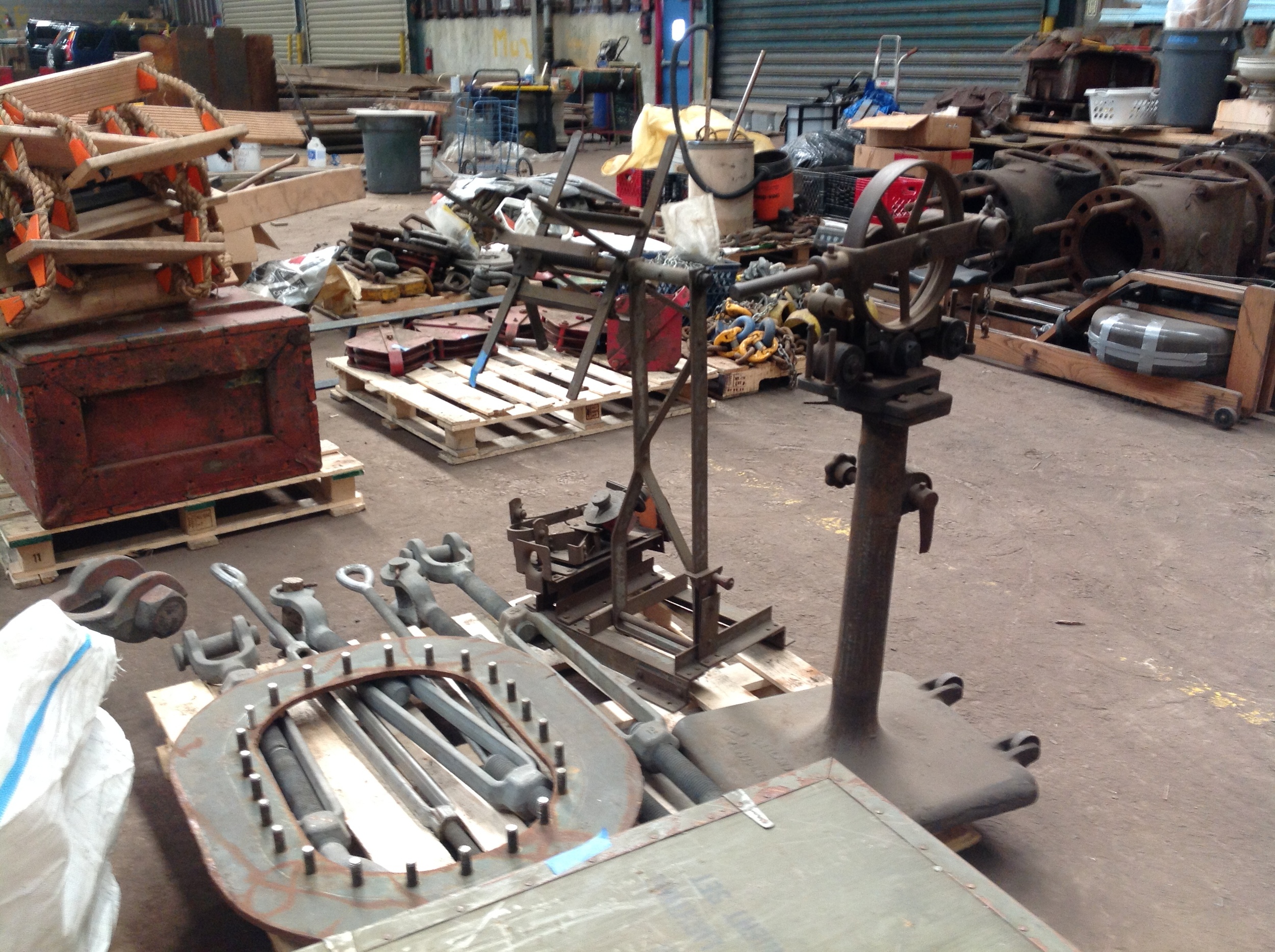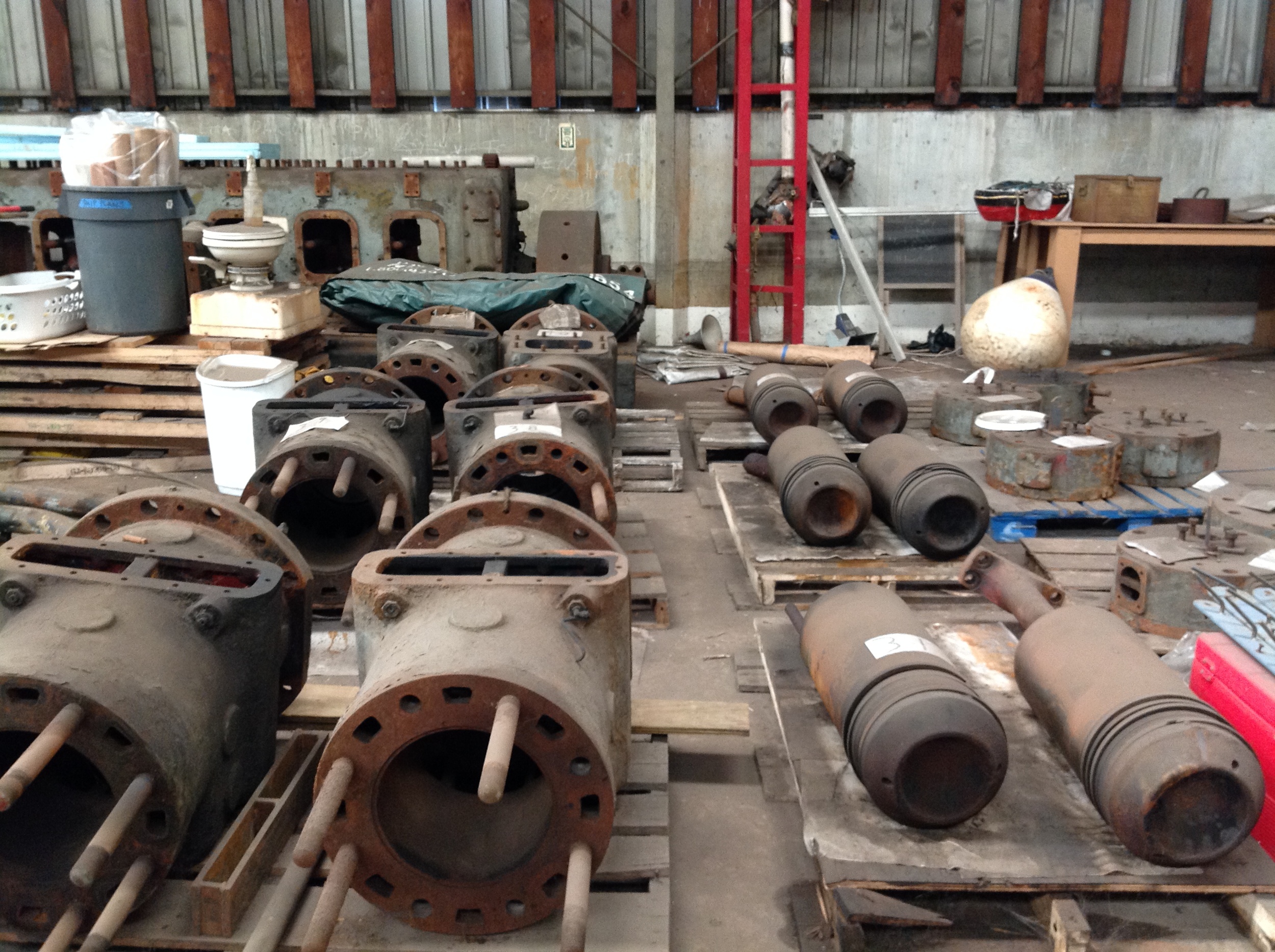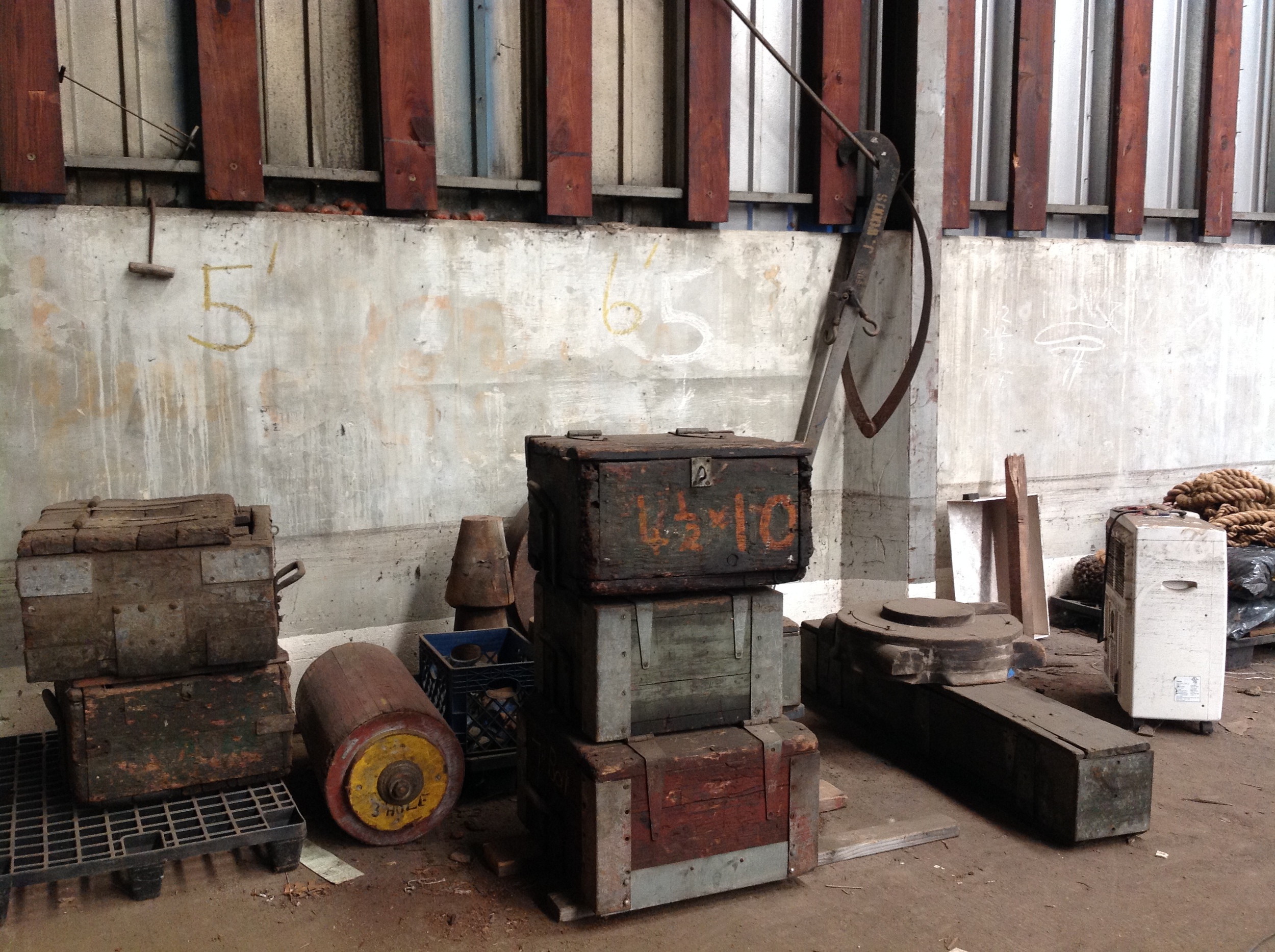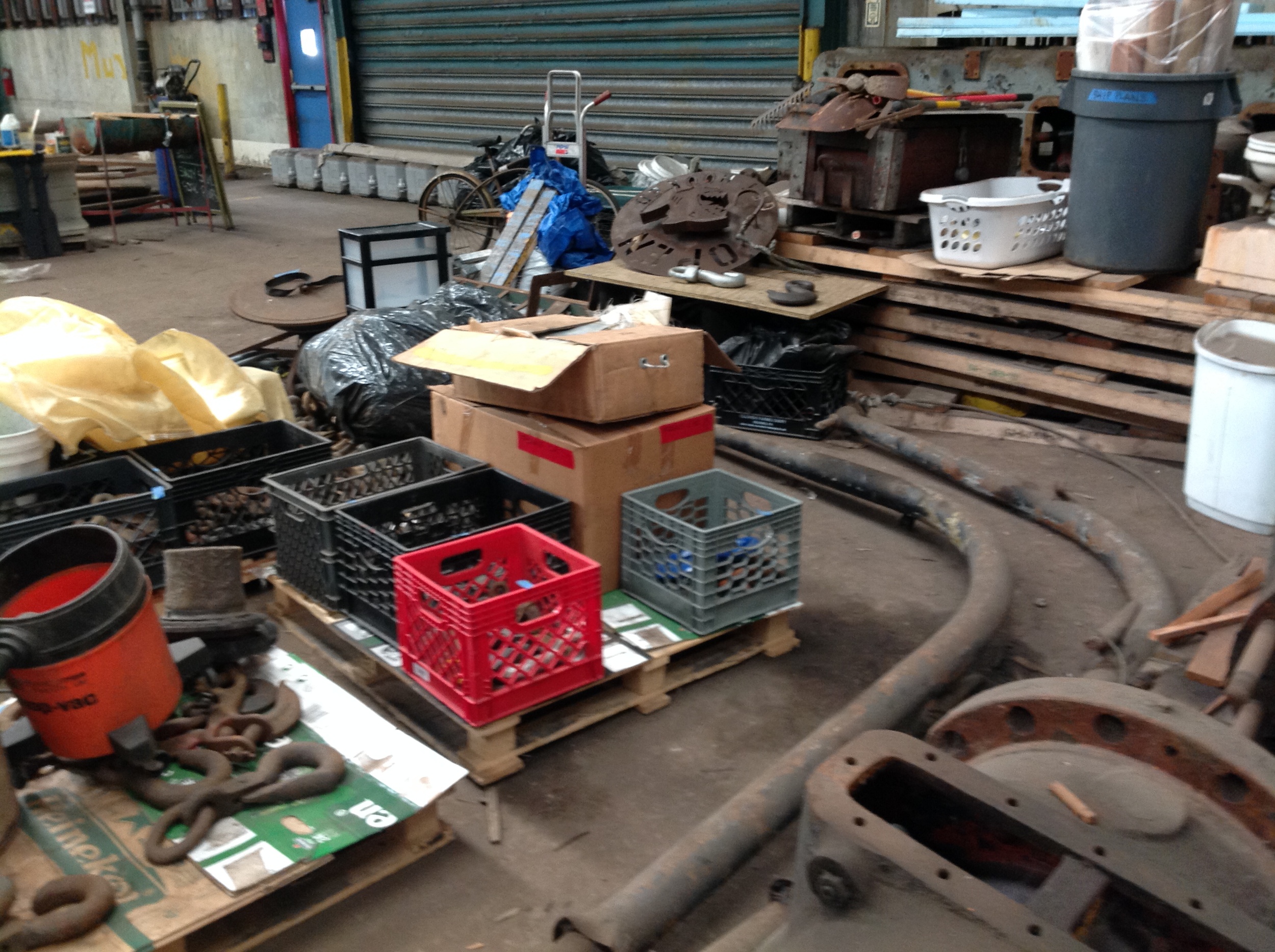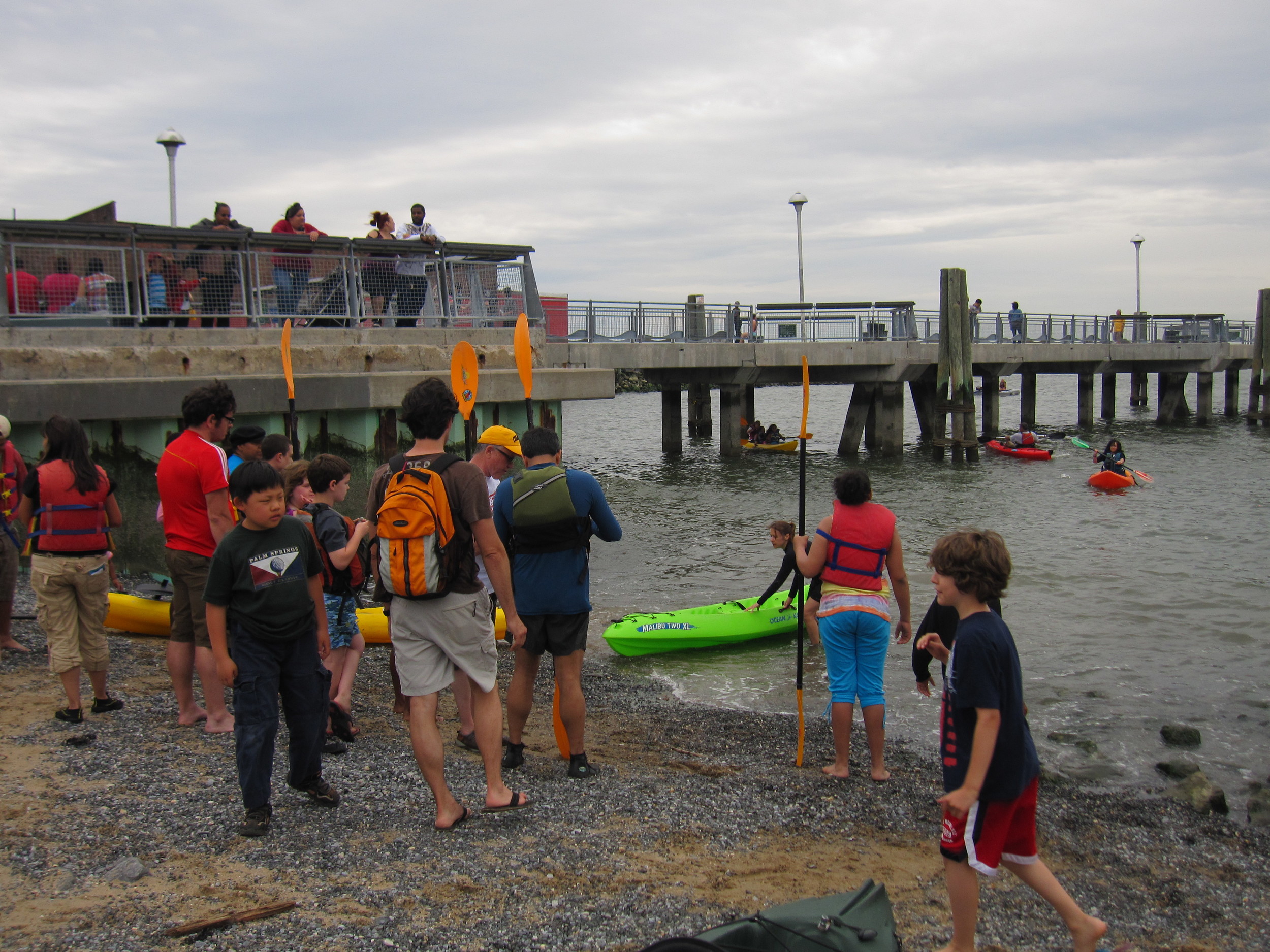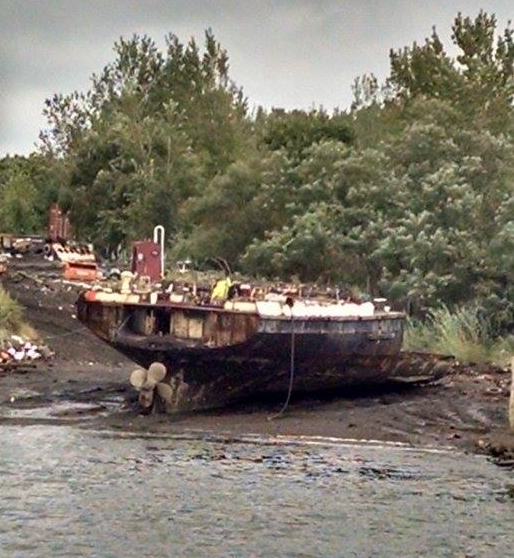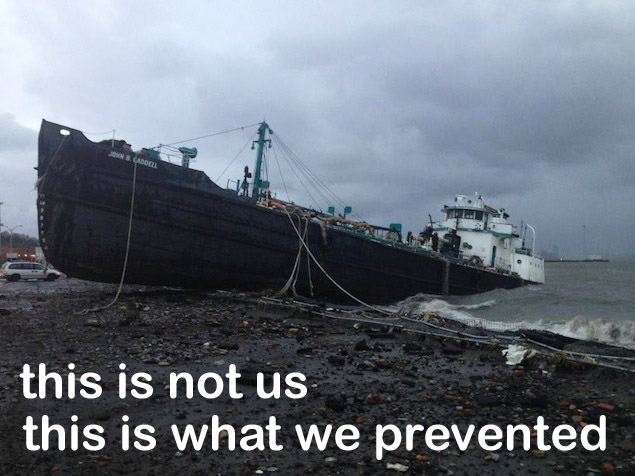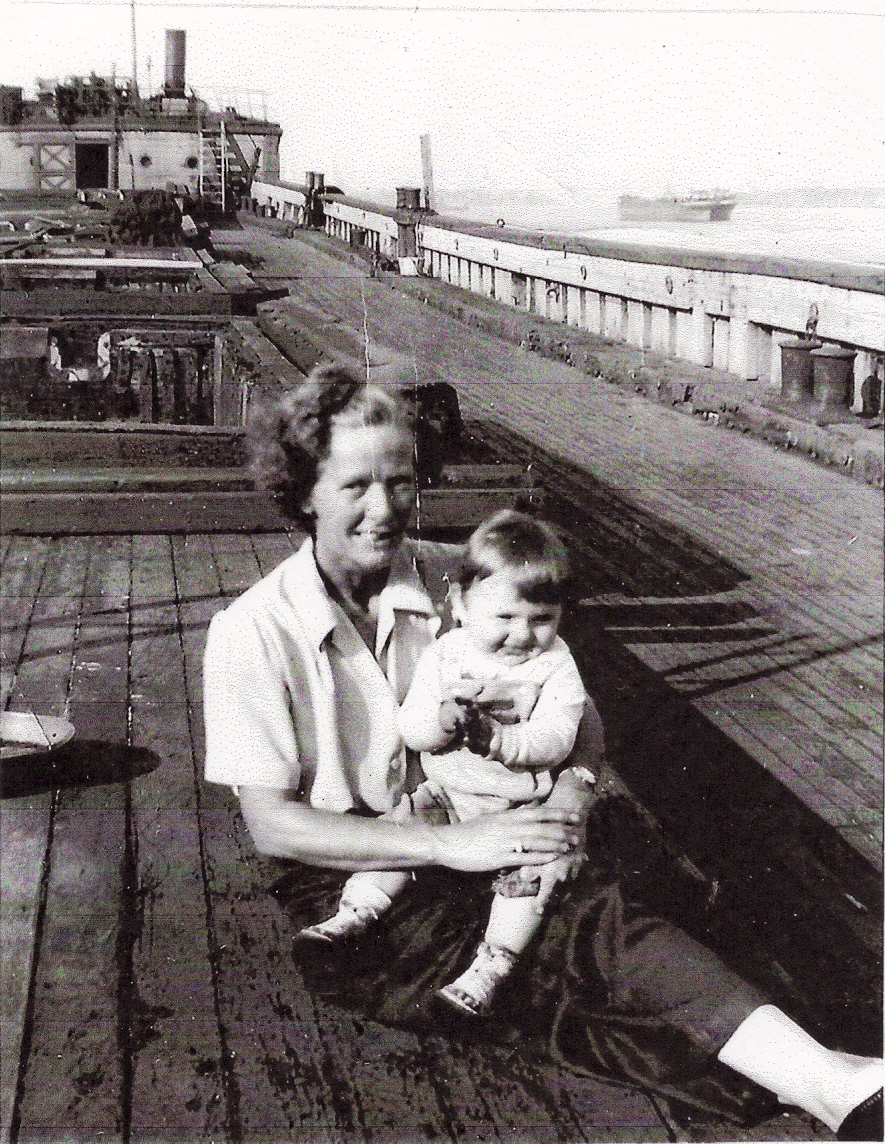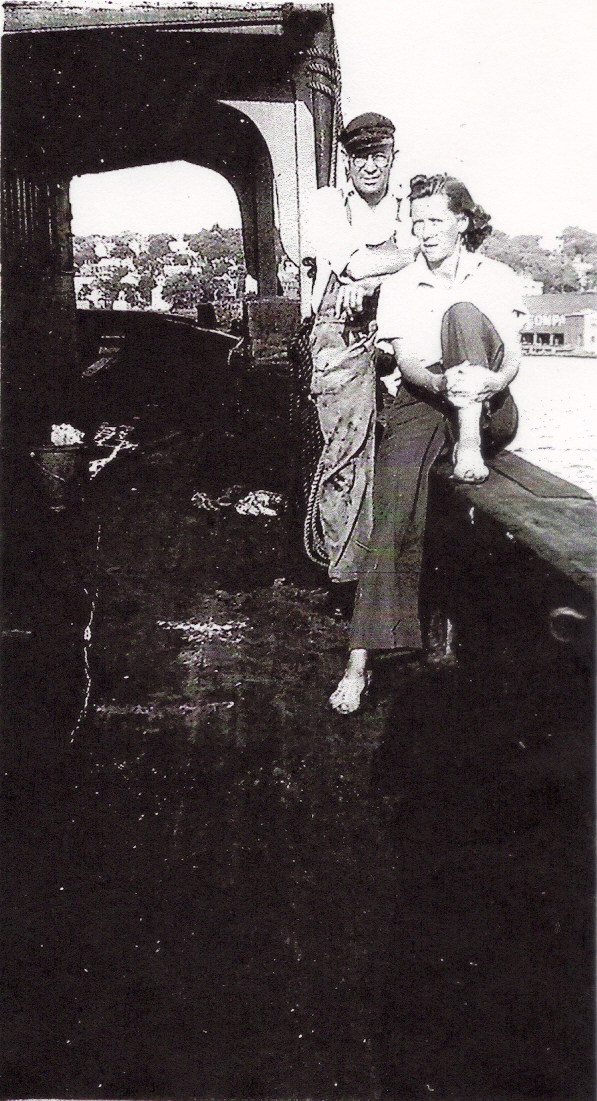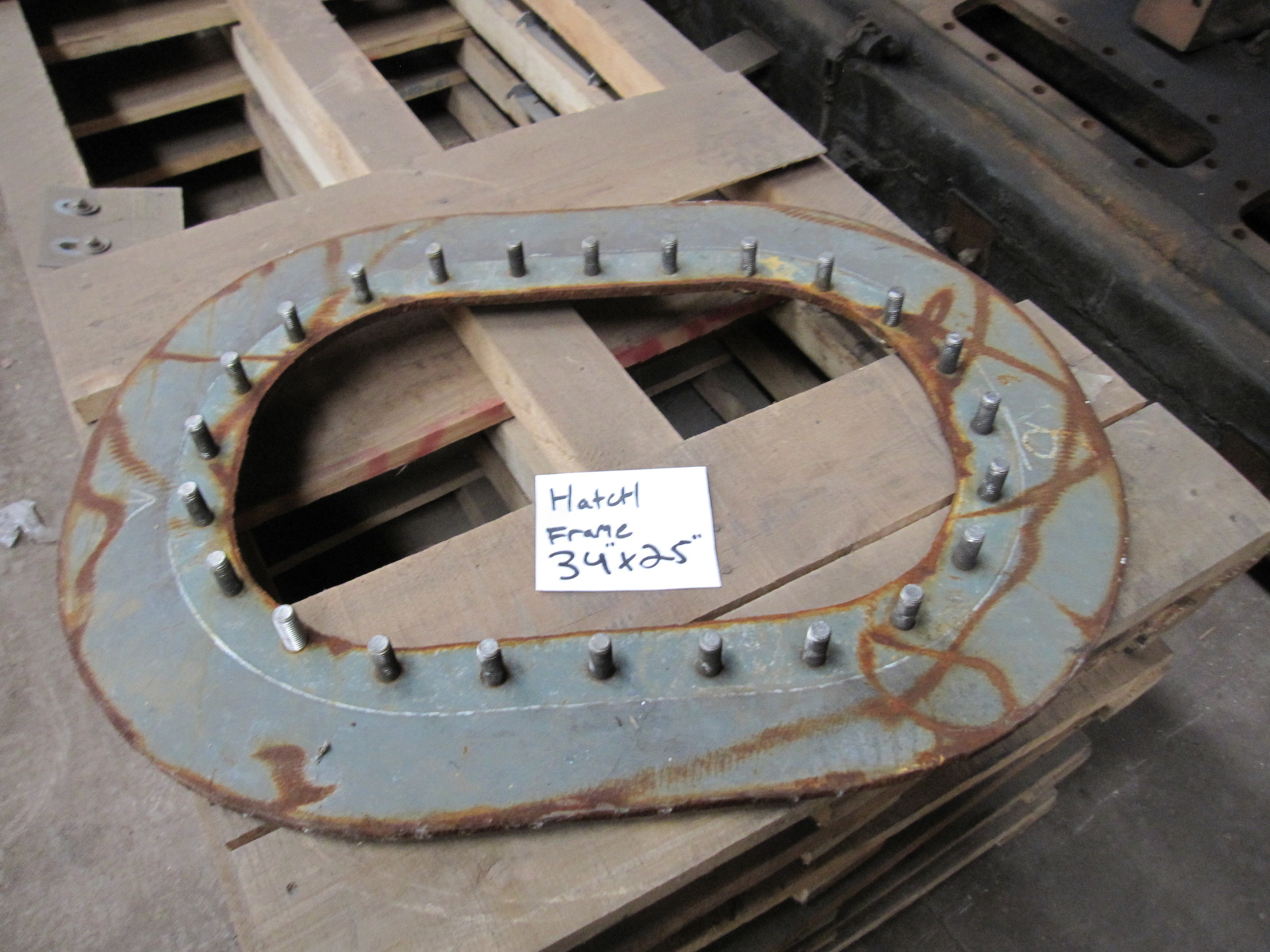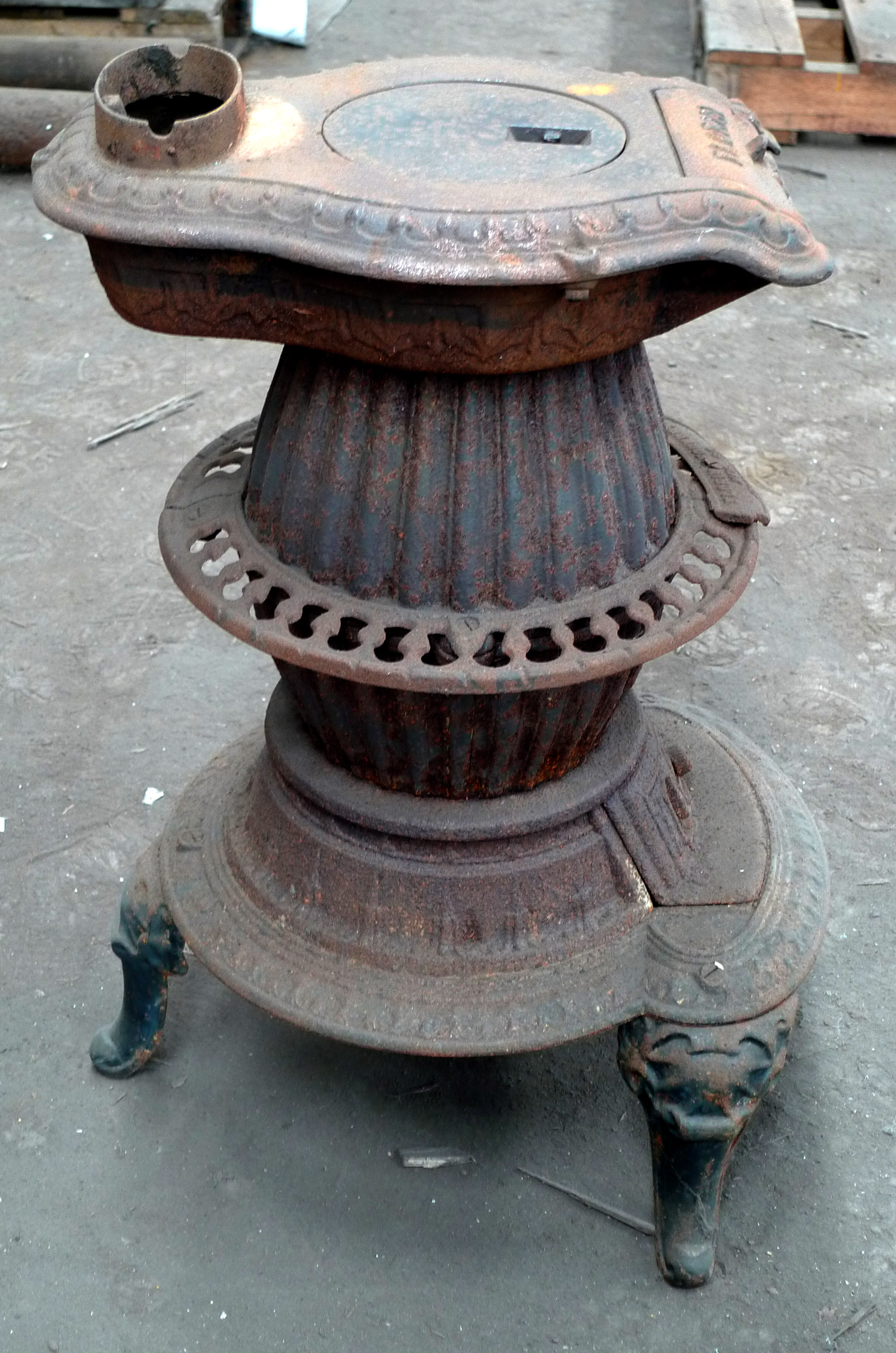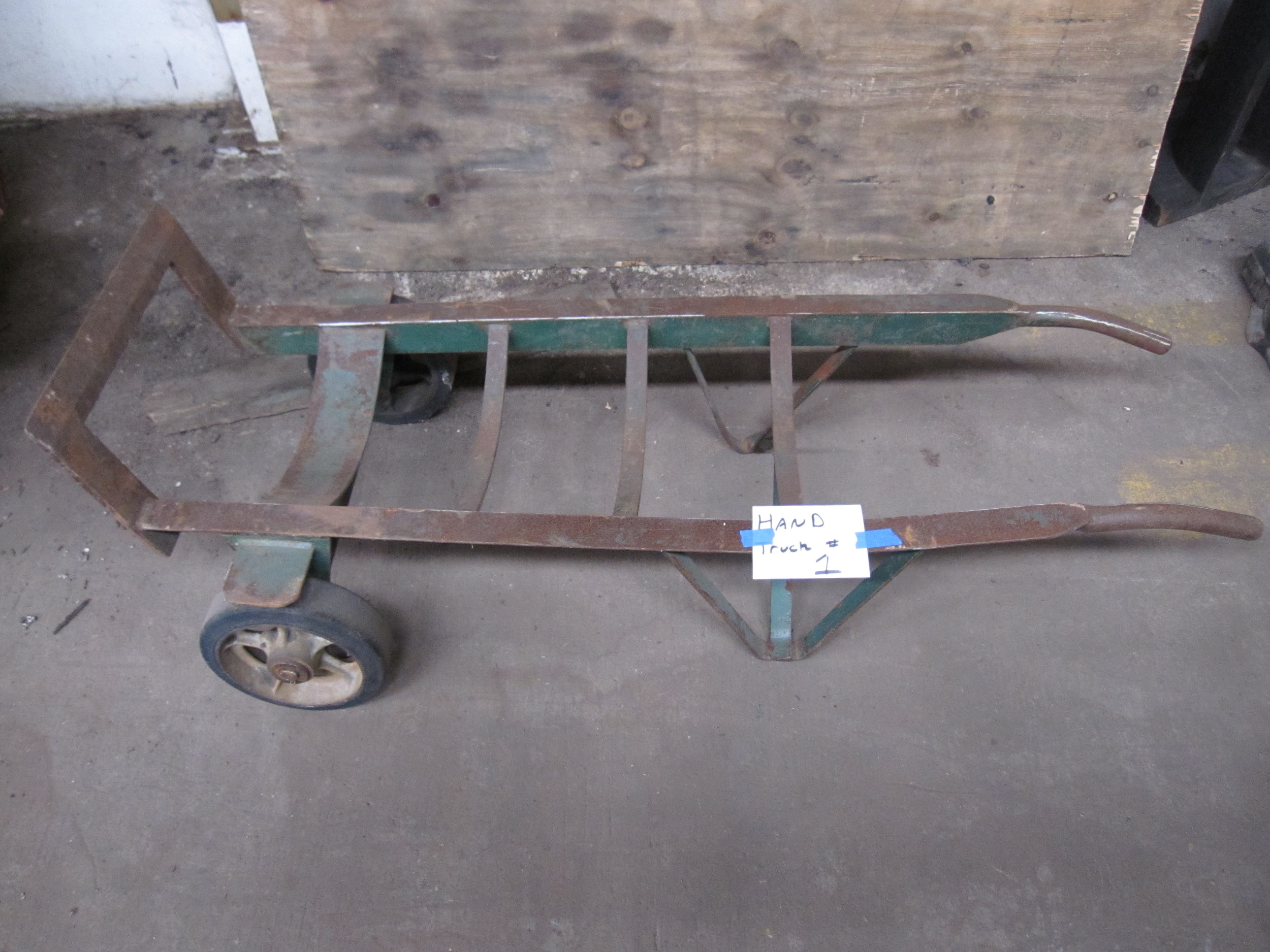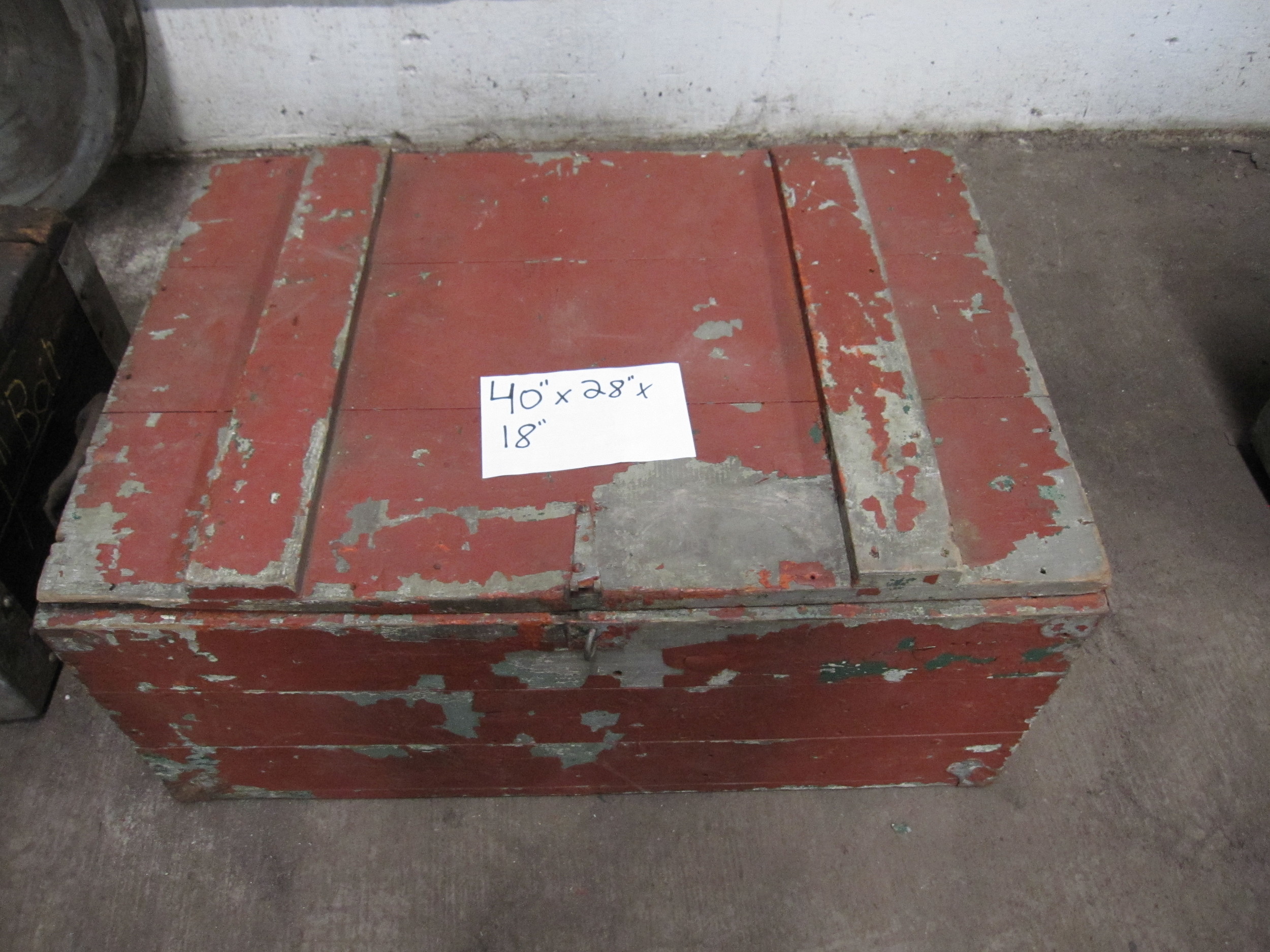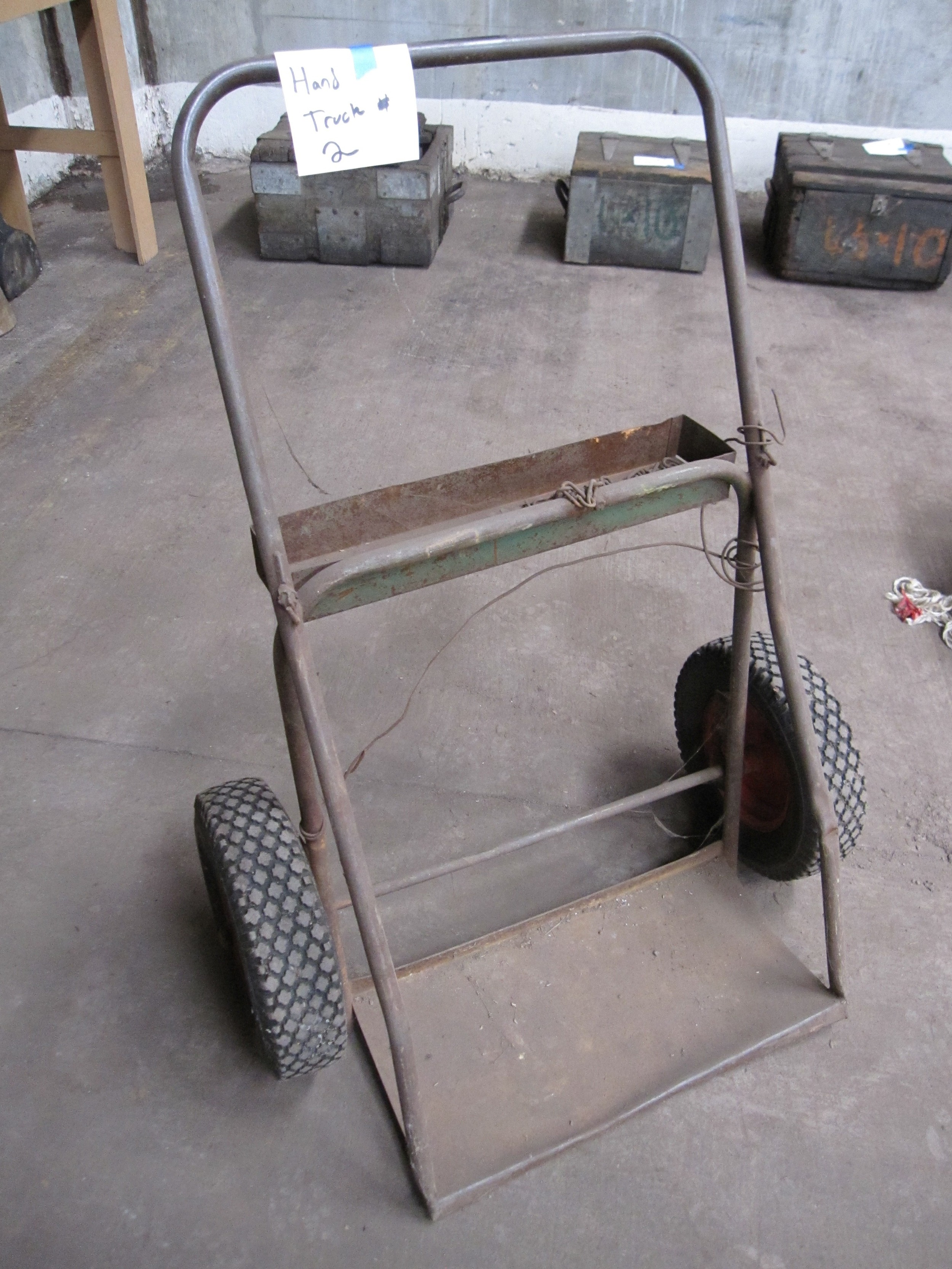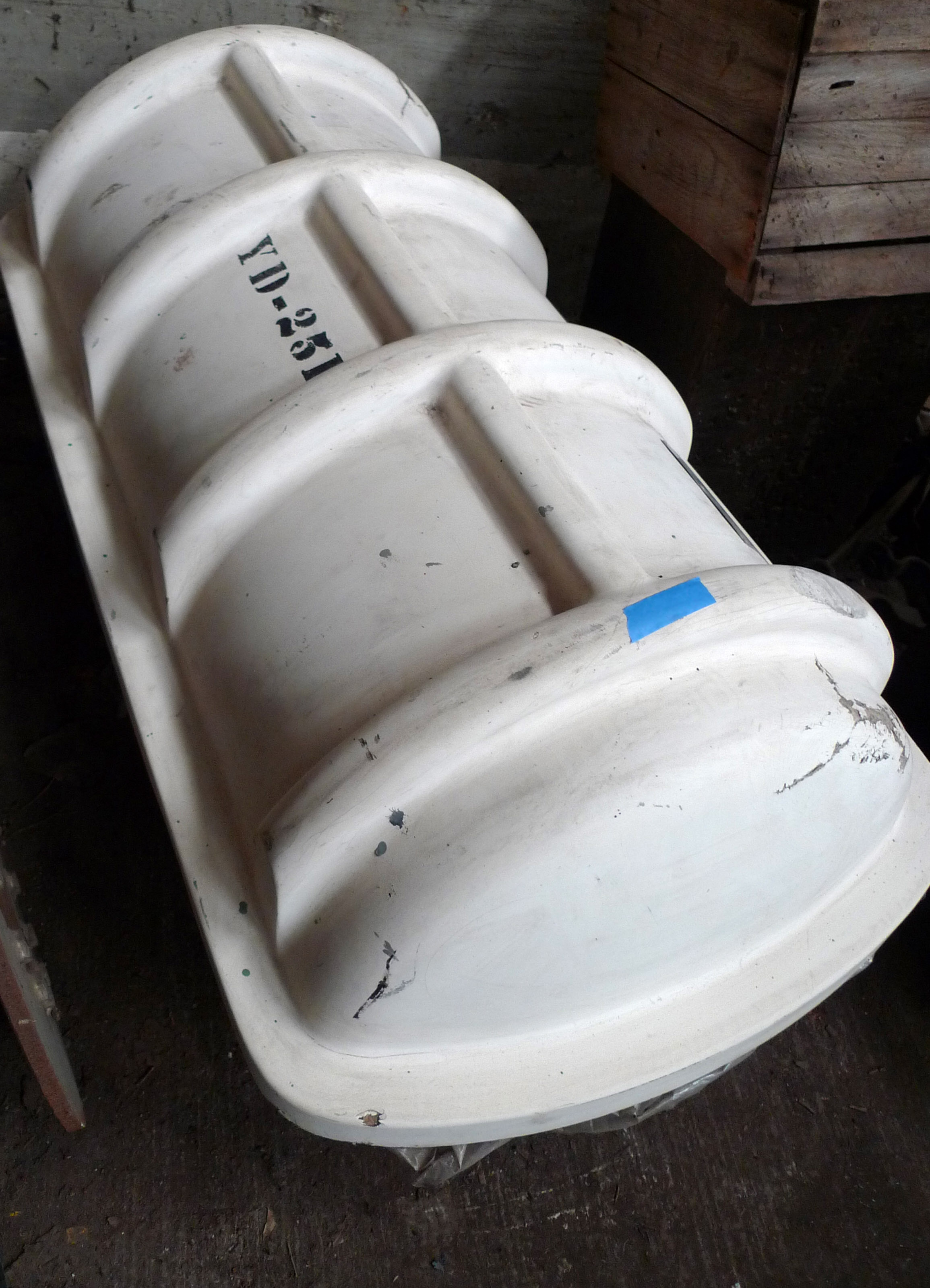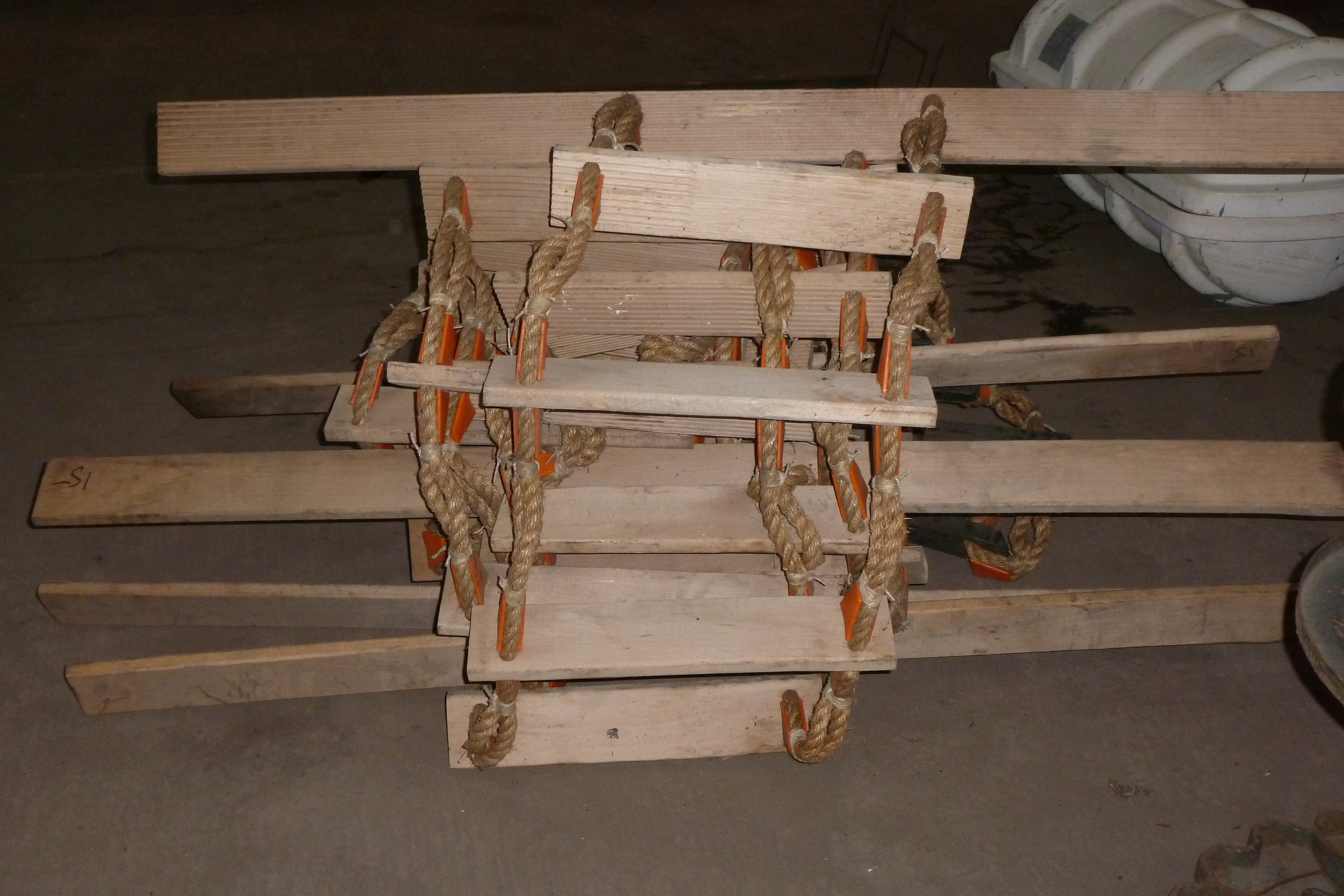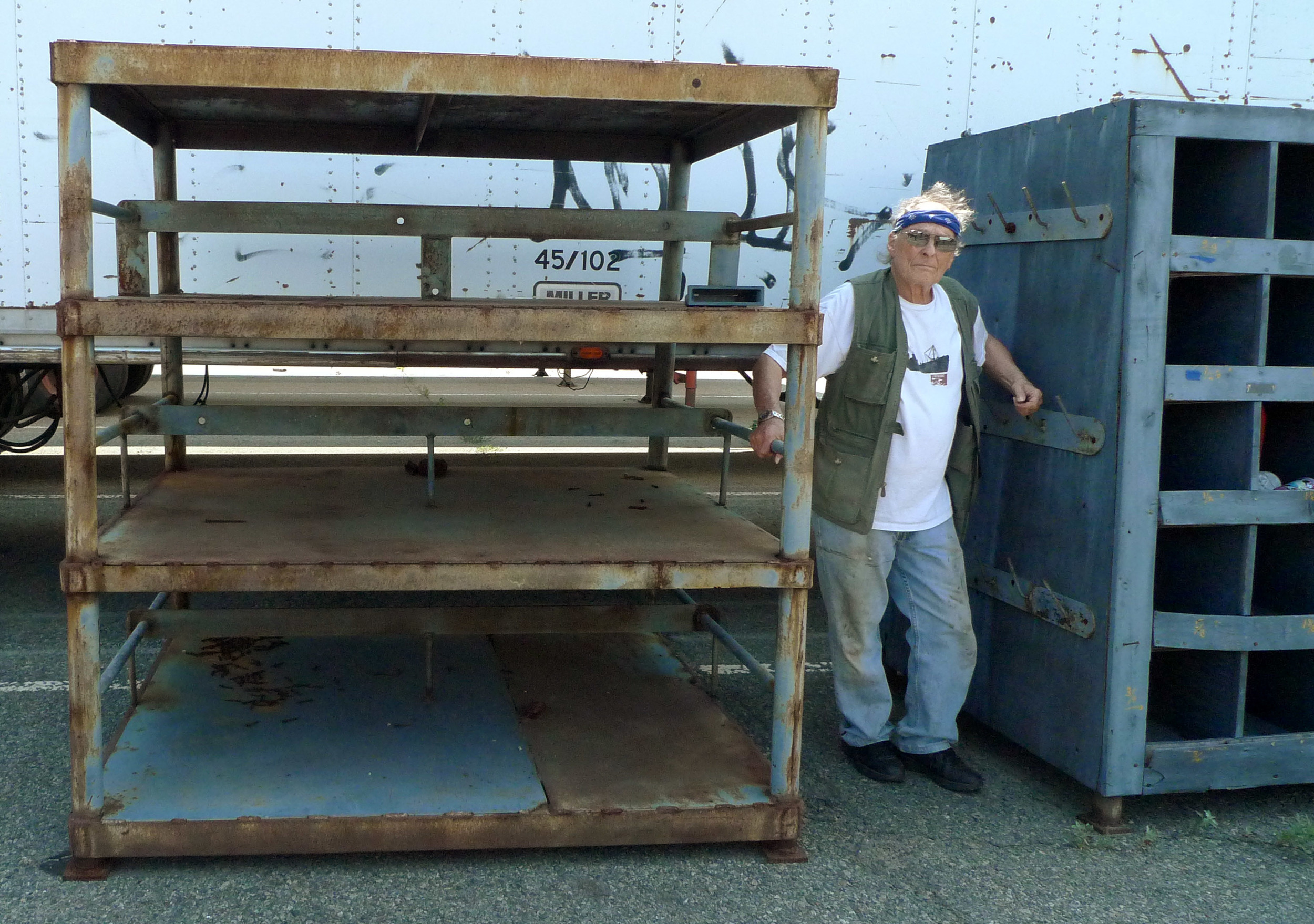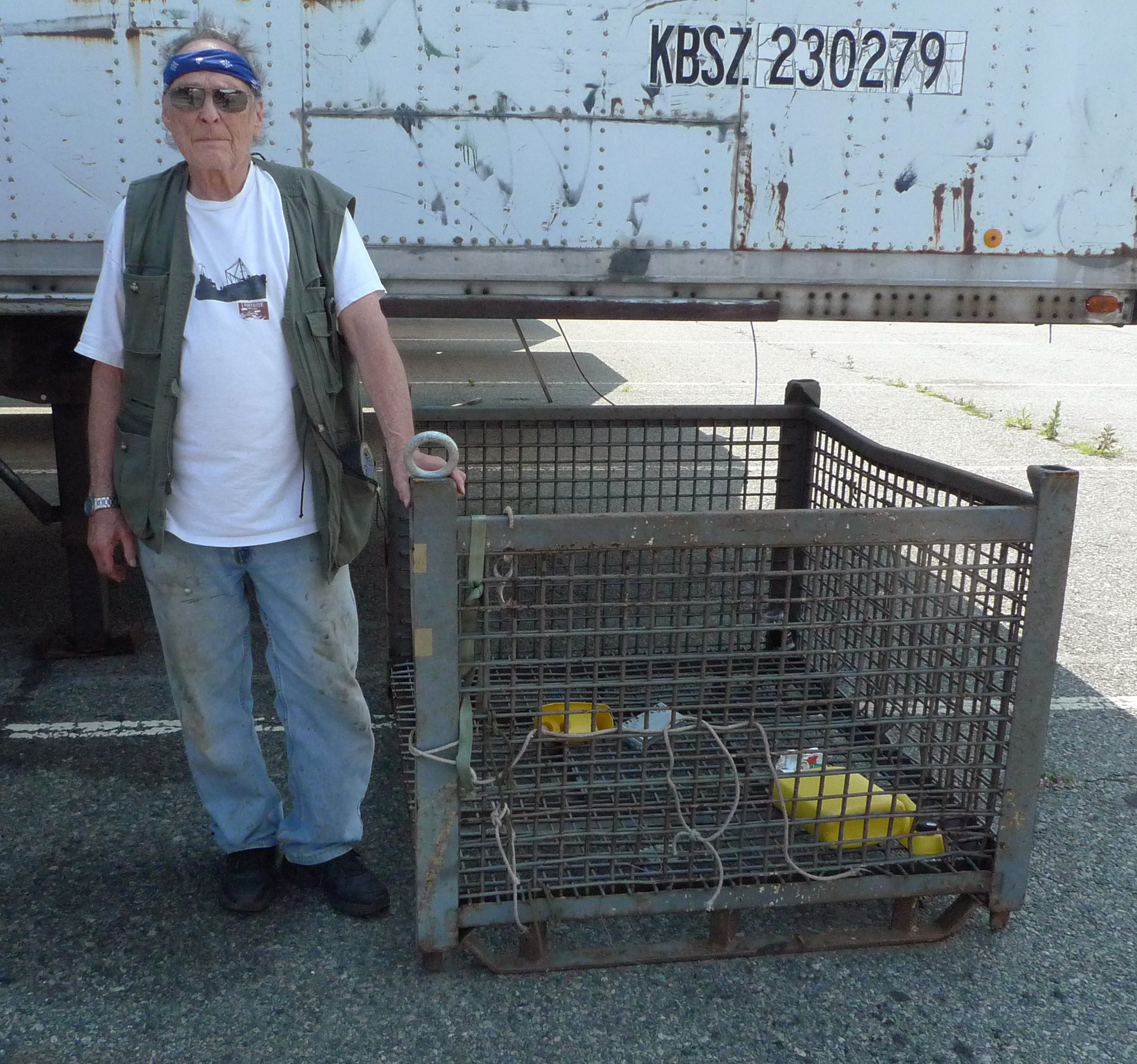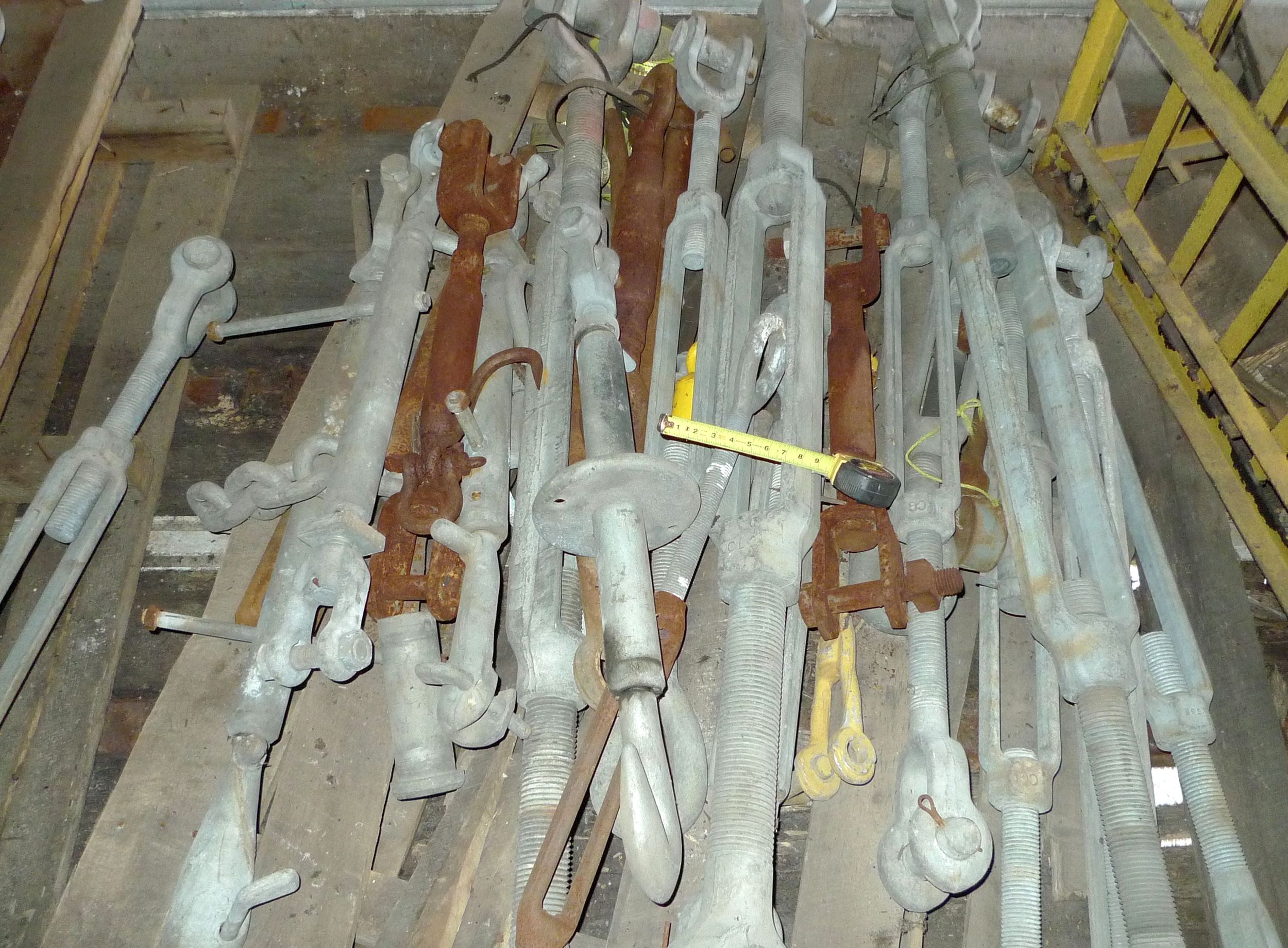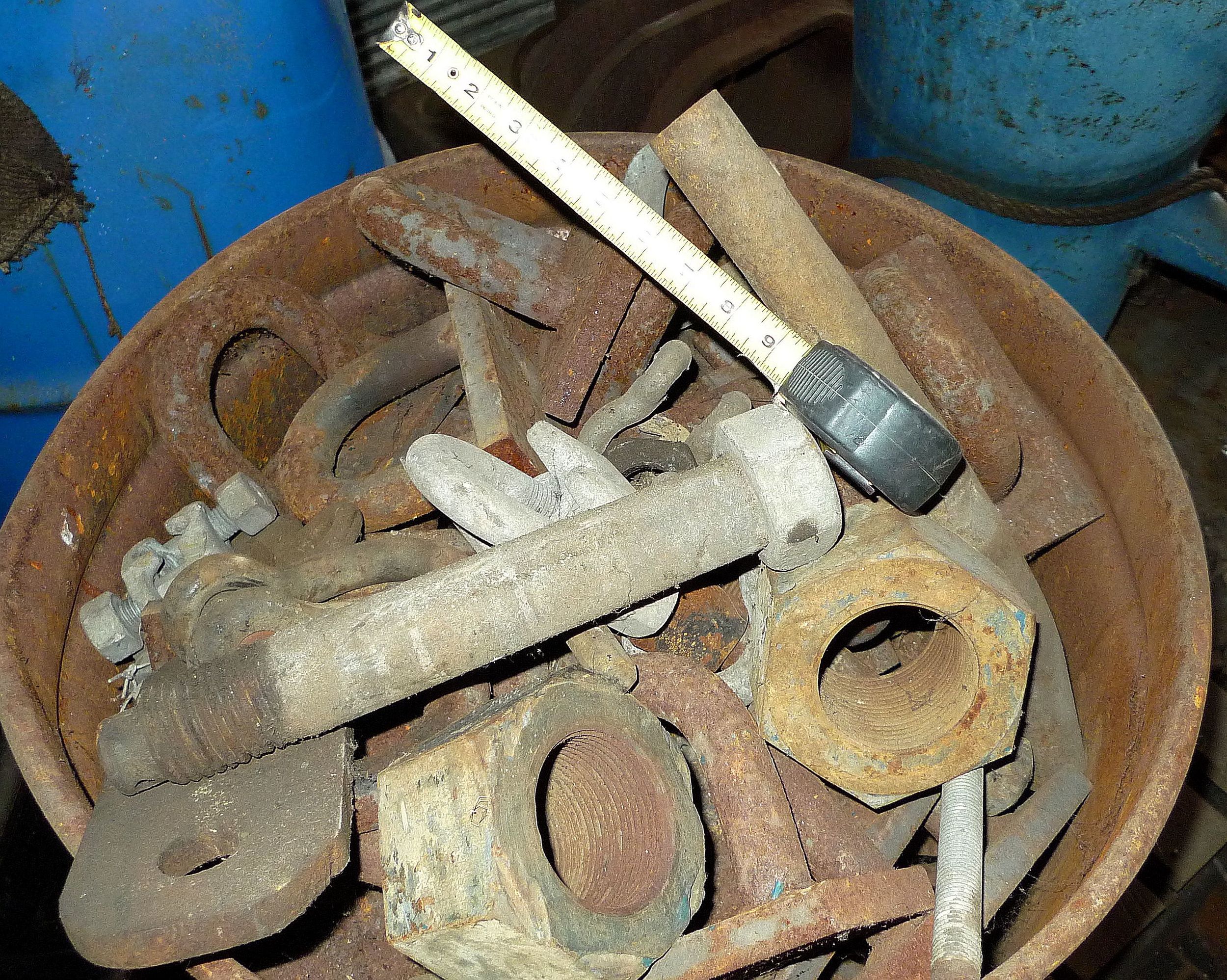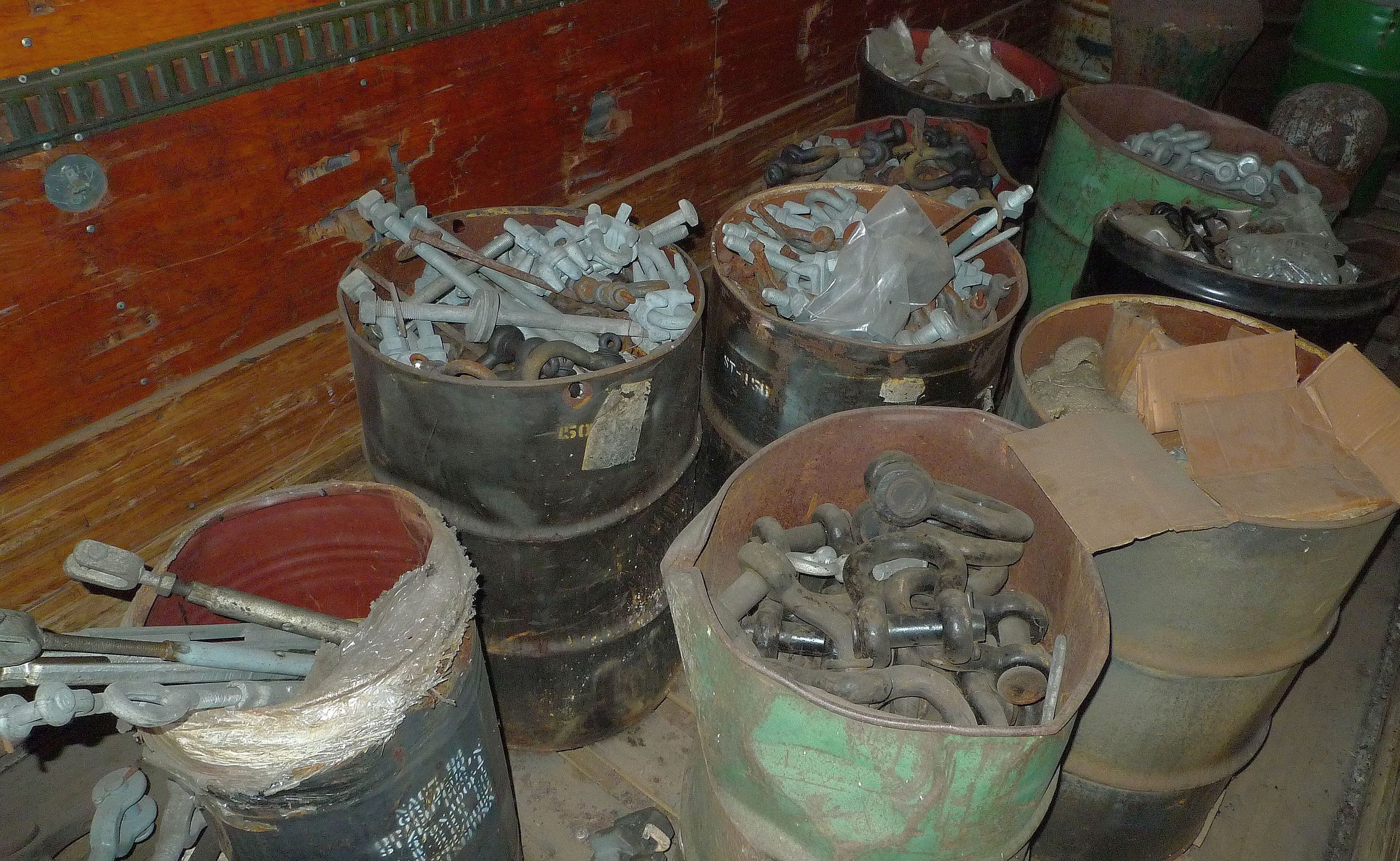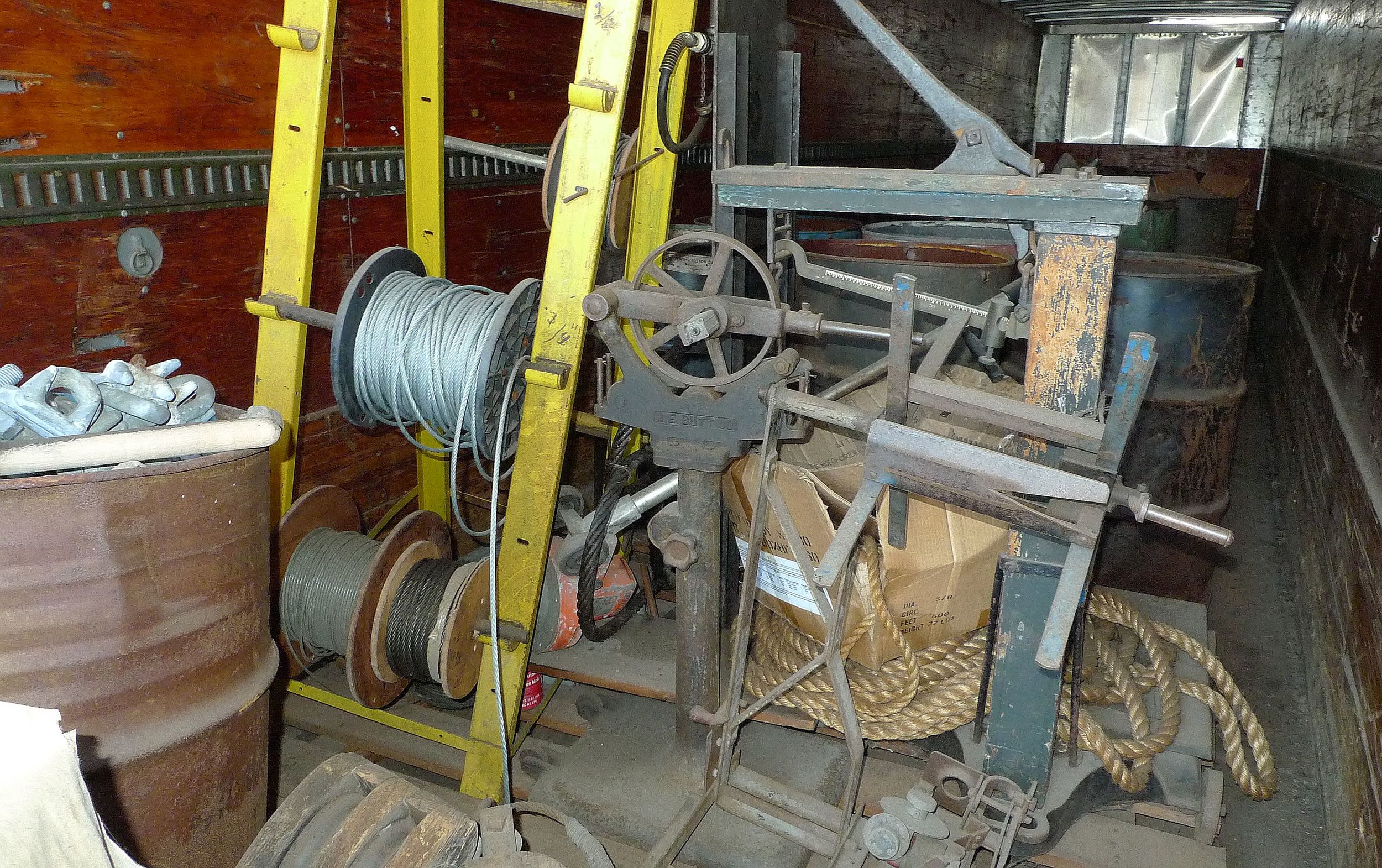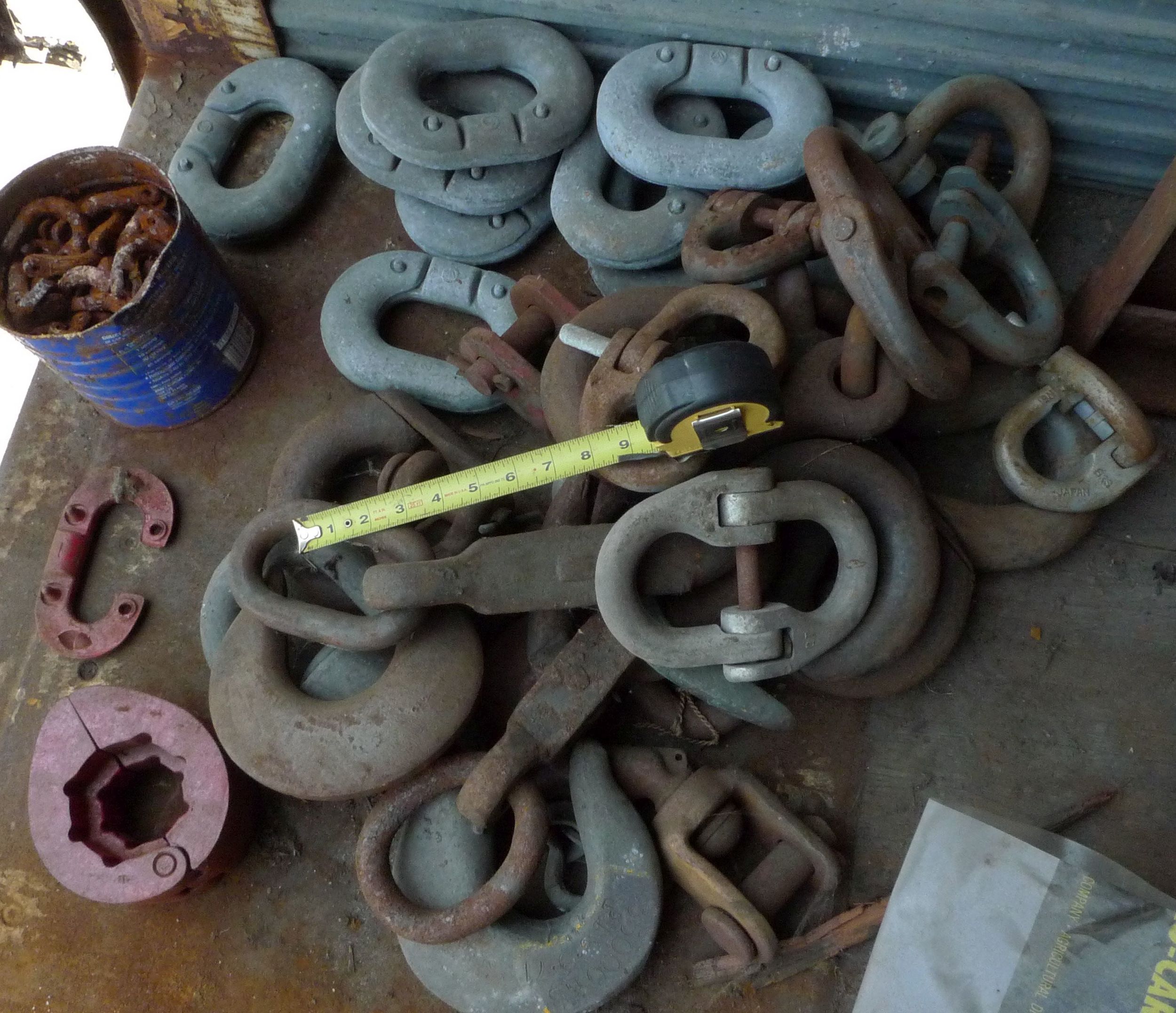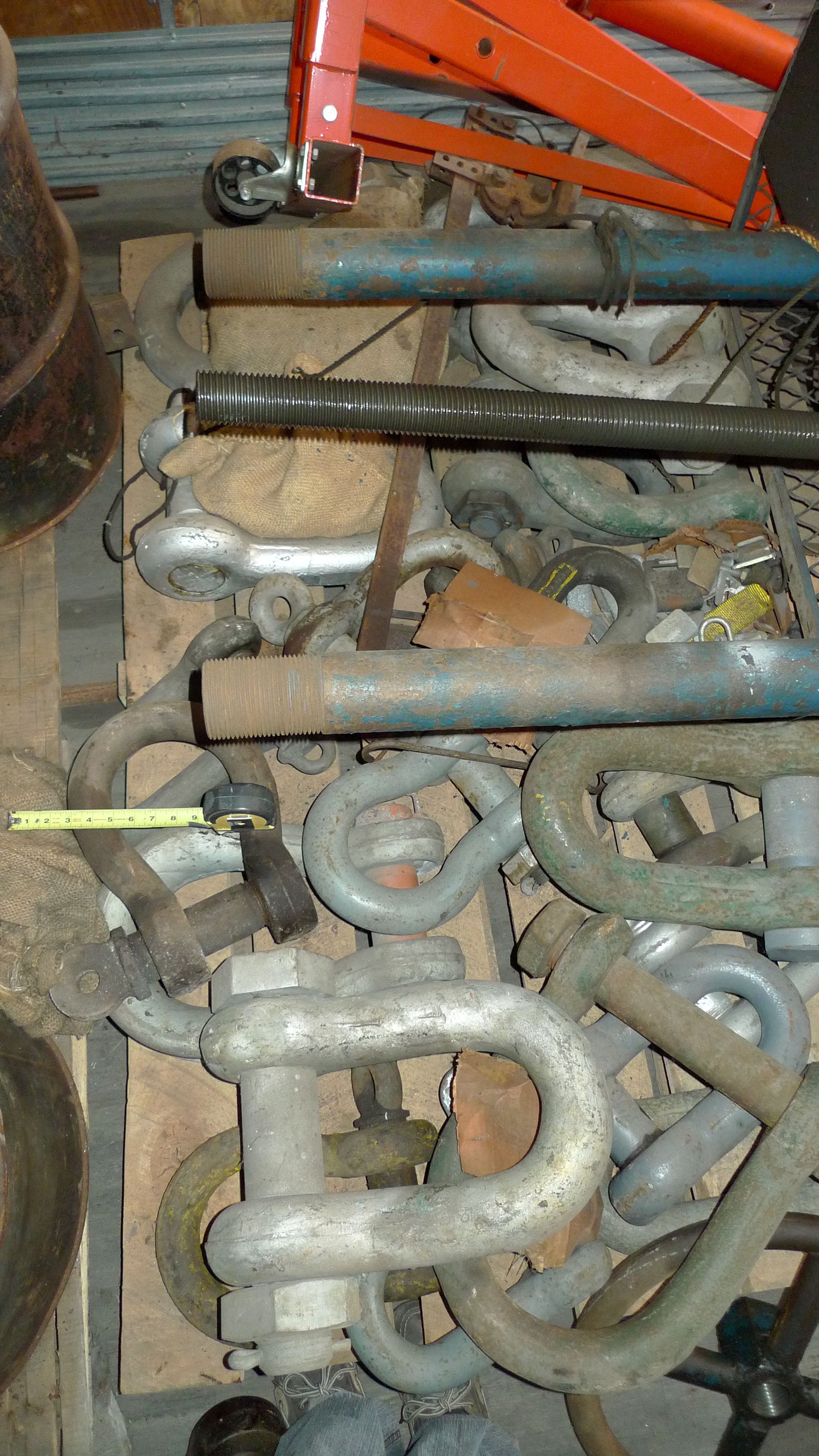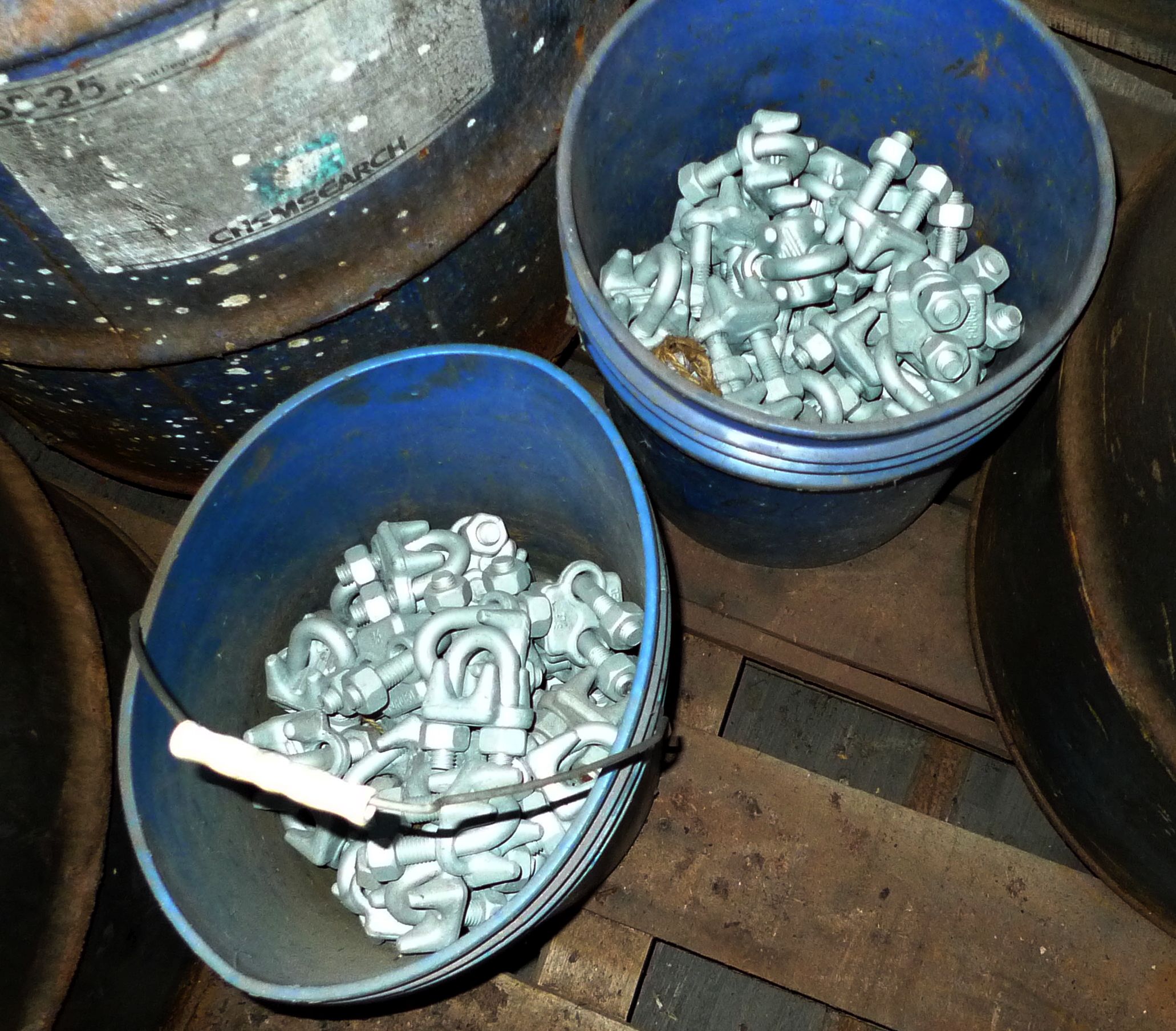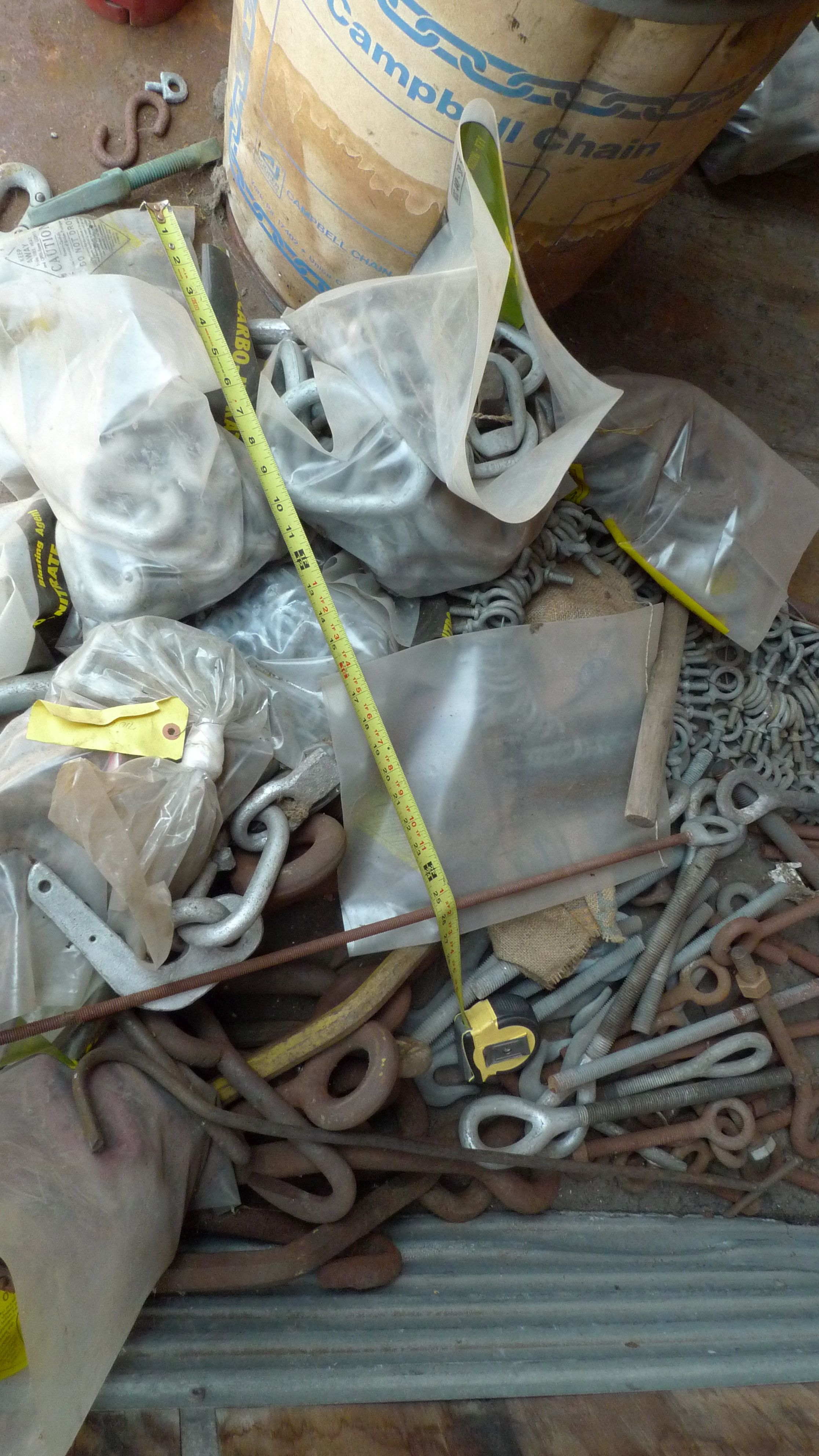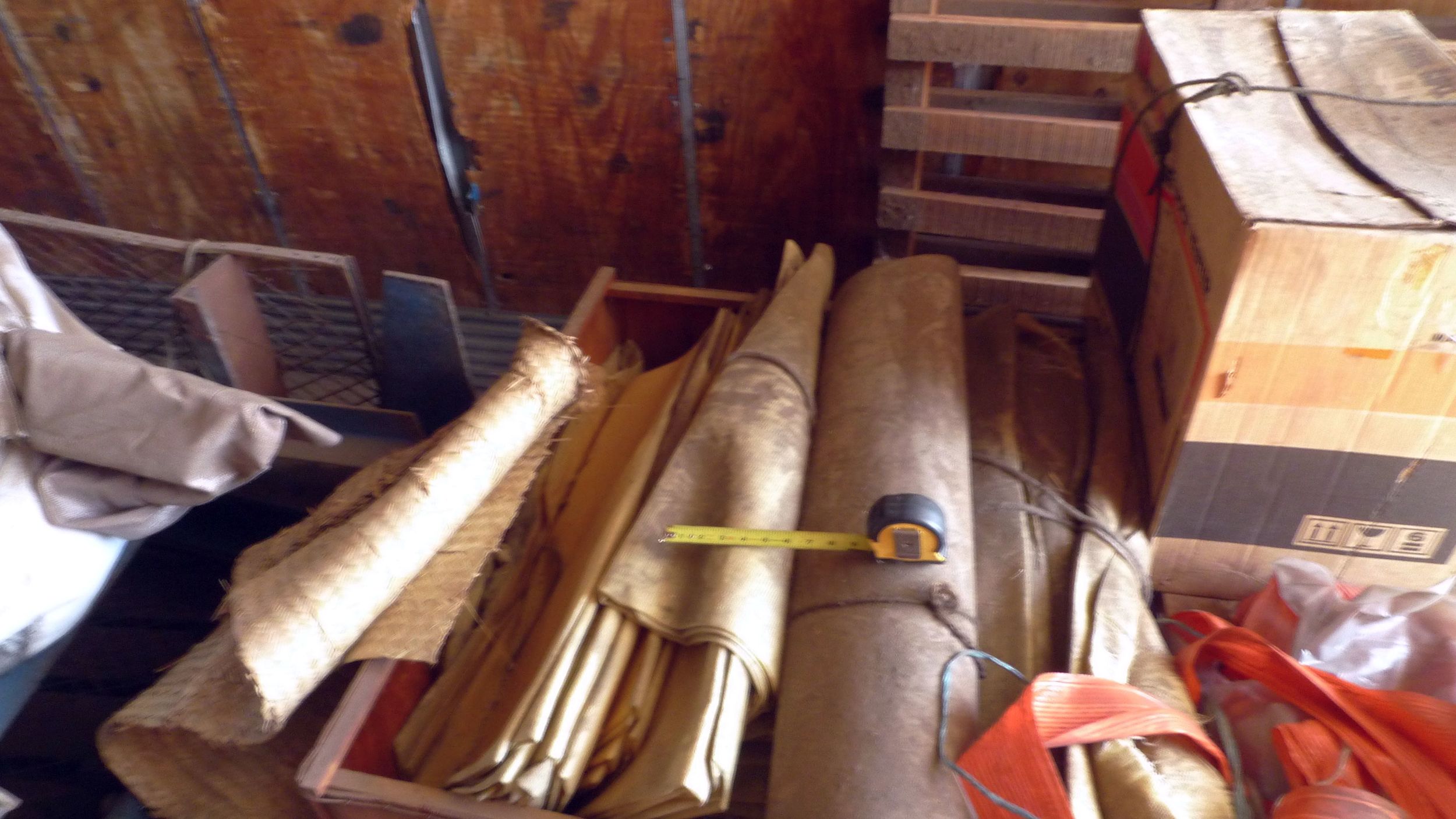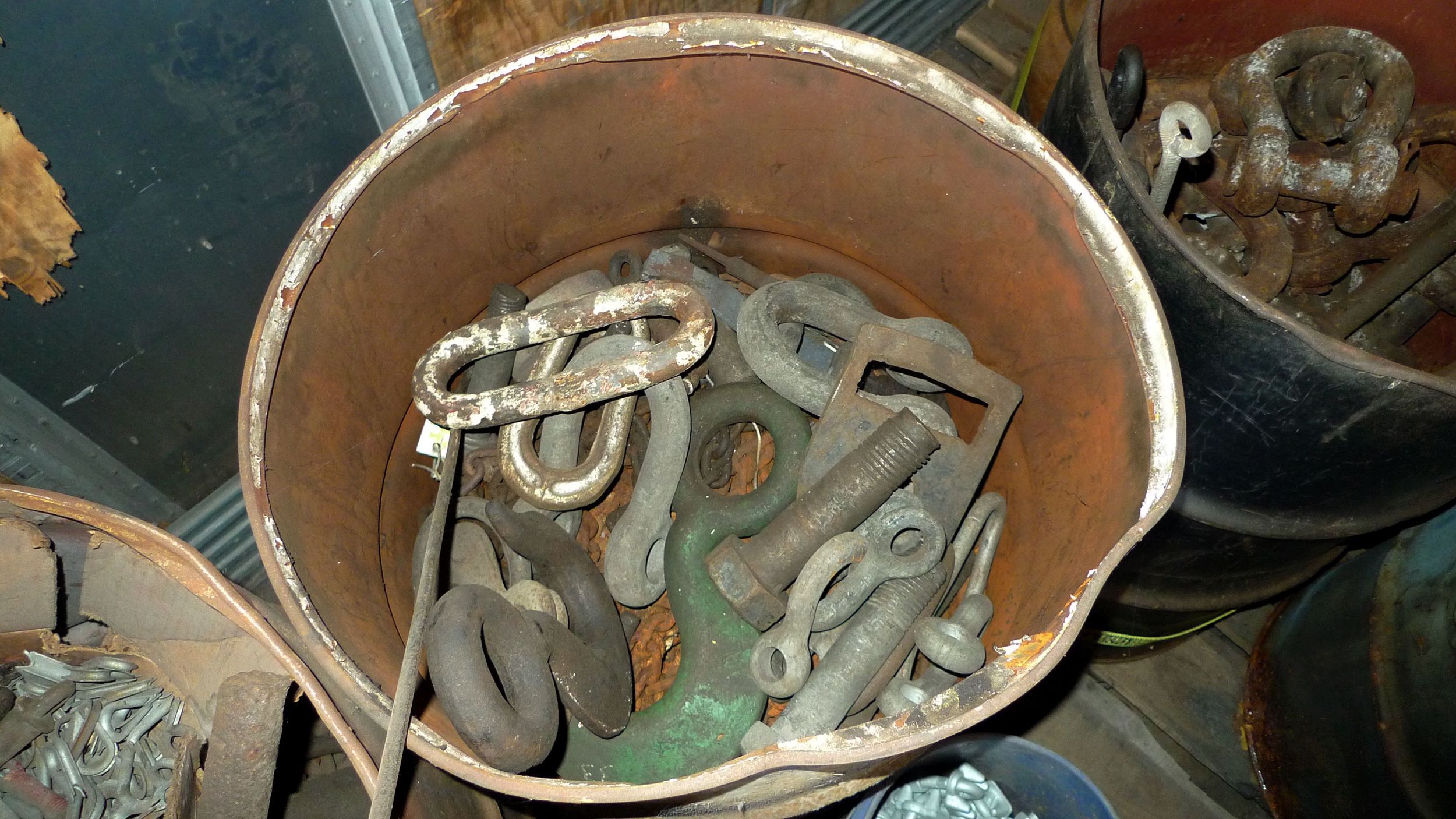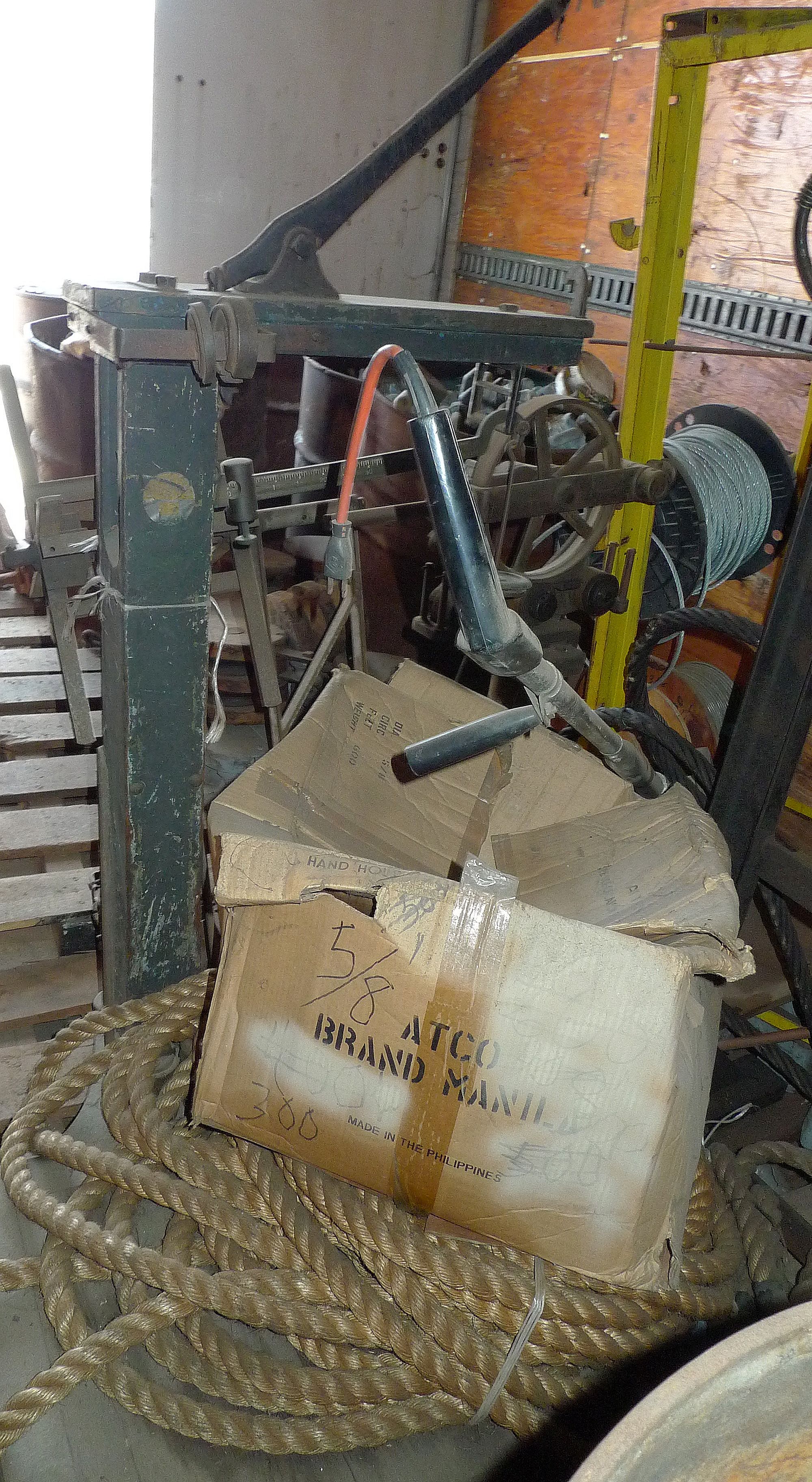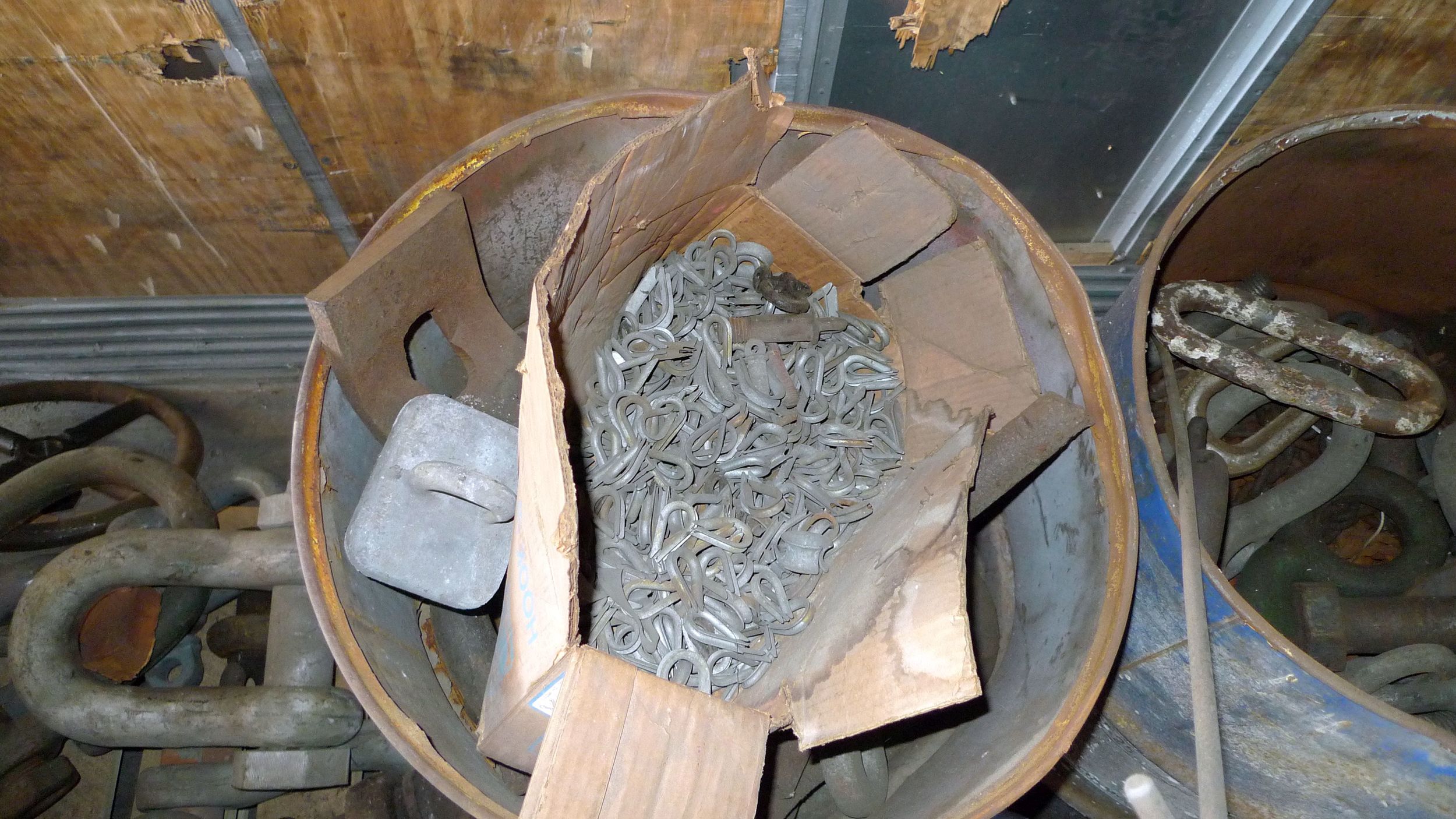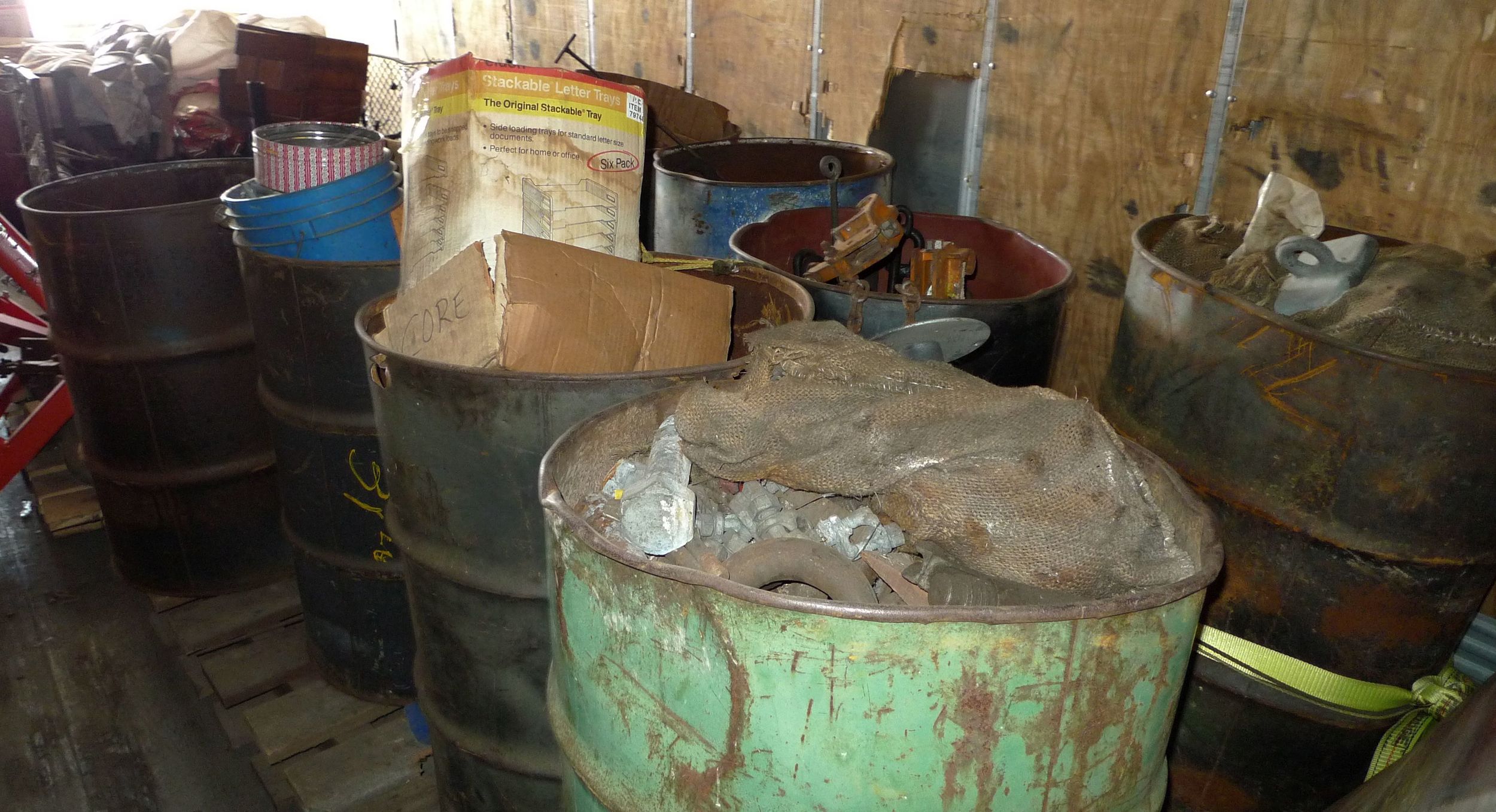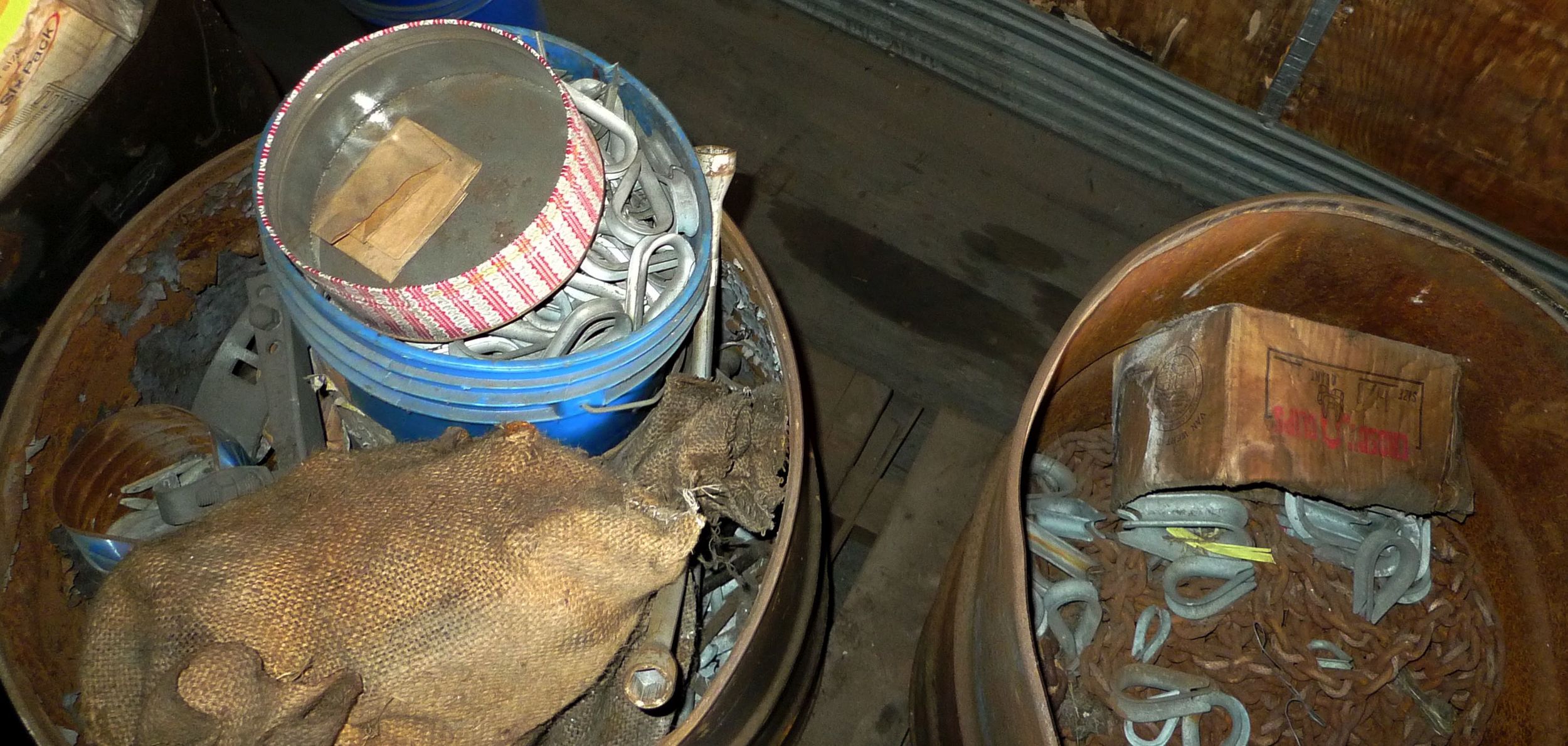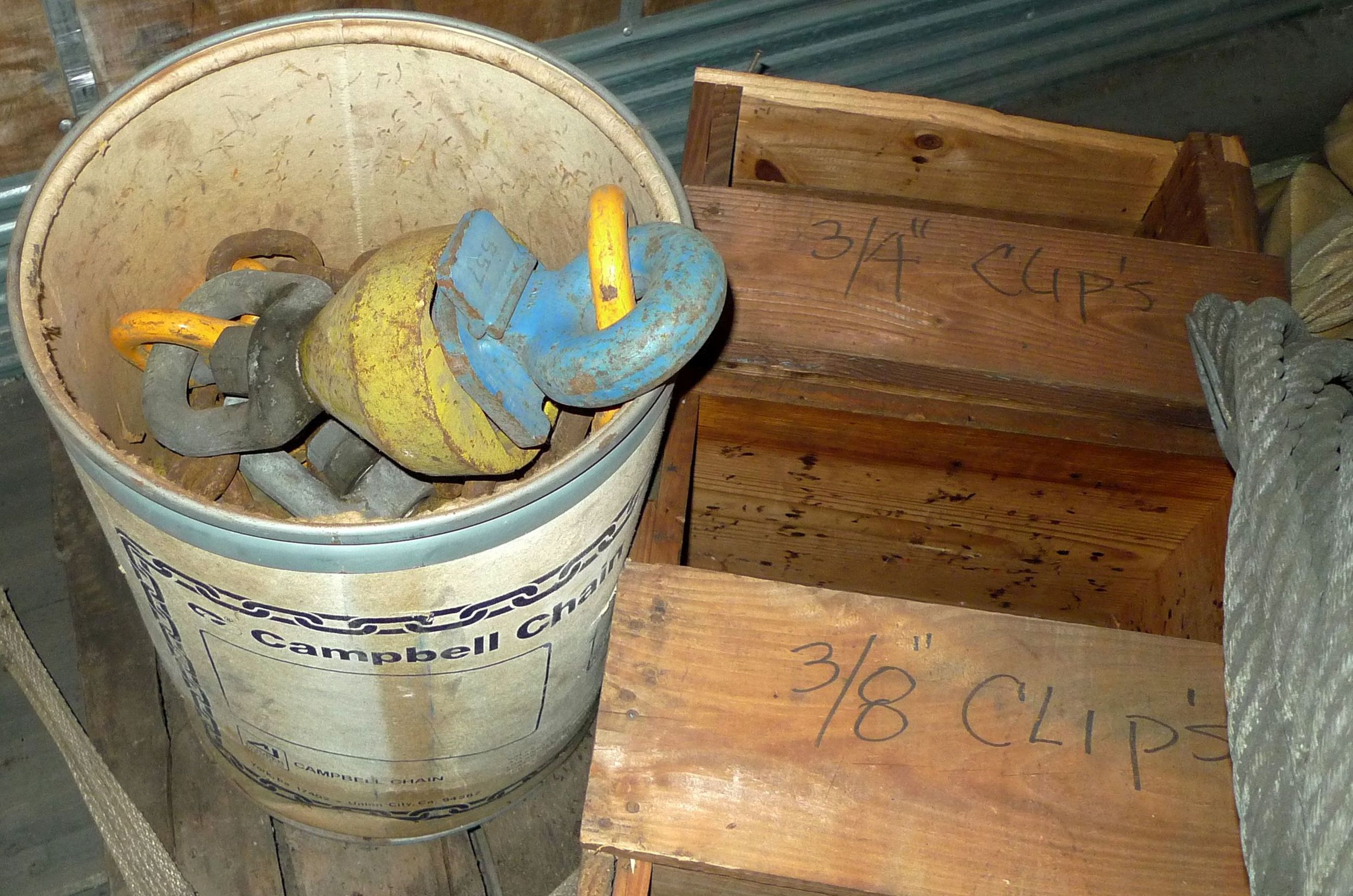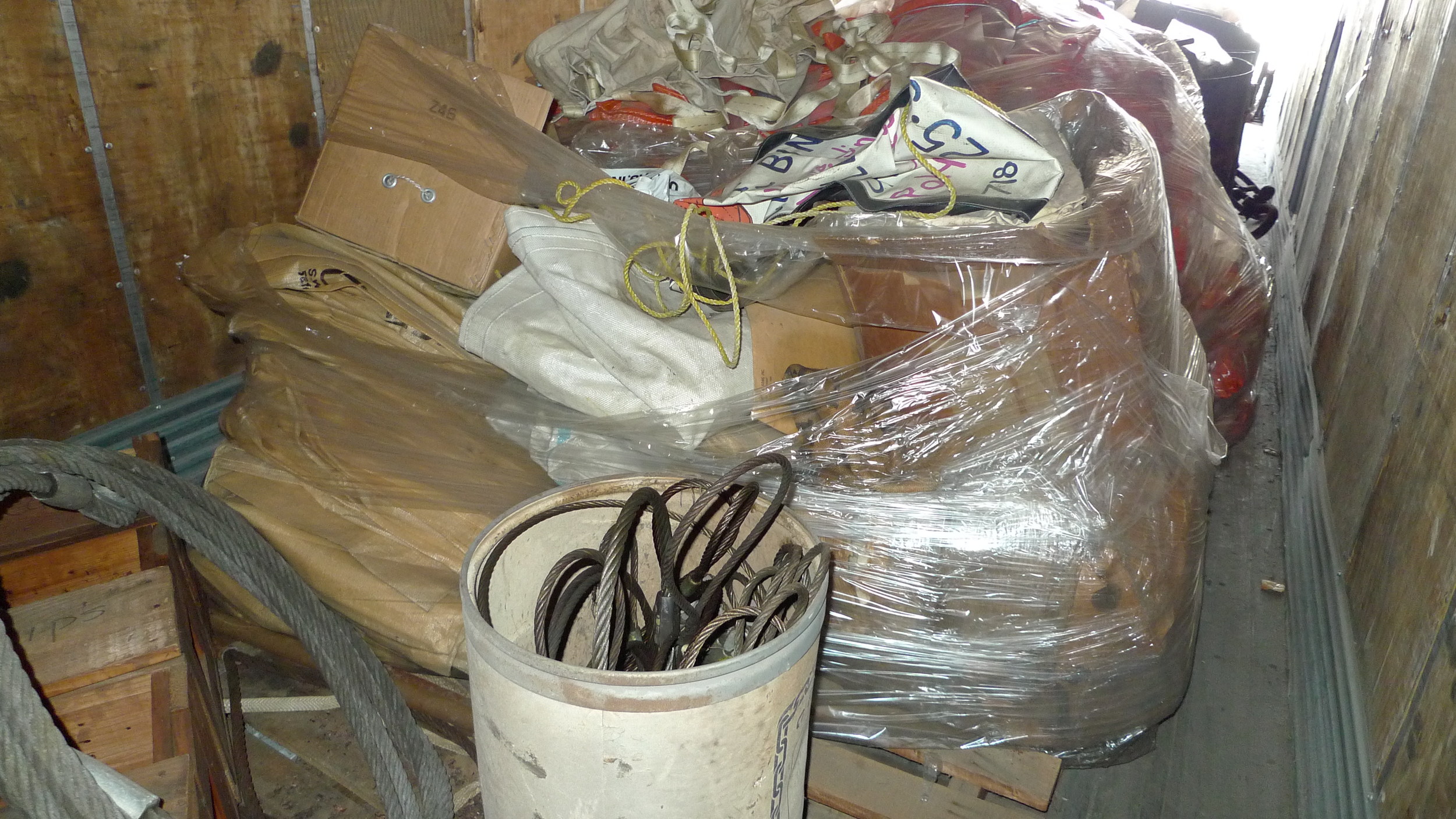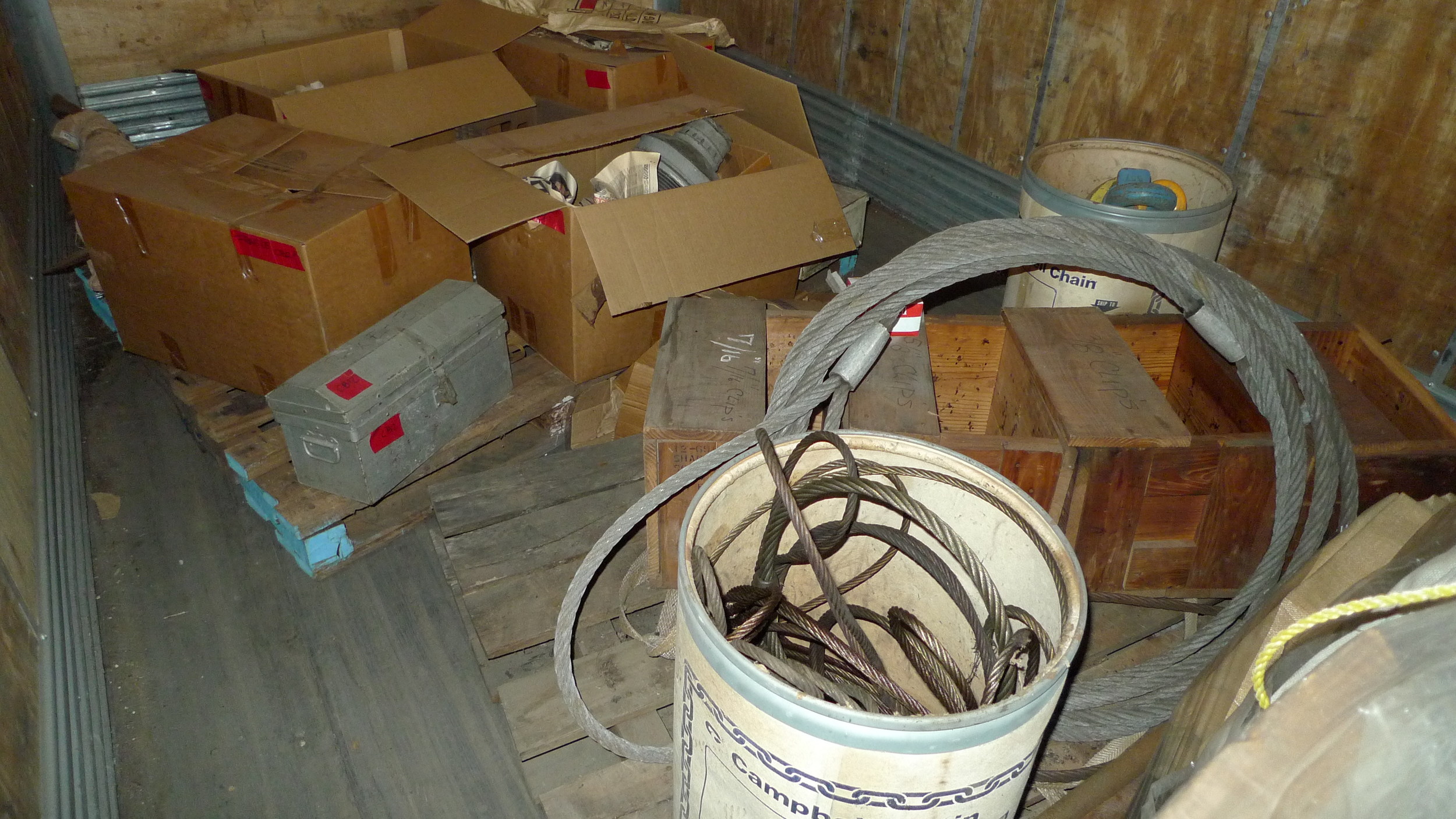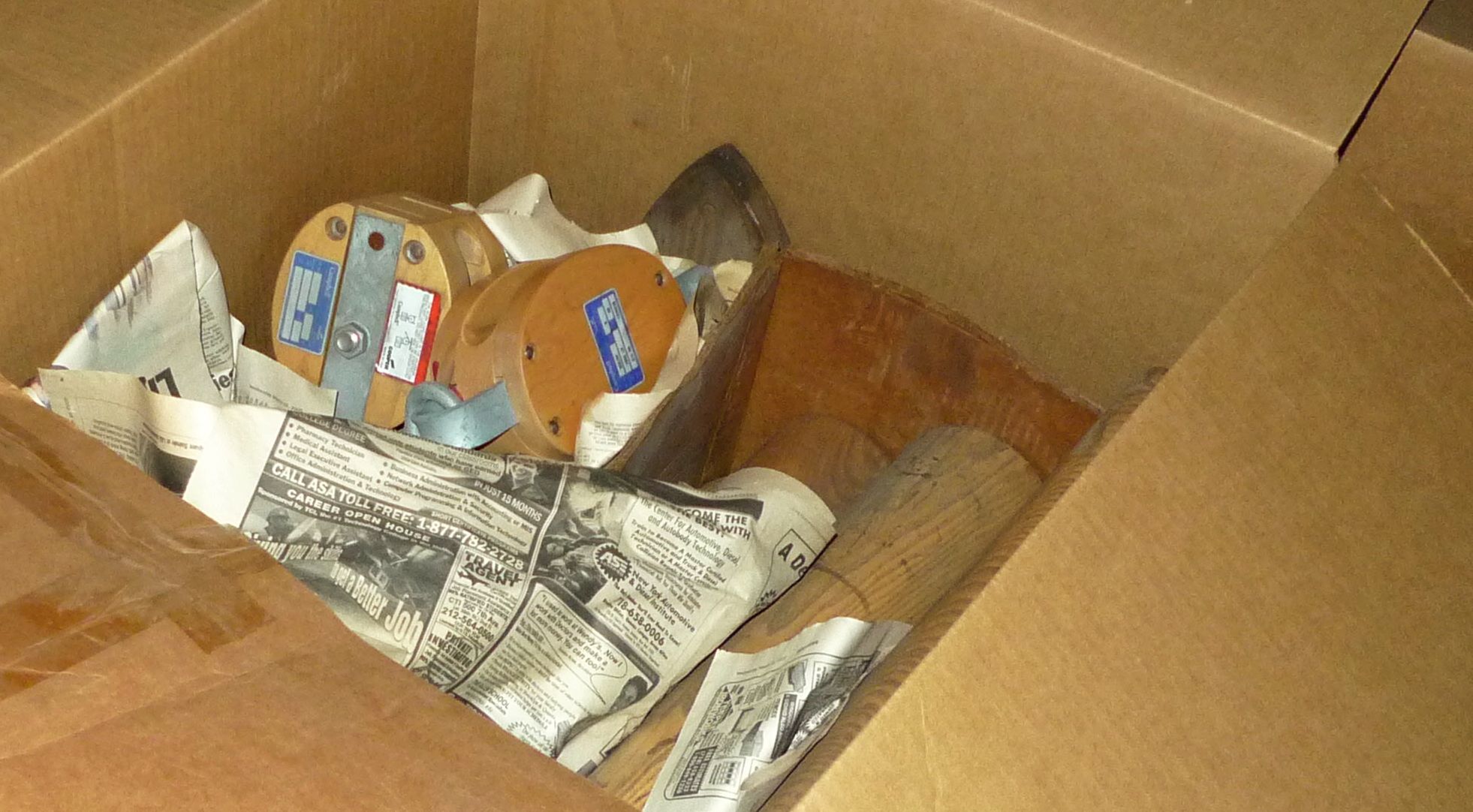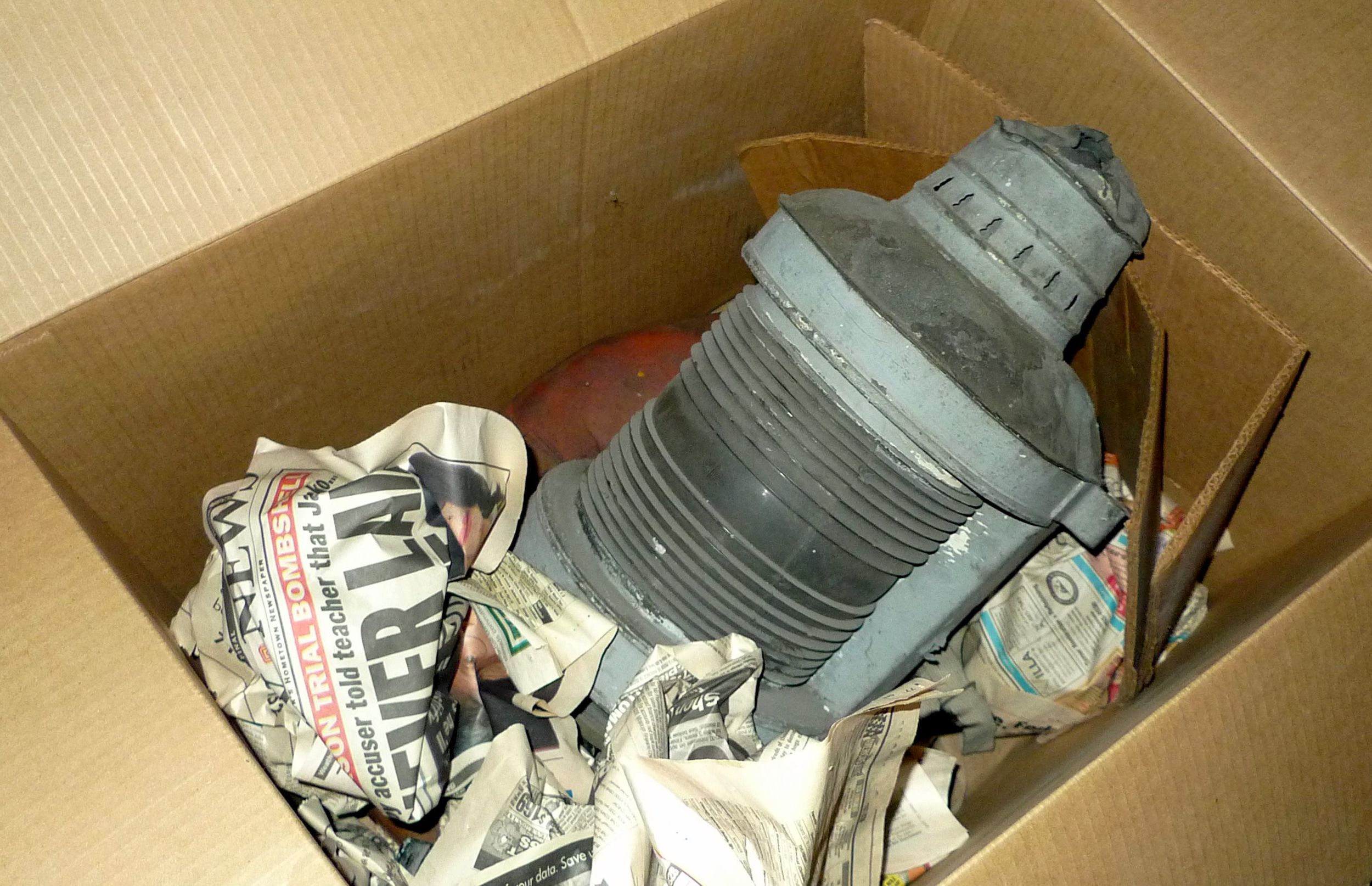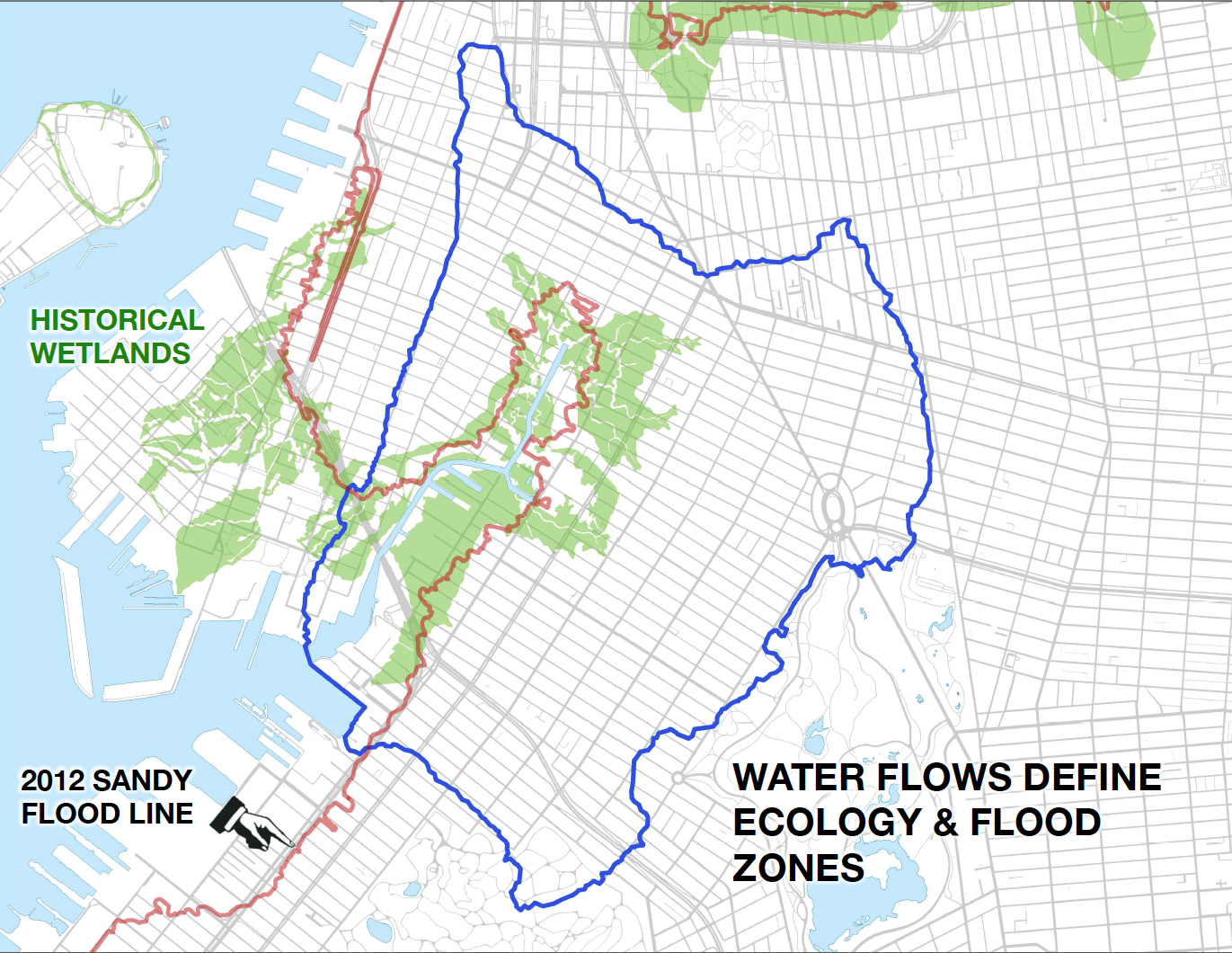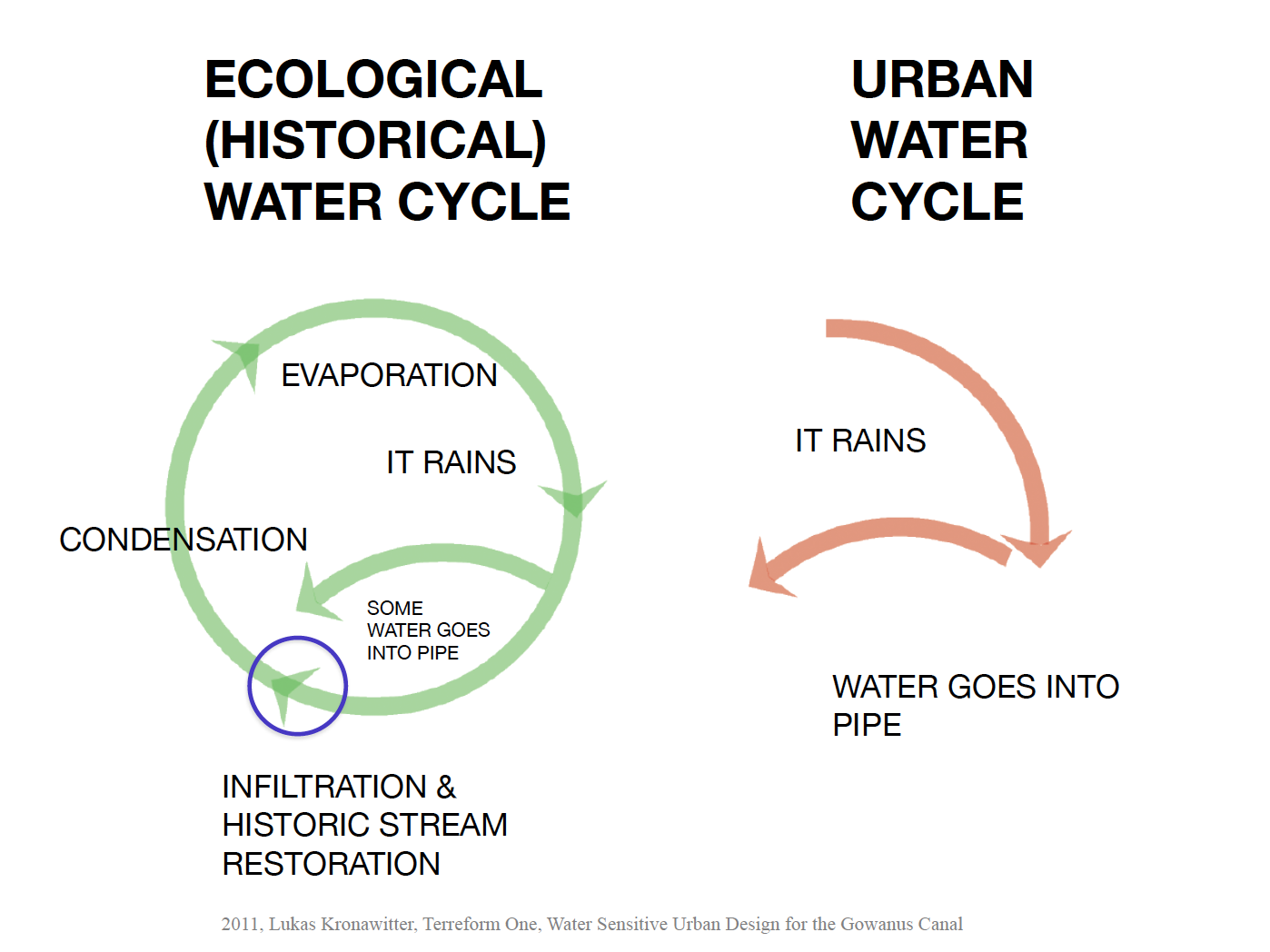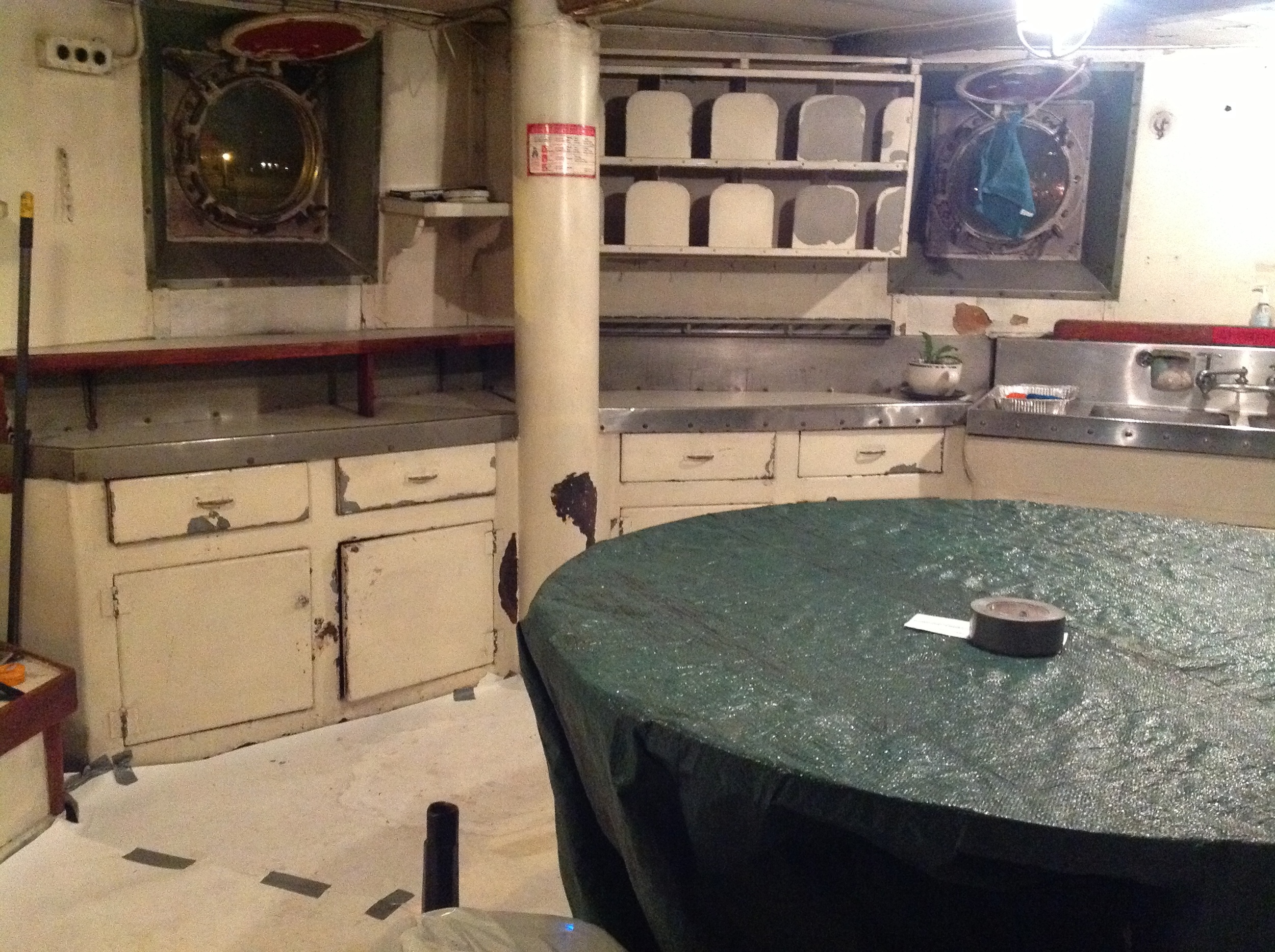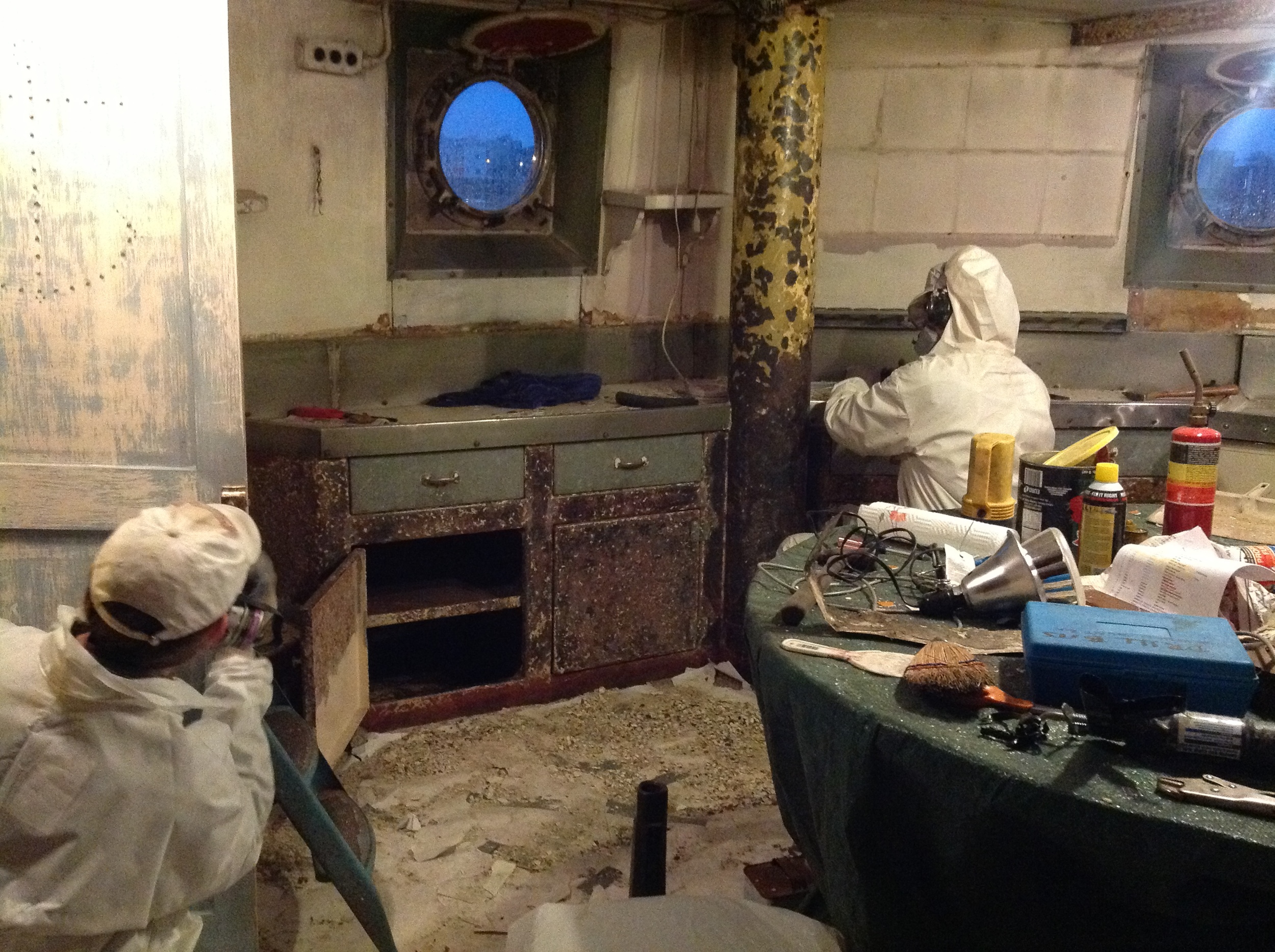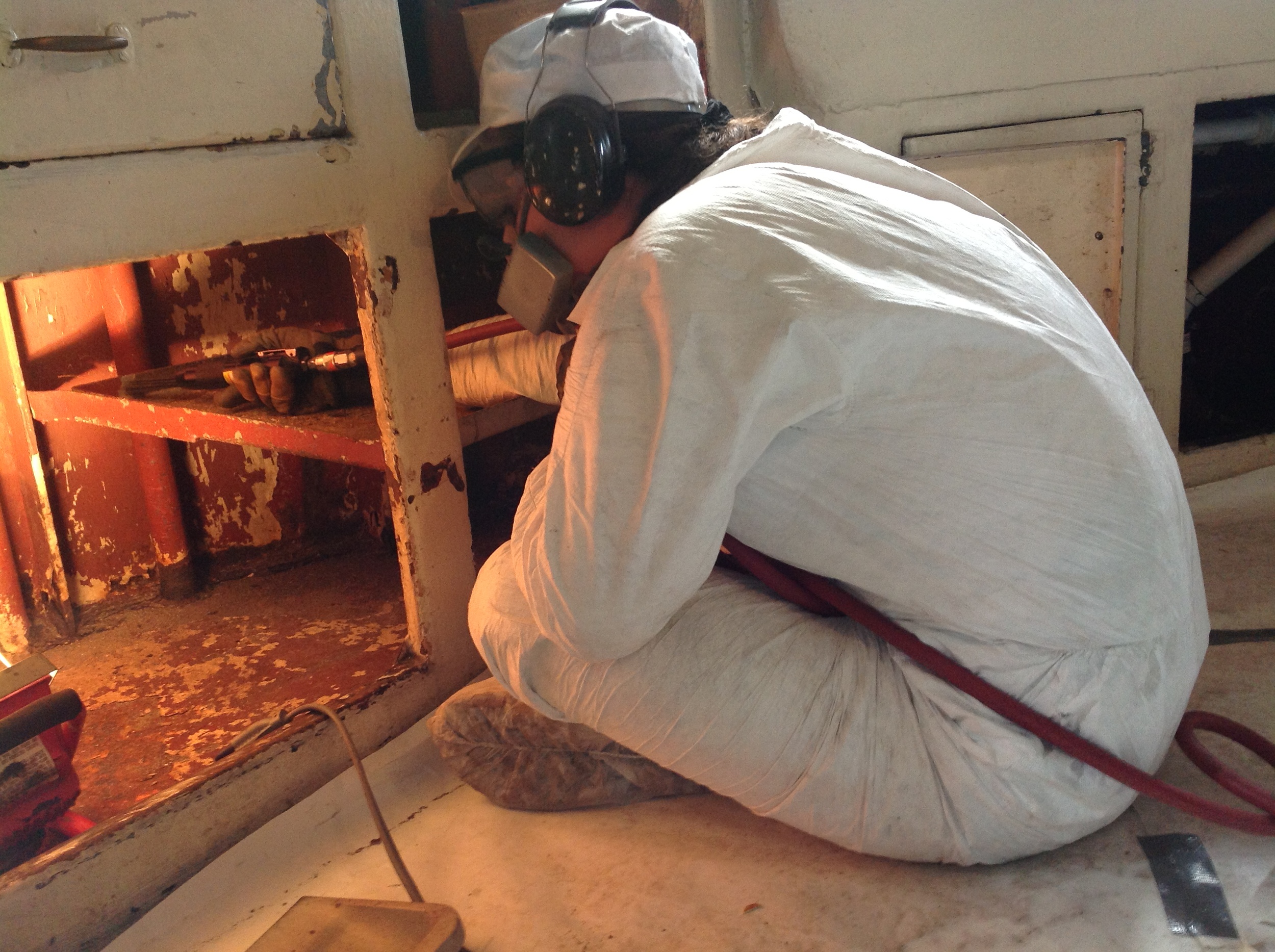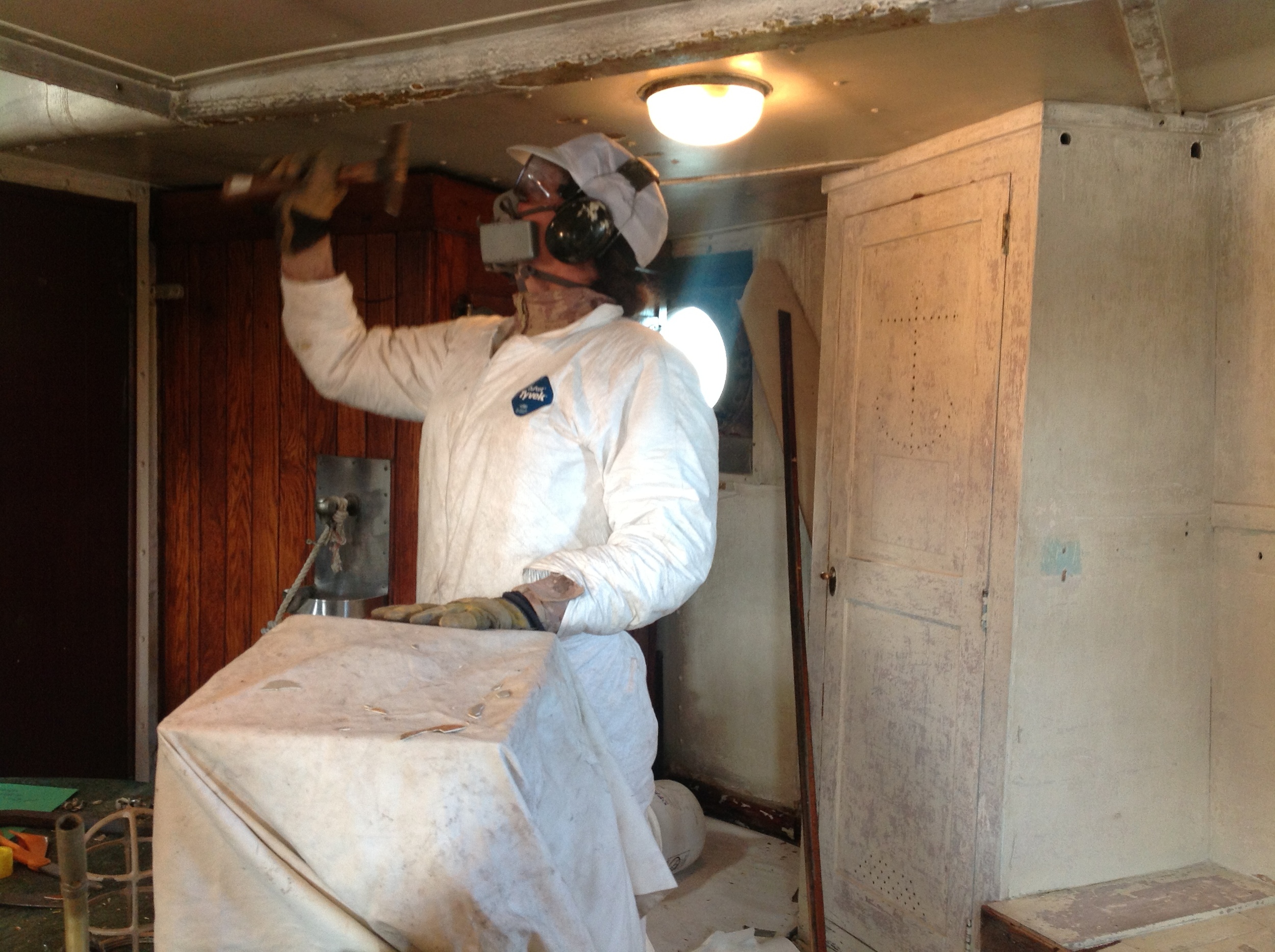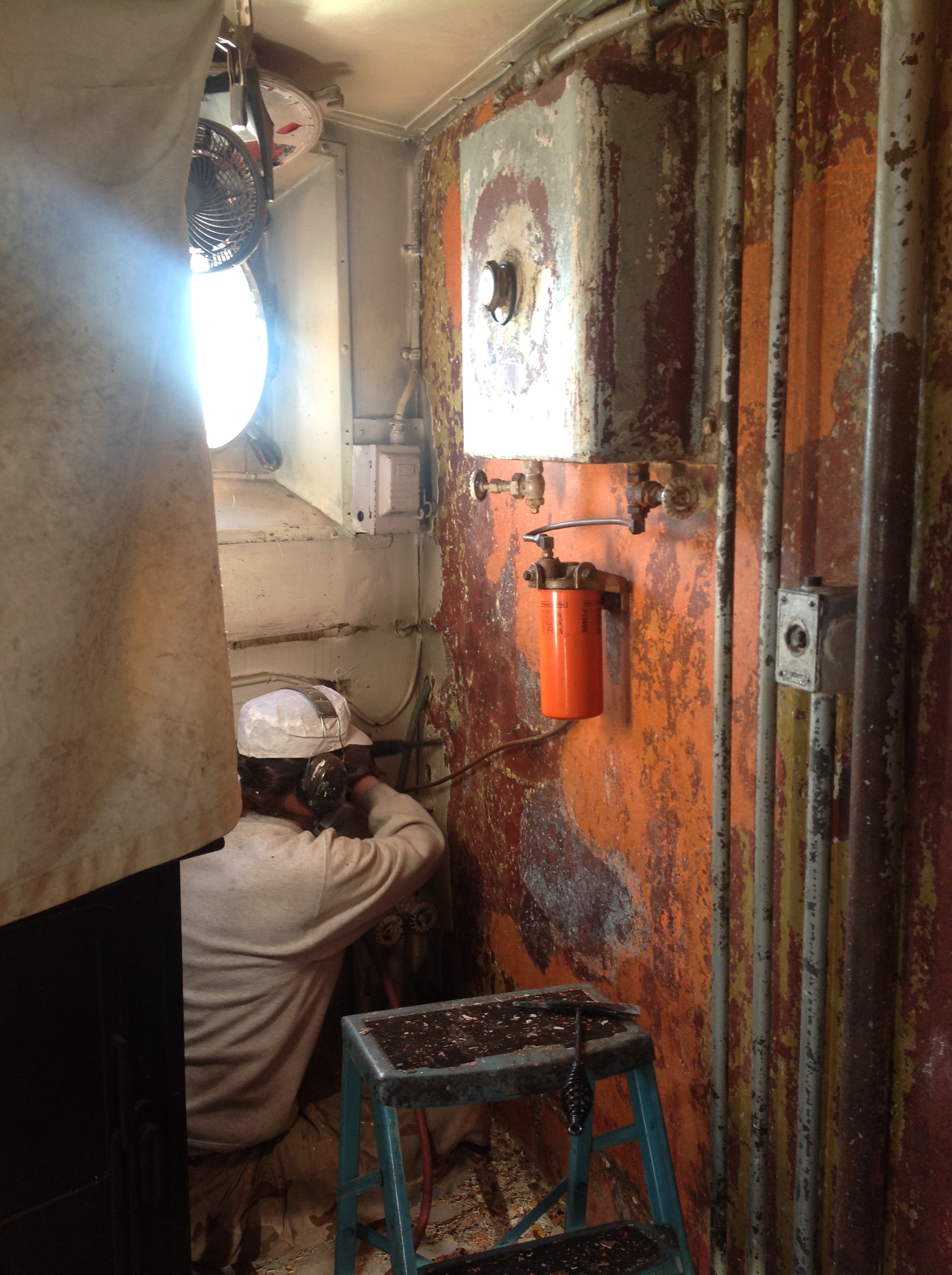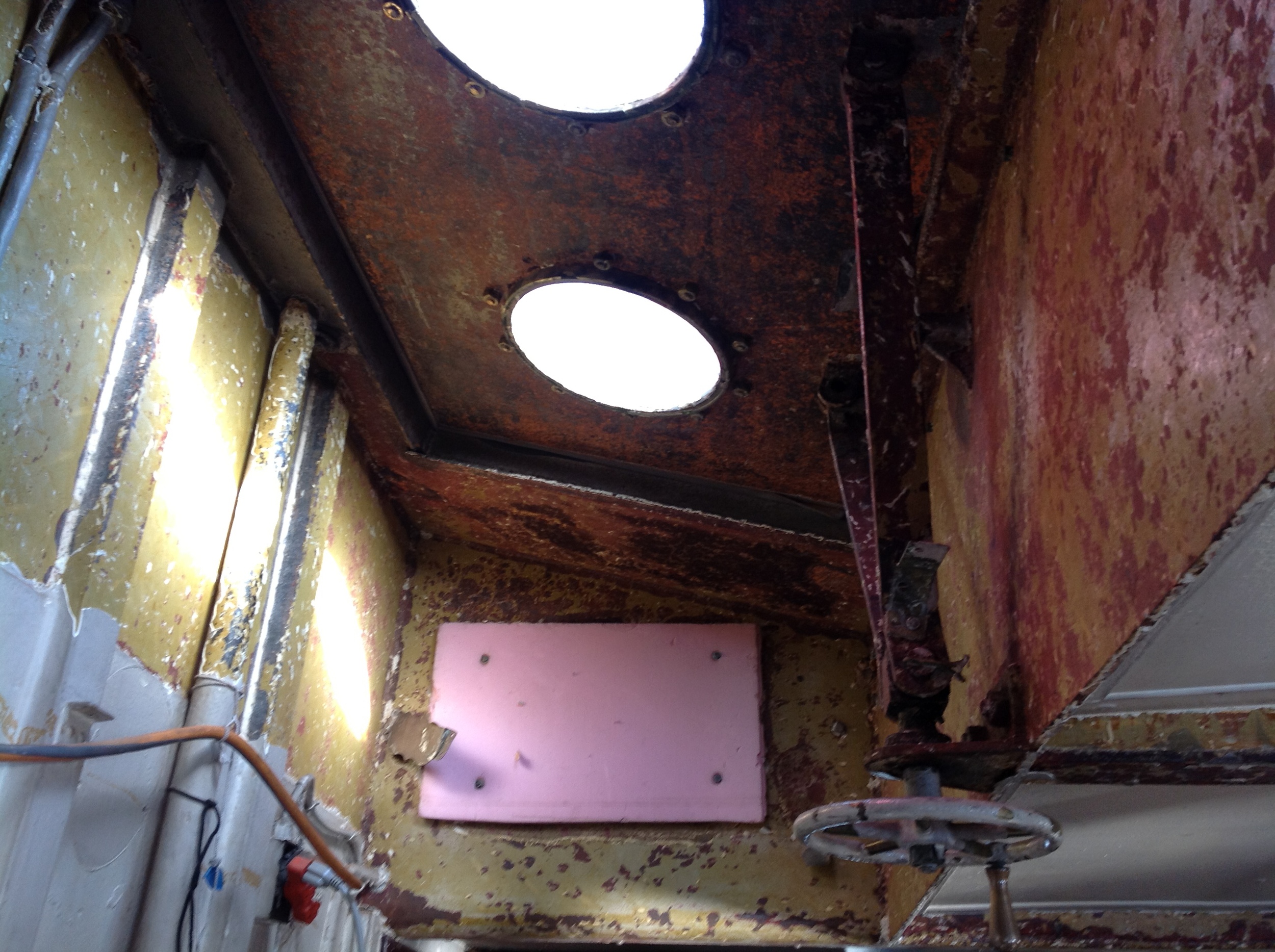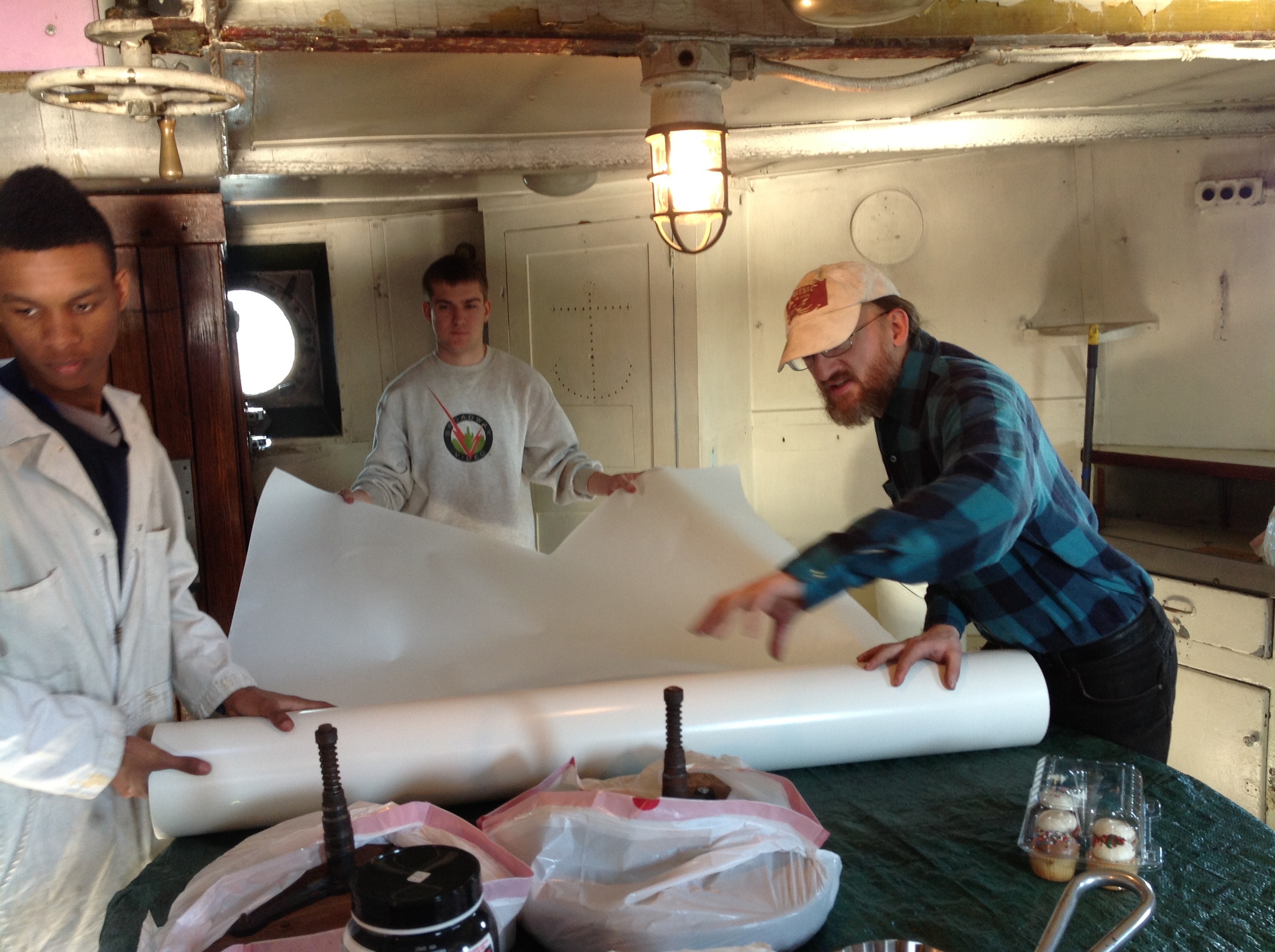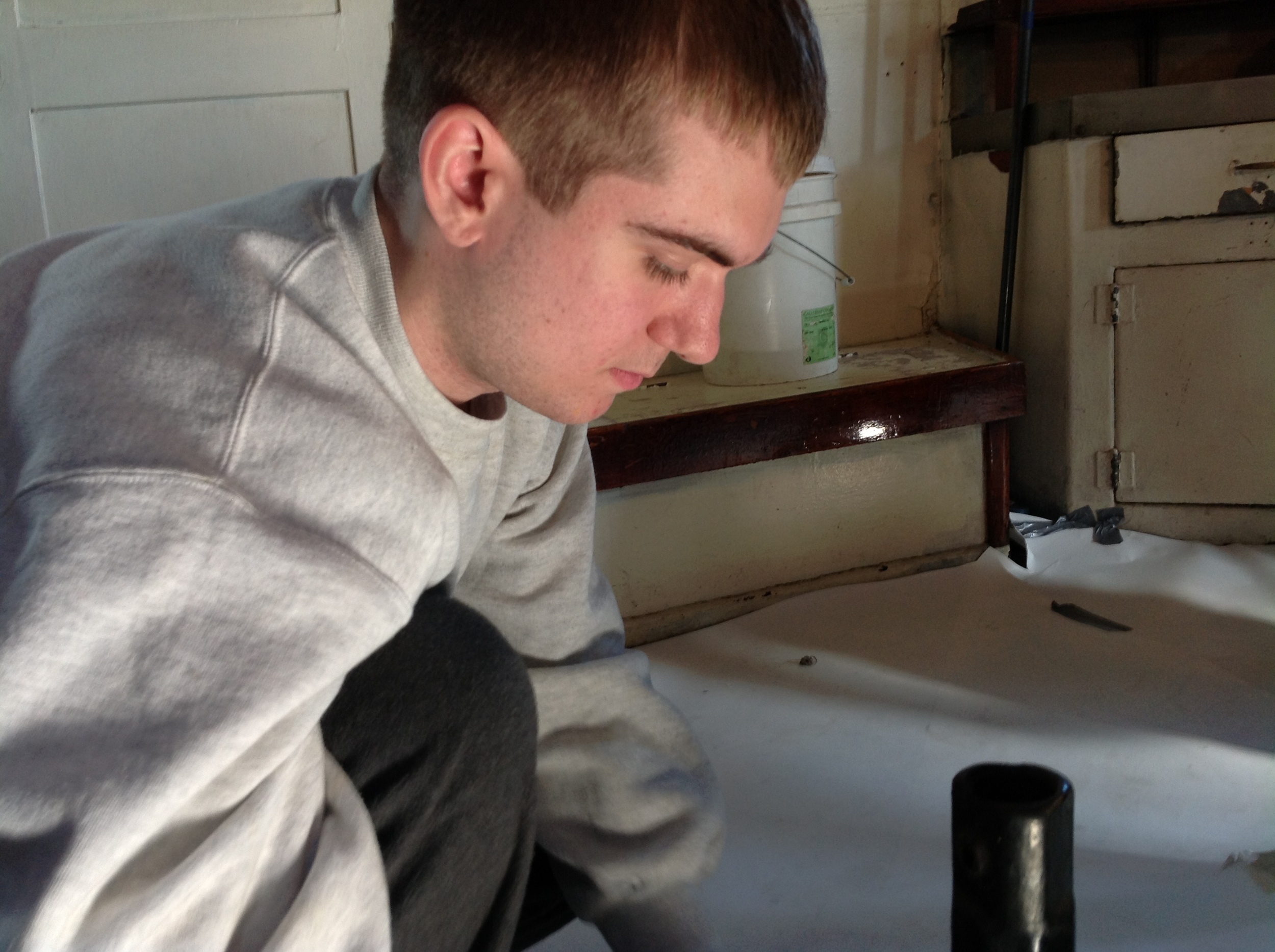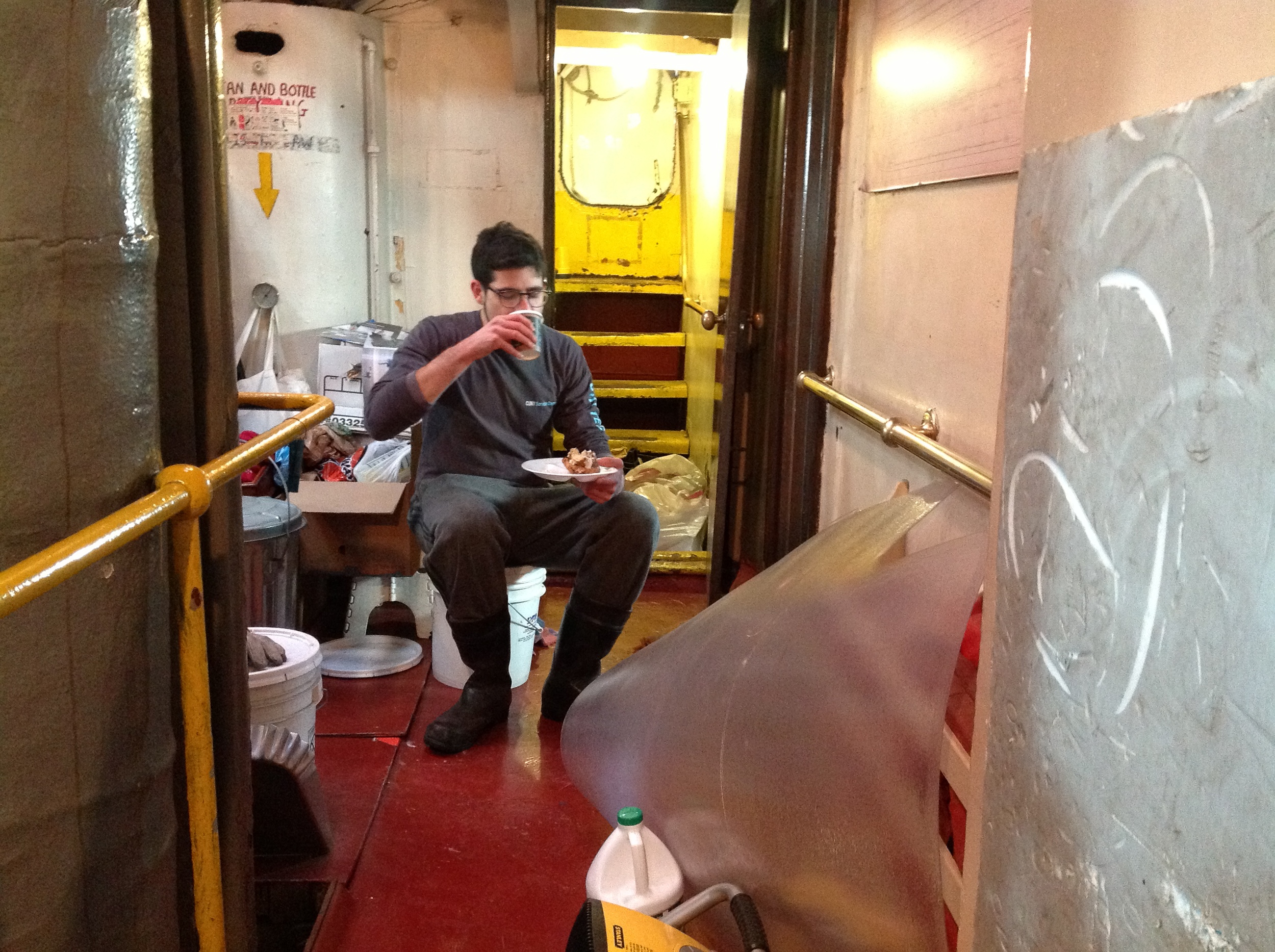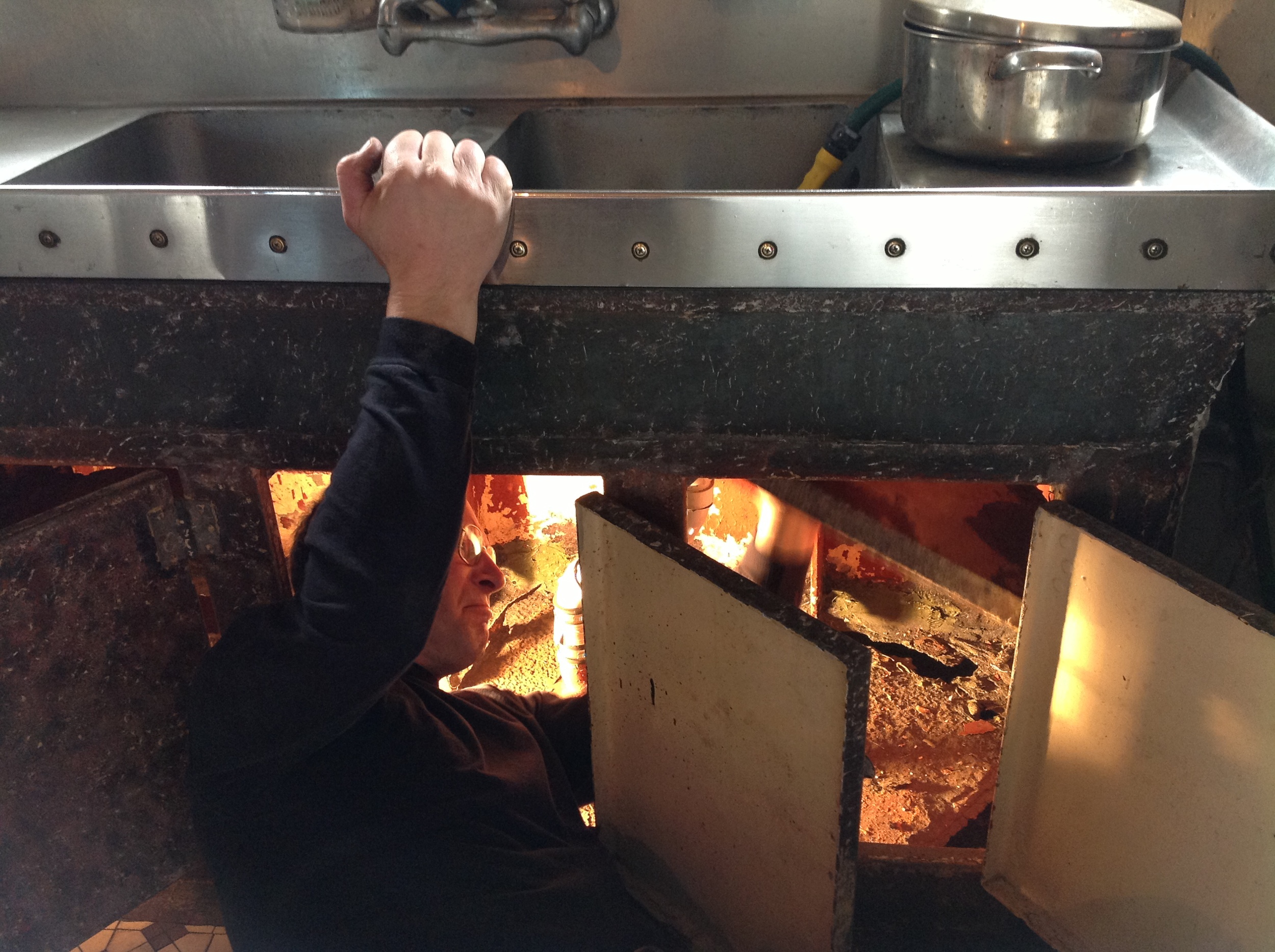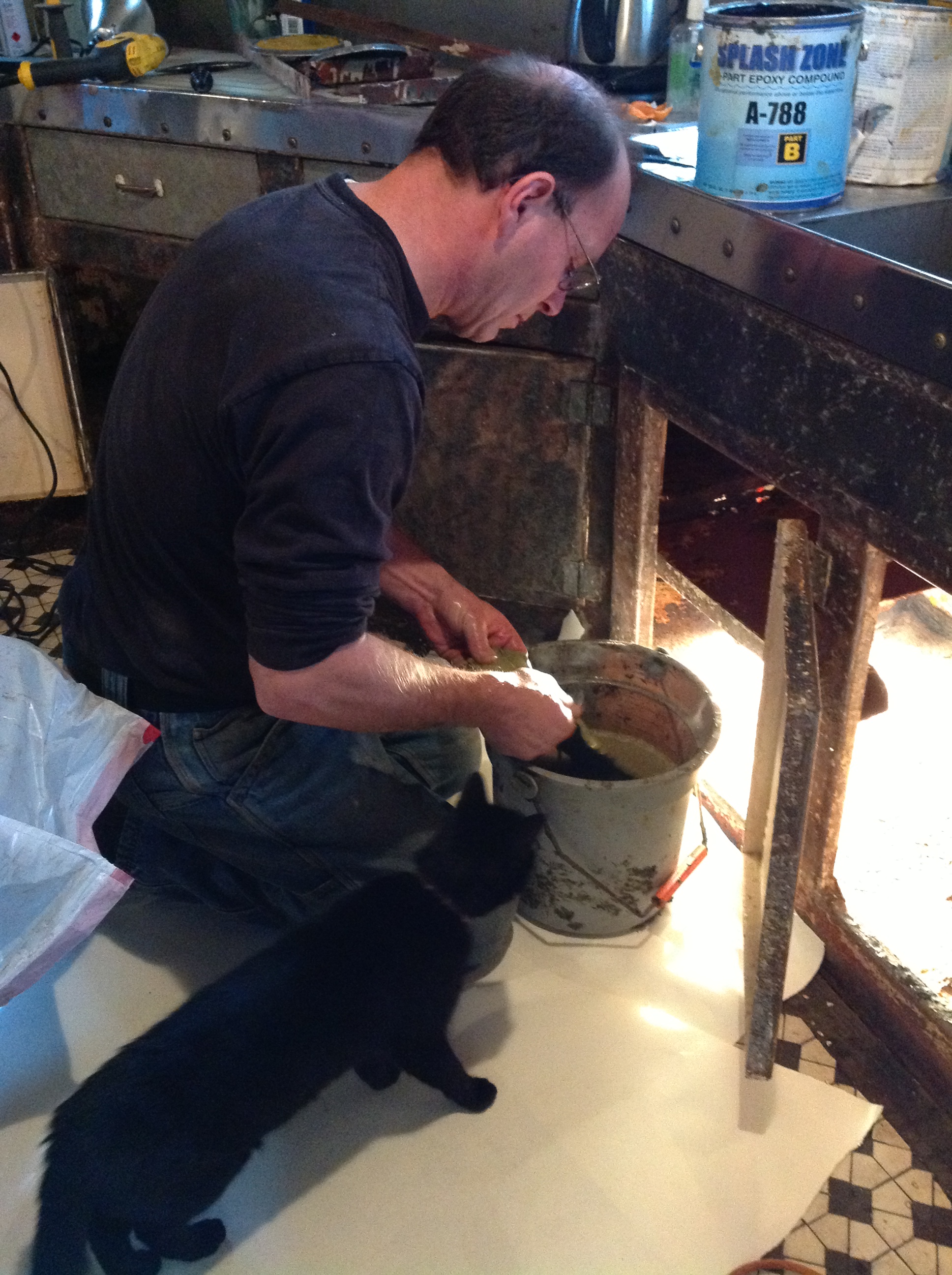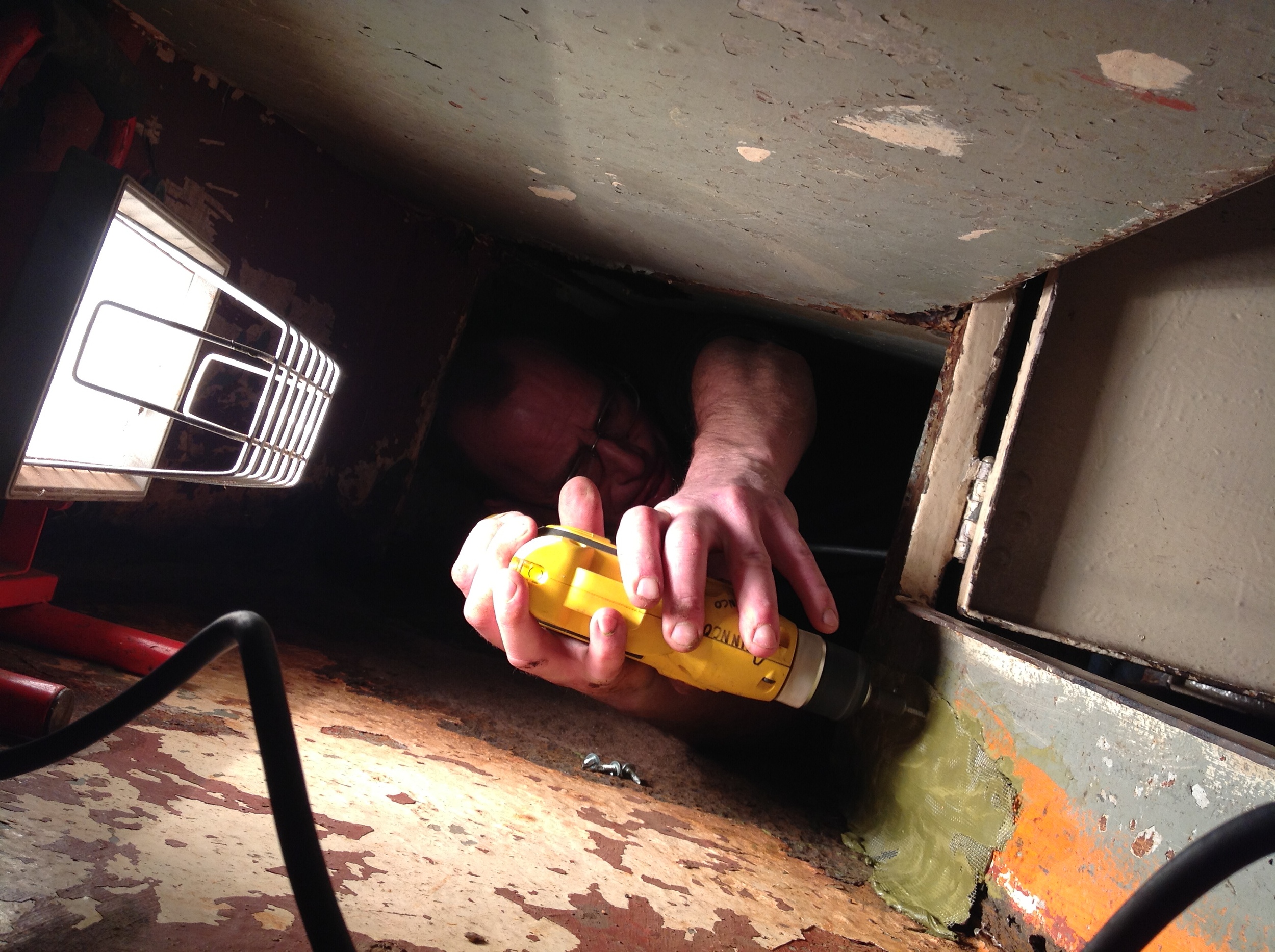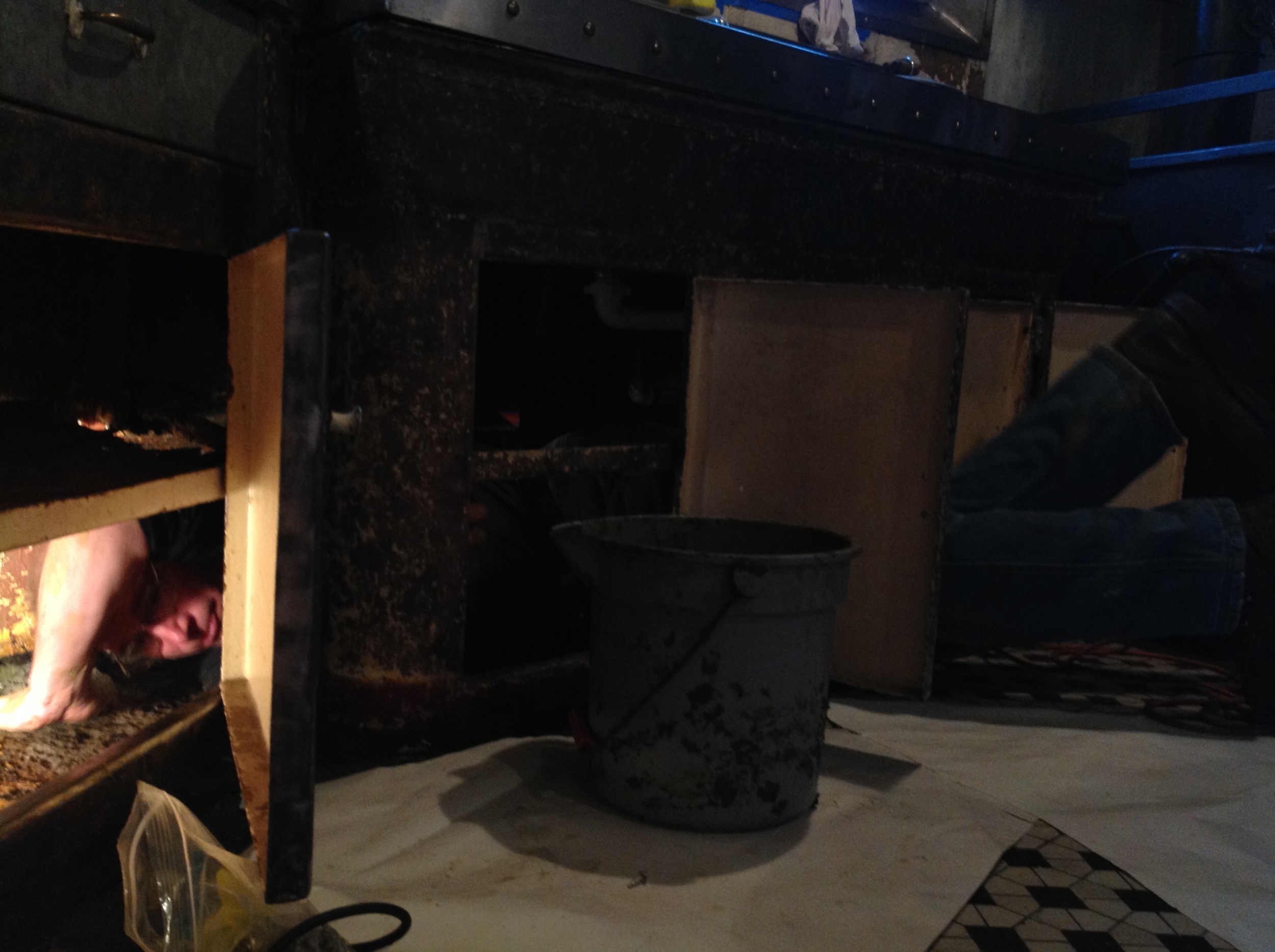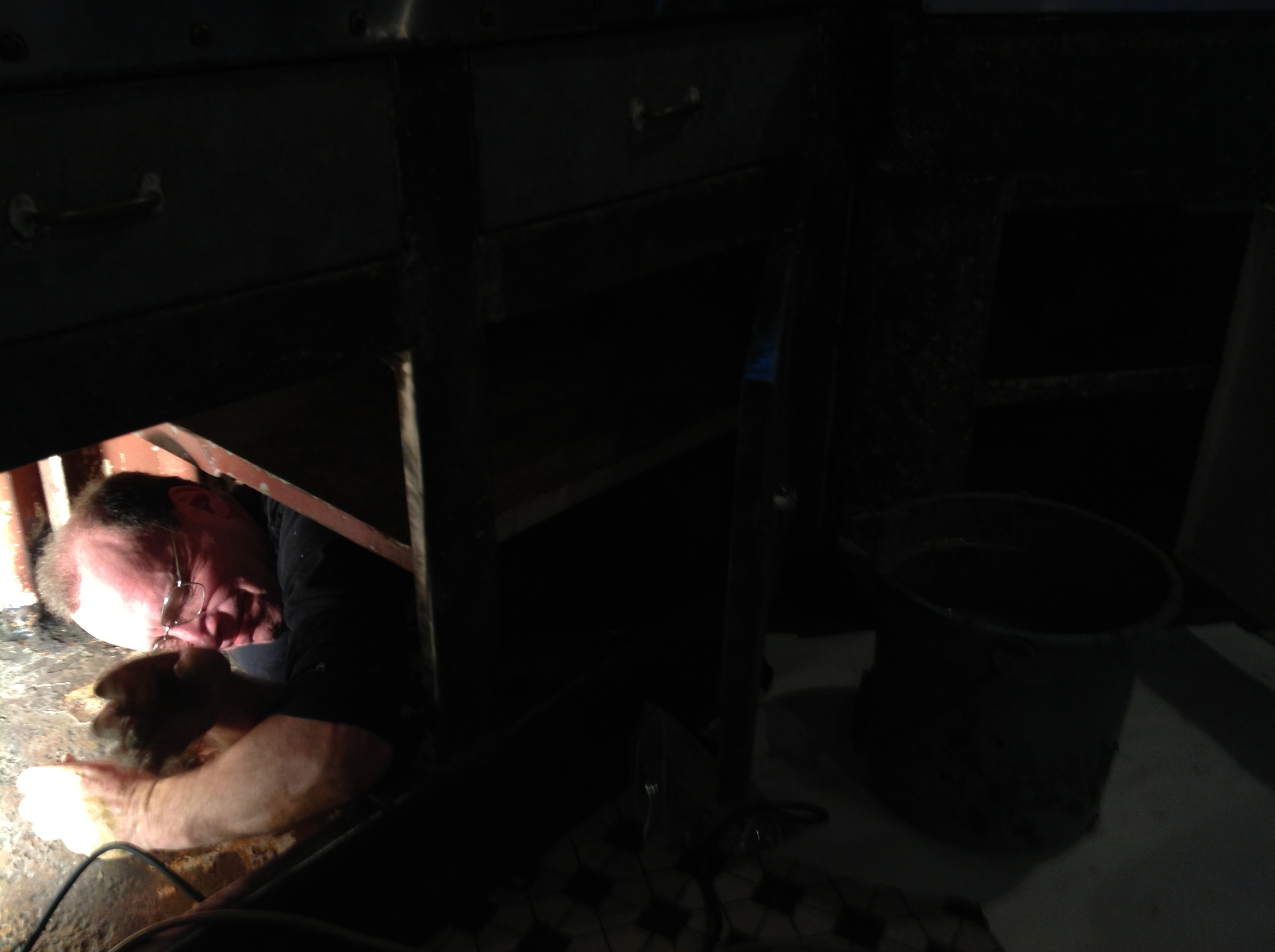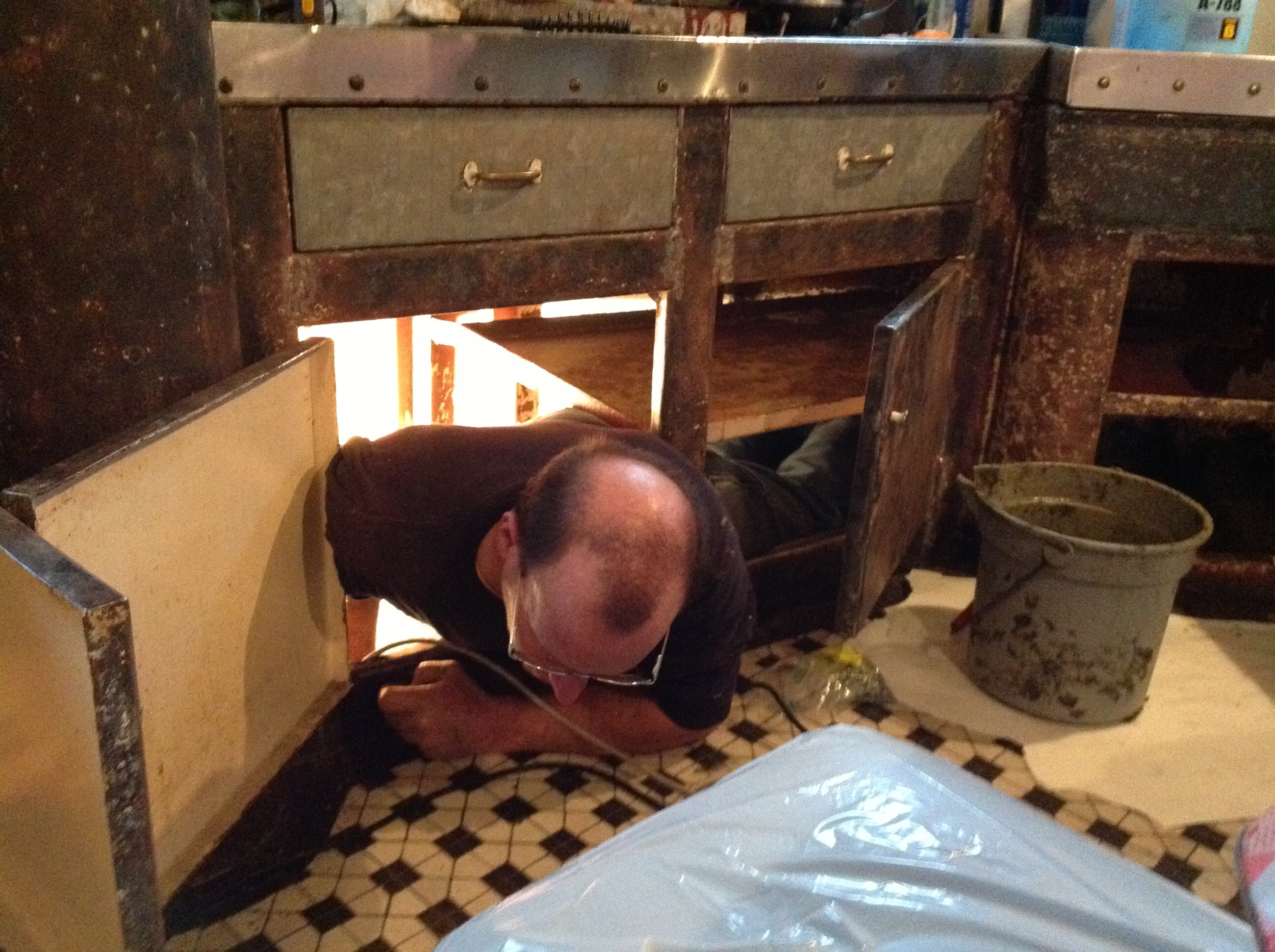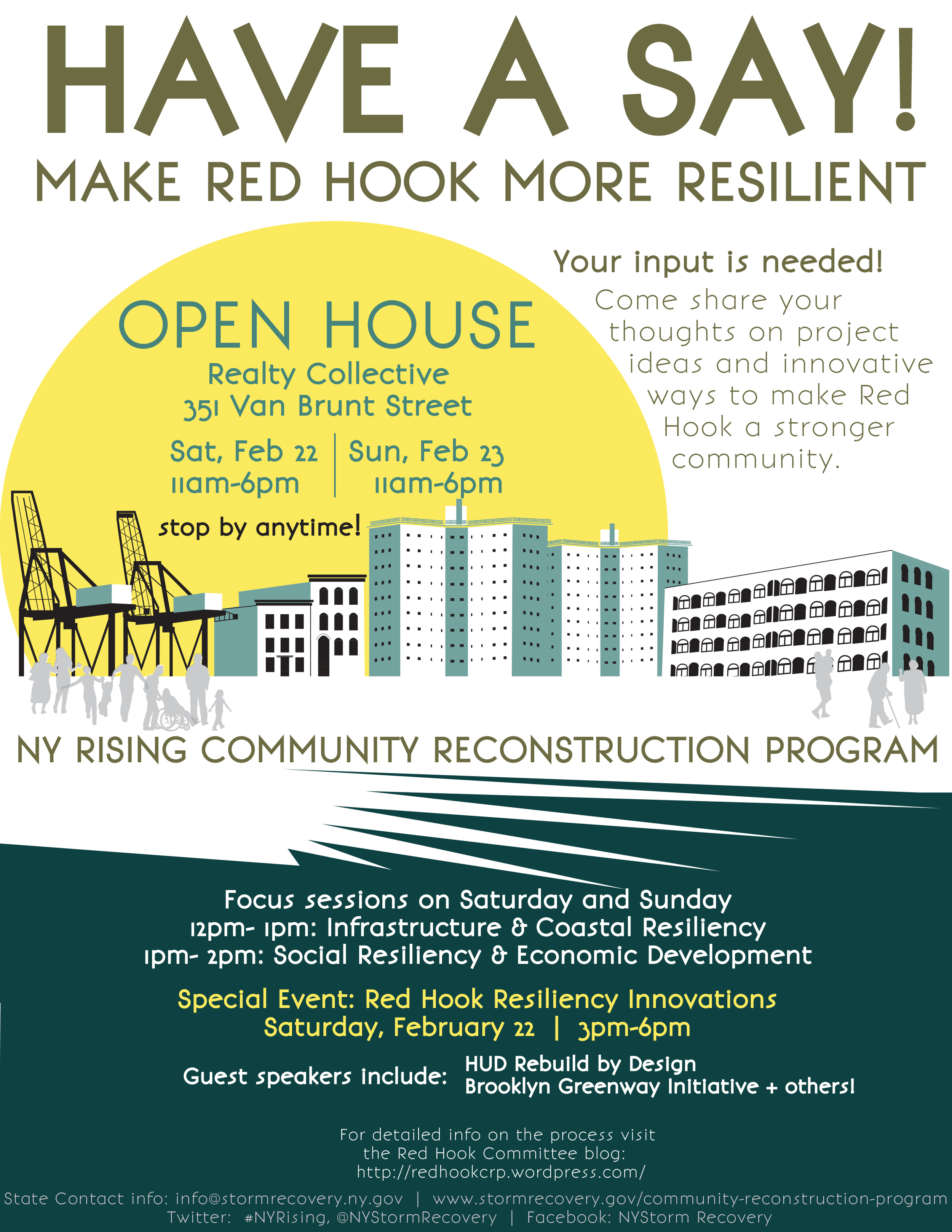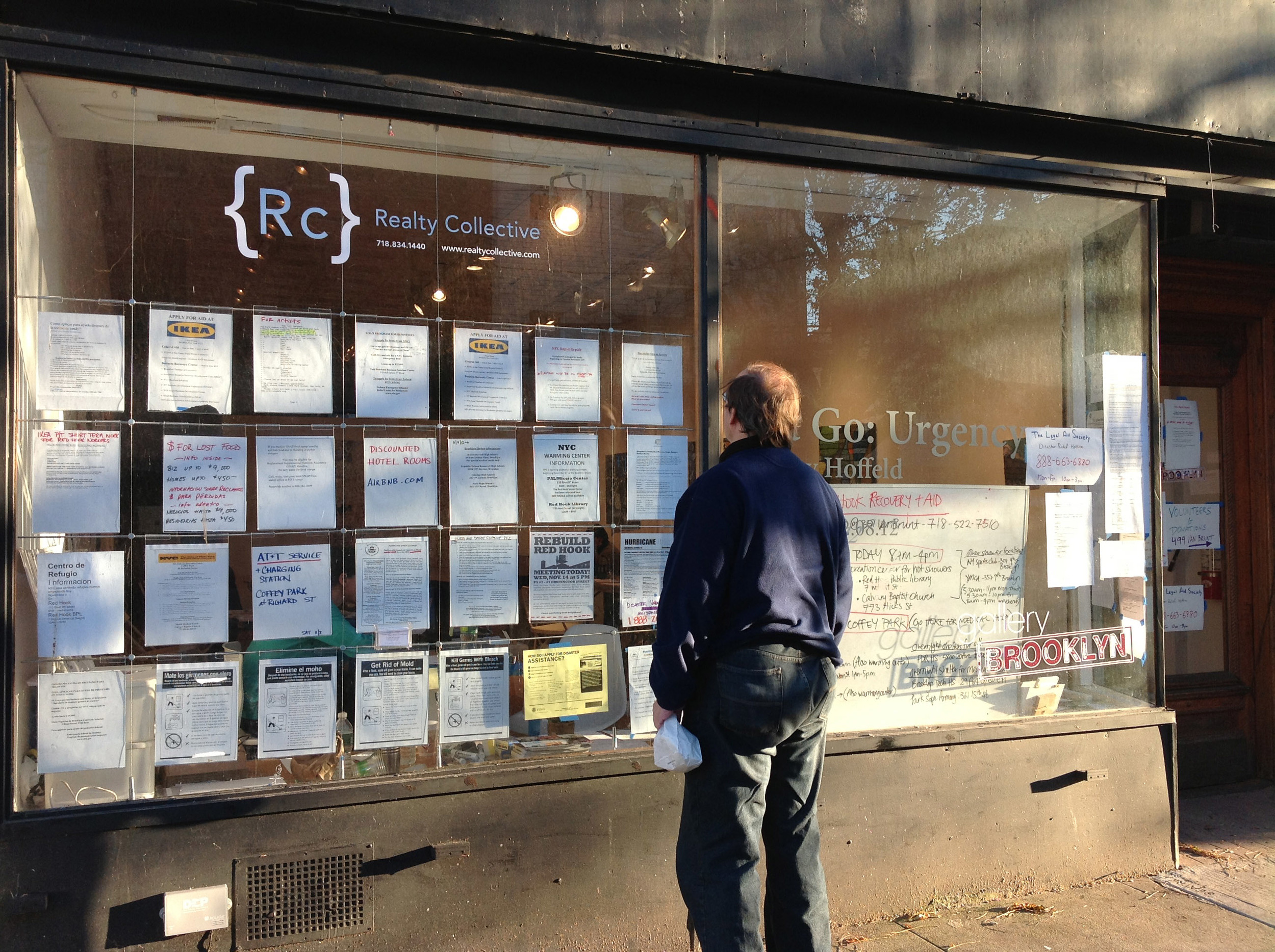Volunteers needed! Moving more vintage marine stuff! We need to wrap this up 11/17!
/Volunteers Needed for Weekend 2
Saturday 11/15/14 9am-5pm
Sunday 11/16/14 9am-5pm
Pier 9B, Red Hook Container Terminal, Brooklyn, 11231
Thursday and Friday, depending on crew availability
Free pizza in return!
Lunch and pizza at end of day is on us. We can eat in the galley by the vintage stove or head to a local pizzeria; the work crew will vote to decide.
Location, RSVP info
Enter port gate at Hamilton Avenue, Summit and Van Brunt Streets
Photo needed to enter. TWIC card holders especially appreciated!
RSVP by emailing portsidenewyork@gmail.com or calling 917-414-0565. If your tug is standing by and you're bored, you are welcome to tie up alongside and pitch in!
Progress so far
An INCREDIBLE amount of work has been done by POWERHOUSE volunteers, many of them who have taken time away from their own ship projects (be they not-for-profit or for profit vessels). There was great spirit and good humor while tons of steel were moved. Many thanks to you all!
Work done on Friday 11/7/14
Stevedore boss Sal came down the pier with other stevedores from the Pier 9B gang and hung another tire fender for us. Then, zip, zip, zip, with two forklifts they took all the stuff out of the shed that we thought we could move over the weekend. Thanks, guys!
Work done on Saturday 11/8/14
Saturday 11/8/14, we had a very experienced work crew: Matt Perricone, Paul Strubeck, Amy Bucciferro, Christine Van Lenten, Mike Abegg, David Sharps, Peter Rothenberg and me, Carolina Salguero. Shipcat Chiclet loves projects like this and kept a close eye on all human endeavors. She is no dumb bunny, so she stays away from anything raised on boom or hoist and prefers to watch rigging from the pier. Activities in the shed, such as crate inspection and lumber moving, attracted her focused attention.
What
What we were moving and saving with this big project is artifacts from several significant Red Hook maritime businesses which closed in 2005, marking the end of an era: Todd Shipyard, Cowhey Brothers, and RMC Canvas and Rope, along with some odds and ends from here and there.
The artifacts include an array of marine hardware that will be used to explain rigging (over a span of decades) via a collection of diverse blocks, shackles, and turnbuckles. There are parts from WWII Liberty Ships, rope fenders; foundry molds, crates and crane plaques from the bridge cranes at Todd; a scale and line measuring device from Cowhey's, and more. Also, being moved are our event supplies (outdoor tables and chairs, signs, and sundry whatevers we use now and again such as Frank Hanavan's great costume version of the schooner PIONEER.)
Some large items of great importance to us include replacement parts of the engine on the MARY A. WHALEN, visible in the photo at right.
Paul Strubeck pulling out some pistons while Mike Abegg wears part of our Operation Christmas Cheer paraphinalia.
The marine business is so competitive that when the MARY A. WHALEN went out of service in 1994 due to a scored crankshaft, Eklof took the pistons, heads and rods out of the engine so that her buyers, Hughes Marine and Reinauer Transportation, dba Erie Basin Associates, could not repair the tanker and put her in competitive service. Just in case, Ekloff made them sign a covenant saying "we will not use the MARY A. WHALEN for fuel delivery service." She became their floating office, and a floating dock.
In 2008, PortSide NewYork bought spare engine parts from another Bushey tanker that had made its way to Seattle and was being scrapped there. Those parts were, unfortunately, in the shed when hurricane Sandy hit and now need some restoration work.
On Sunday, we were heartened when Nobby Peers, an engineer specializing in restoration work, told us the pistons looked really great! A few weeks after Sandy, we had pulled all the engine parts apart, and wiped everything down very liberally with WD40, four gallons of it!
The early birds, David Sharps, Christine Van Lenten and I moved things out of the forward engine room.
Paul Strubeck and Mike Abegg led the rigging and decided to not lift things aboard via whole pallet loads. Instead, they swung stuff over in smaller units, and got the big items out of the shed with a pallet jack. Peter Rothenberg preferred the hand truck. Amy Bucciferro assisted in moving things on the pier and on deck.
Matt Perricone's Saturday job was cutting the segment out of the deck (which will be converted into a hatch) so that we could load into one of the cargo tanks, which kept him busy a good part of the day. All tanks were vented and inspected before the job!
We threw a diverse set of tools at the job: chain falls, the ship boom, dollies, a hand truck, a pallet jack, an engine hoist, muscle and ingenuity and quite a few jokes.
By end of day, we had the overwhelming majority of things on deck, including the big items, the replacement heads and pistons for the engine in the MARY A. WHALEN.
Work done on Sunday 11/9/14
Sunday, we had another extraordinary crew with Nobby Peers, Dan Goncharoff, David Sharps putting in a second day, Frank Hanavan, Jenny Kane who called her rigger friend Pete Betulia who joined us in the afternoon, Peter Rothenberg, and me, Carolina Salguero. Walter Dufresne and Mike Weiss were willing but the flu felled Walter and an truck break down kept Mike away.
Dan Goncharoff and Peter Rothenberg started out in the shed, trying to get the ends of the con rods and the bearings unbolted from the crankshaft in the lower engine block that was bought as a way to get another crank shaft (which sadly turned out to be damaged too). The nuts were seized, so Peter and Dan joined the work crew outside.
Frank Hanavan, David Sharps and Jenny Kane, and later joined by Peter Rothenberg, took on the task of laying down a plank floor inside the cargo tank. They developed their own intense cargo tank work crew. David and Peter where in the tank for a long while, and then David and Jenny became the chop saw team, with Frank the rigger running block and tackle and lowering things down most of the time.
The cargo tanks are really impressive spaces.
Nobby worked mostly alone for hours, with an occasional hand by me, until Jenny's friend Pete arrived. Nobby's mission was to get the heads and pistons into the engine room. He drilled a few holes in overhead flat bar beams in the entry companionway and in the fidley to hang two chainfalls and a come-along, and then hopscotched the heads in and down onto the engine one by one. The heads (from a 1951 engine) are slightly different from the original ones that would have been on the MARY, a 1938 engine.
Once Nobby was joined by Pete Betulia, the pace on the cylinder moving picked up; and sometime after dark, they started moving pistons in. Three of those made it to the engine room where Peter Rothenberg strapped them down on top of chocks he had cut at our on-deck chopsaw station. The last workers left around 10pm.
And then, just as I prayed would happen a few days ago, a tugboat friend arrived and tied up alongside, and I was able to get a hot shower. The plumbing on the MARY A. WHALEN is not yet restored.

